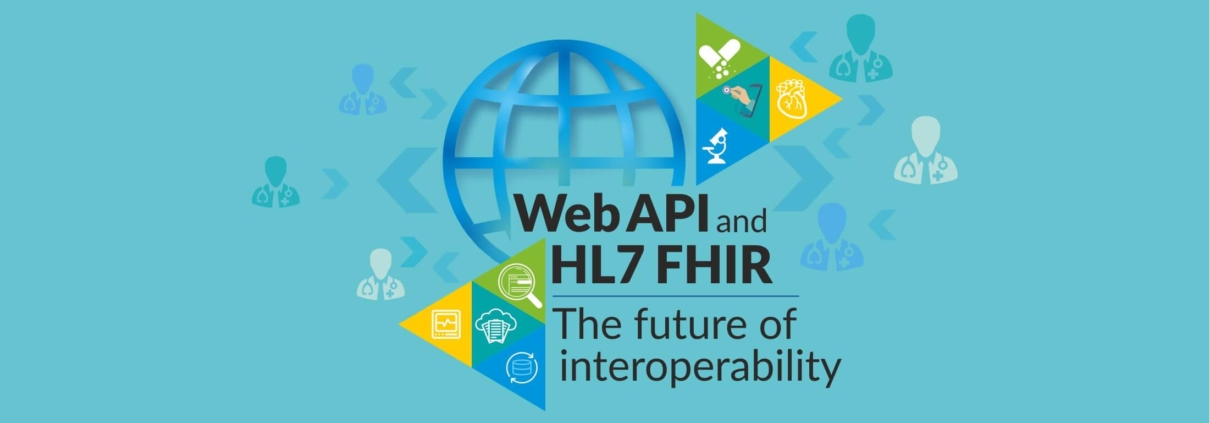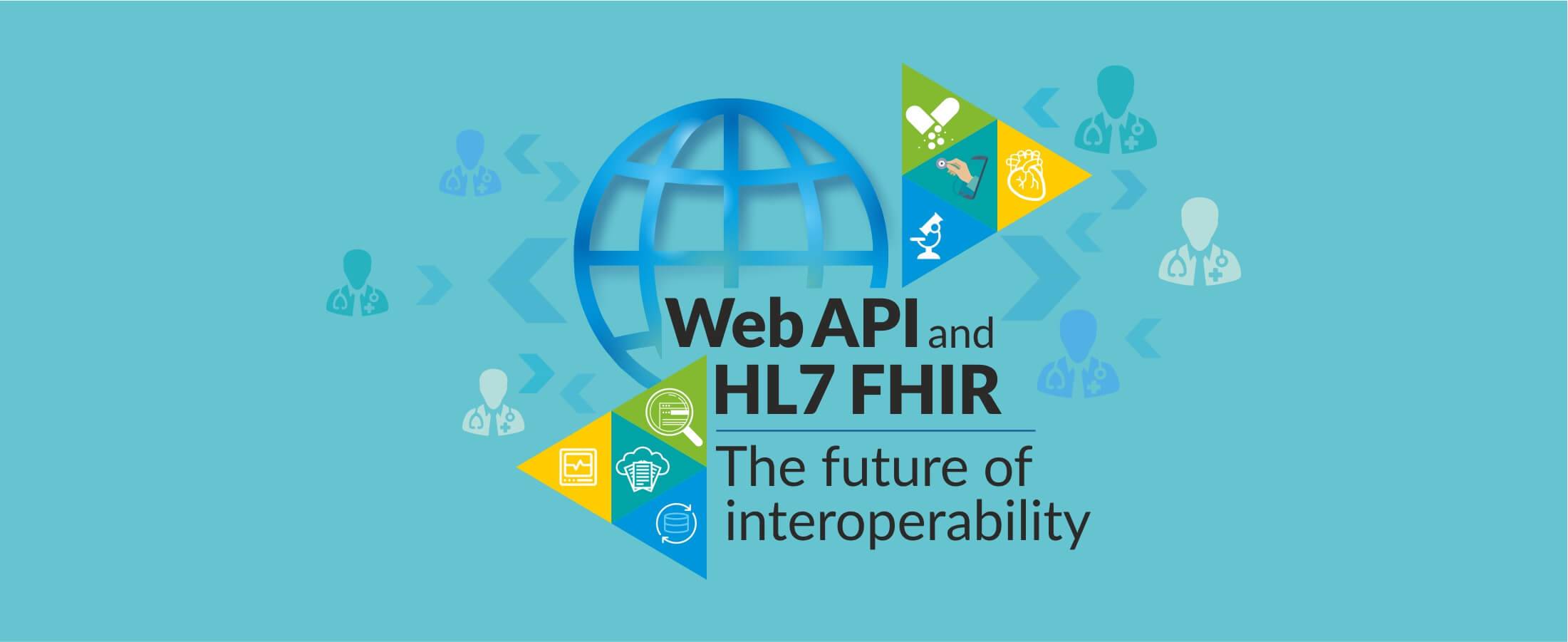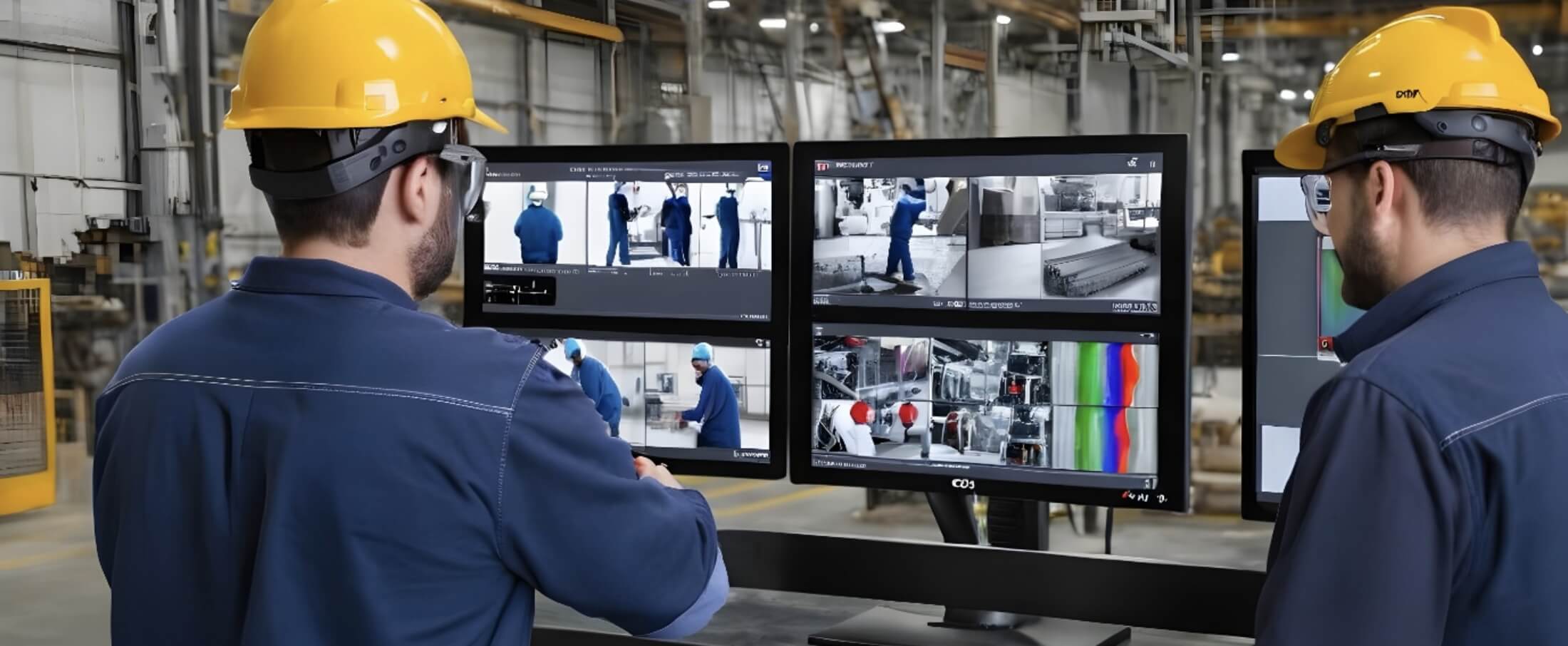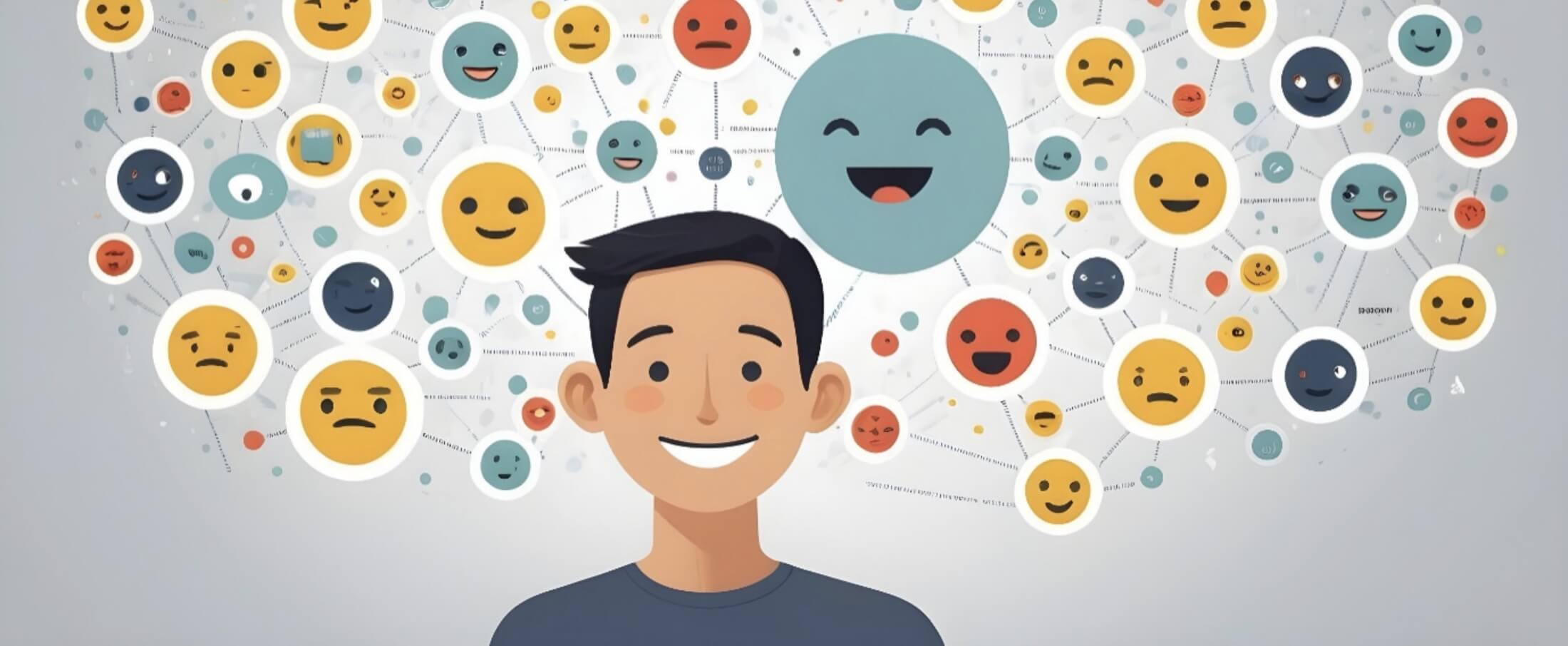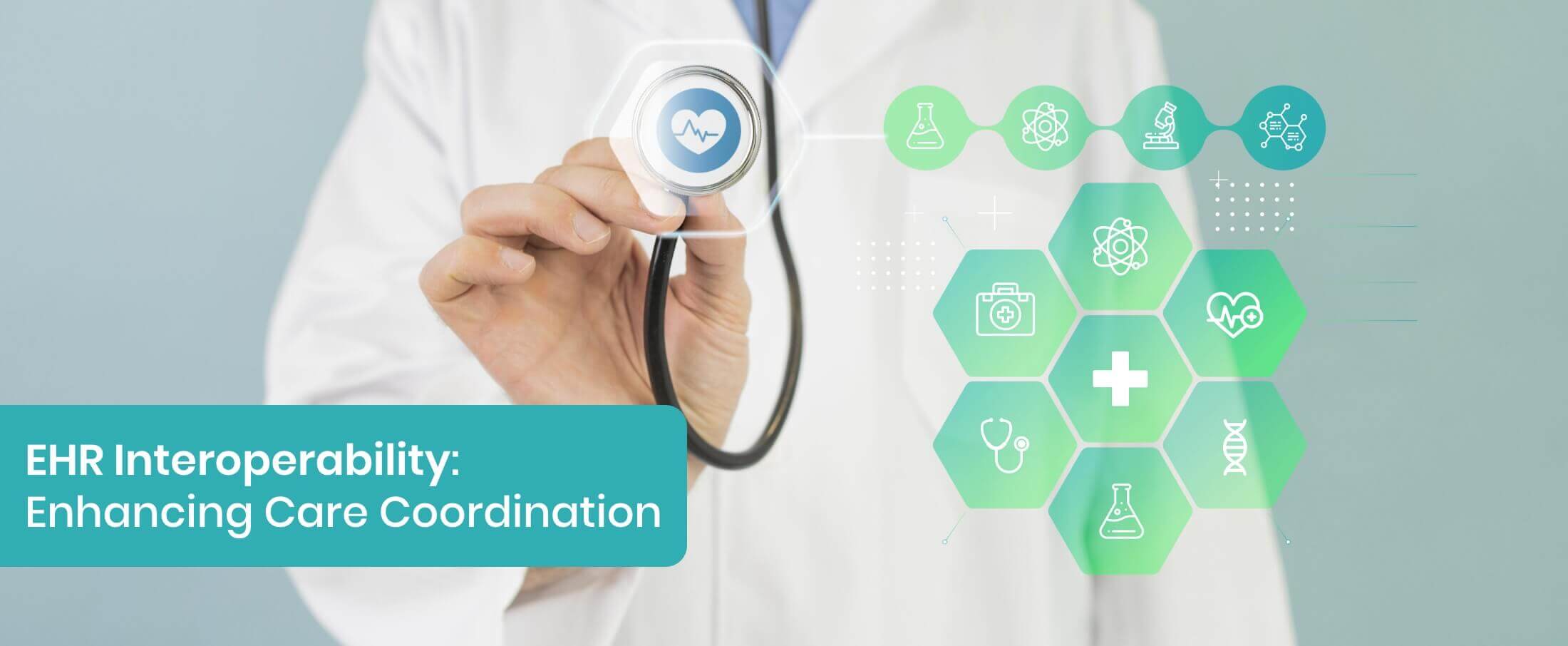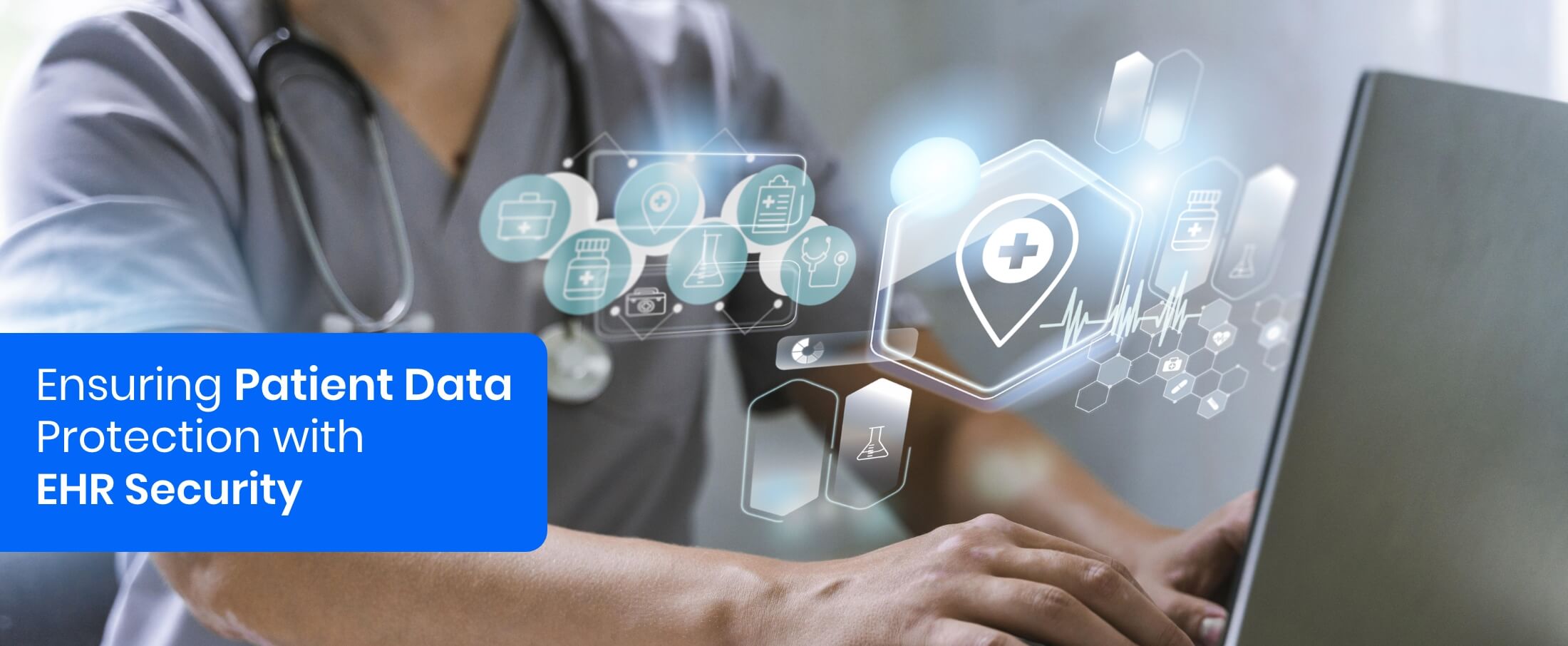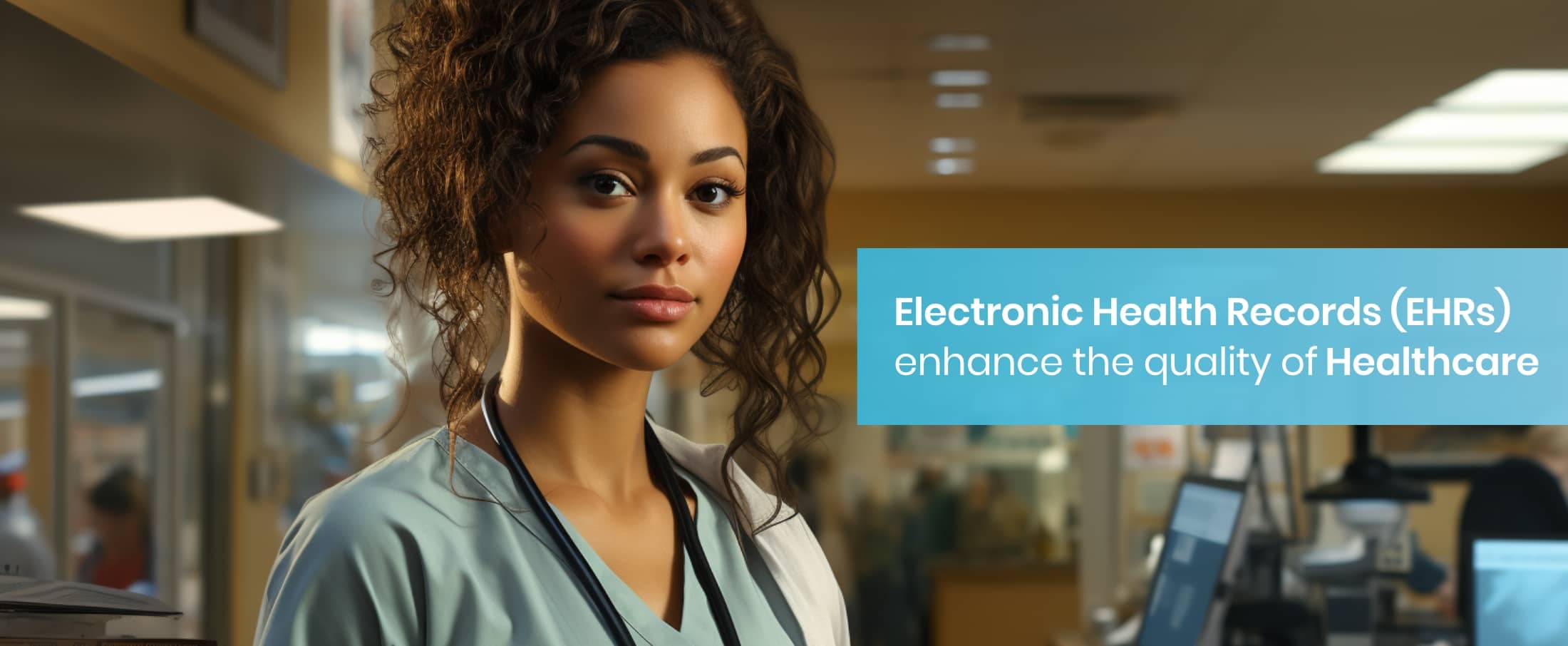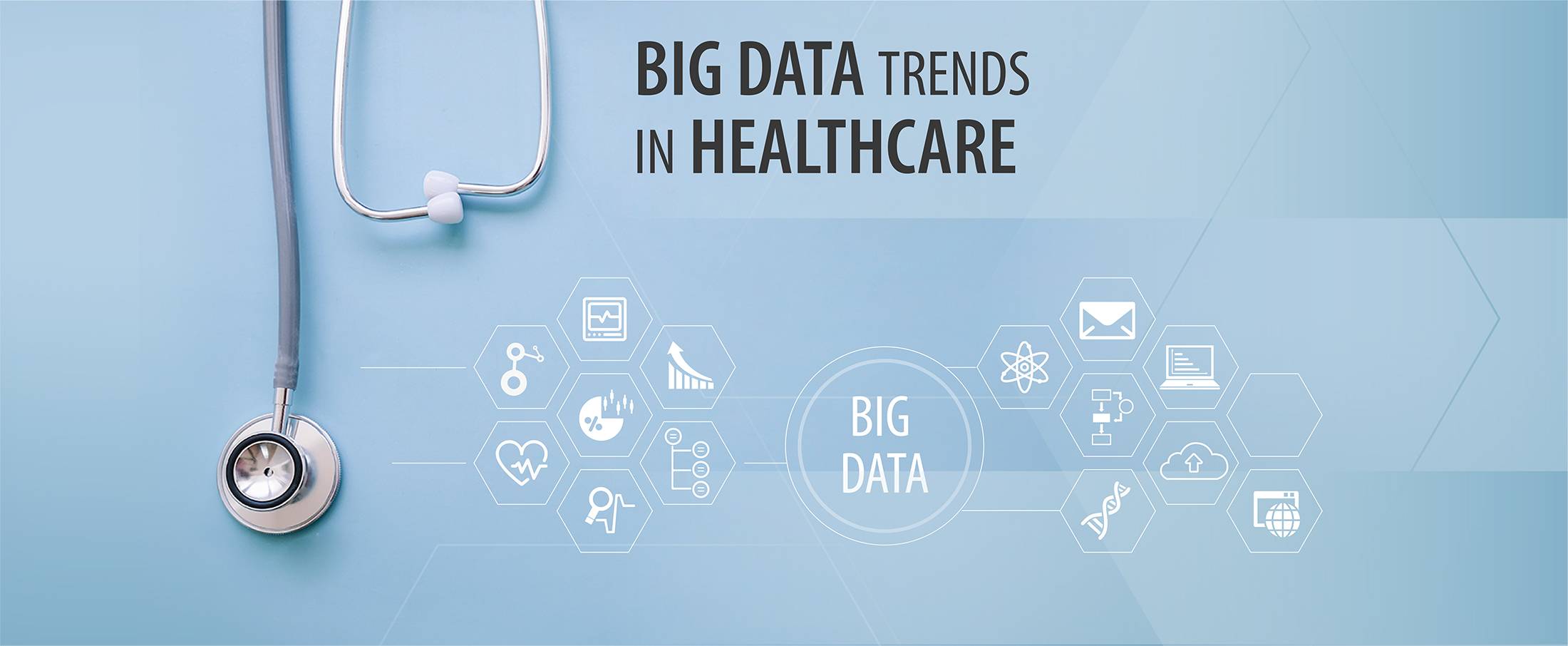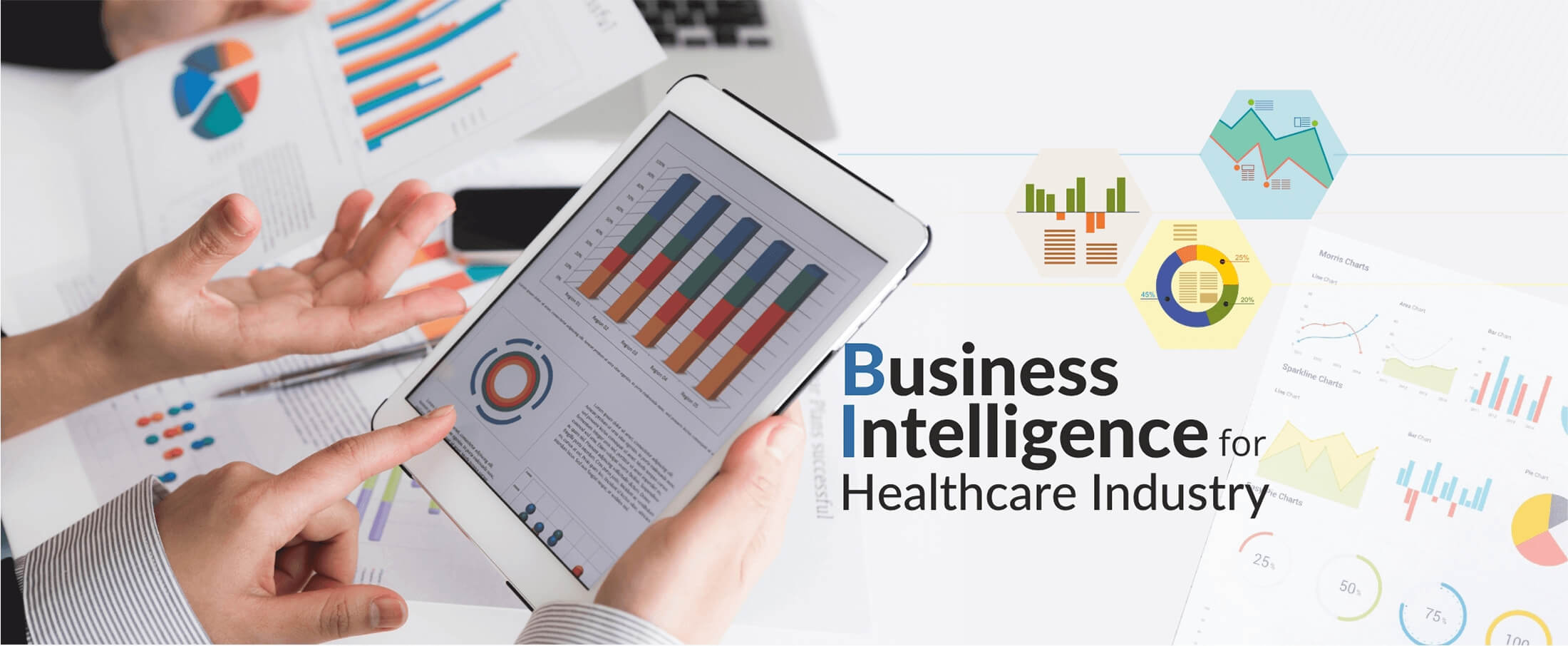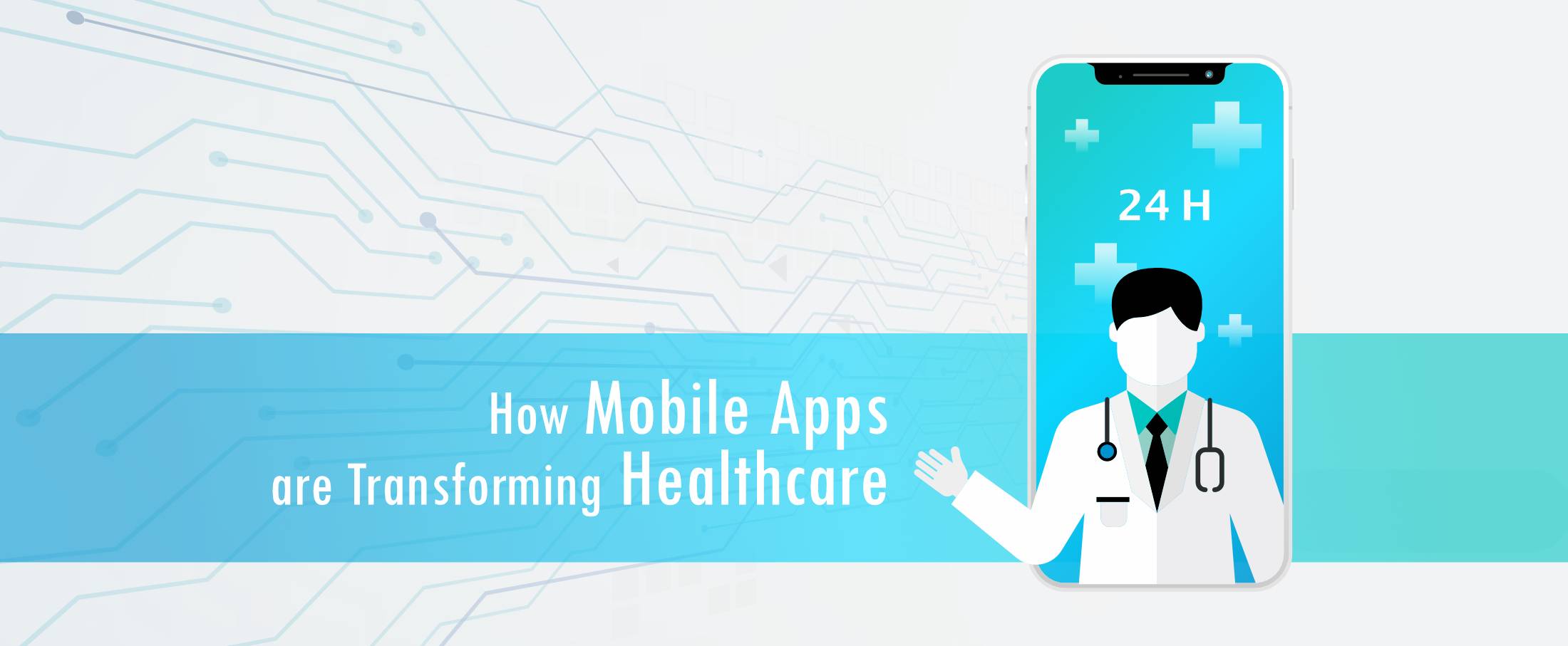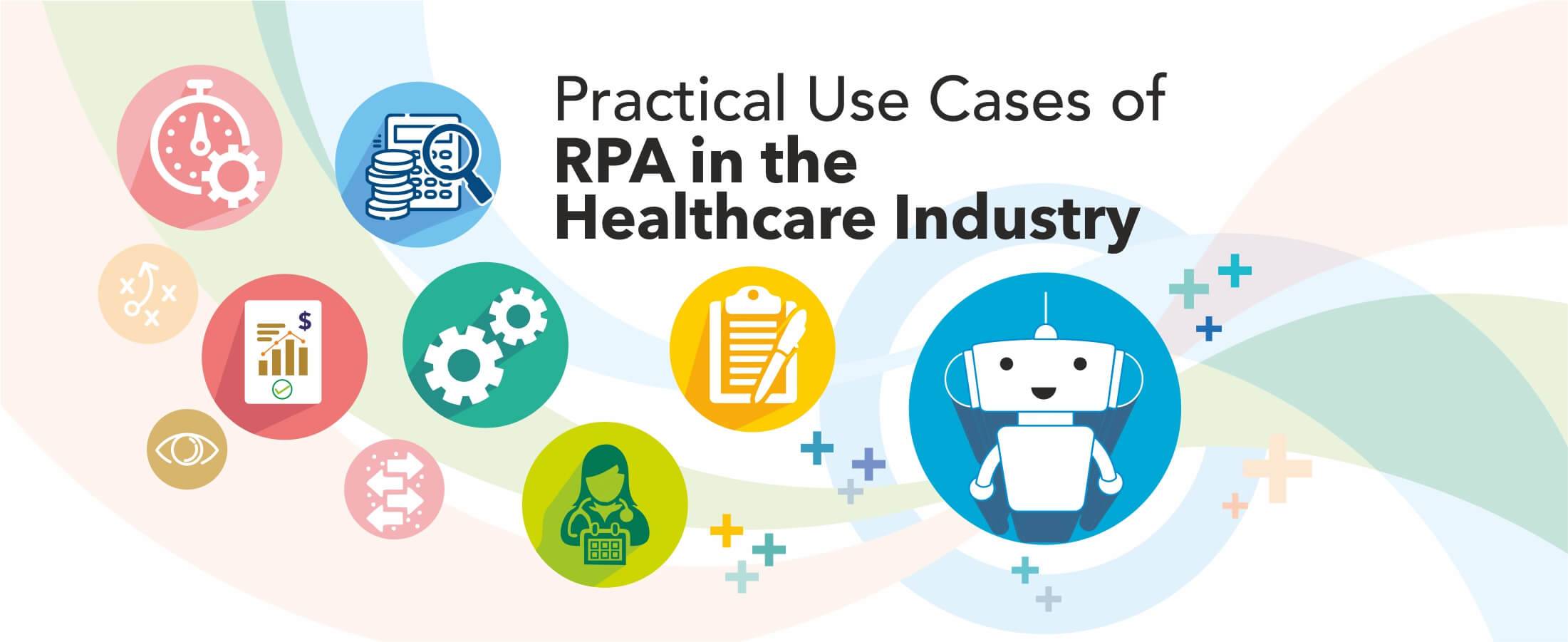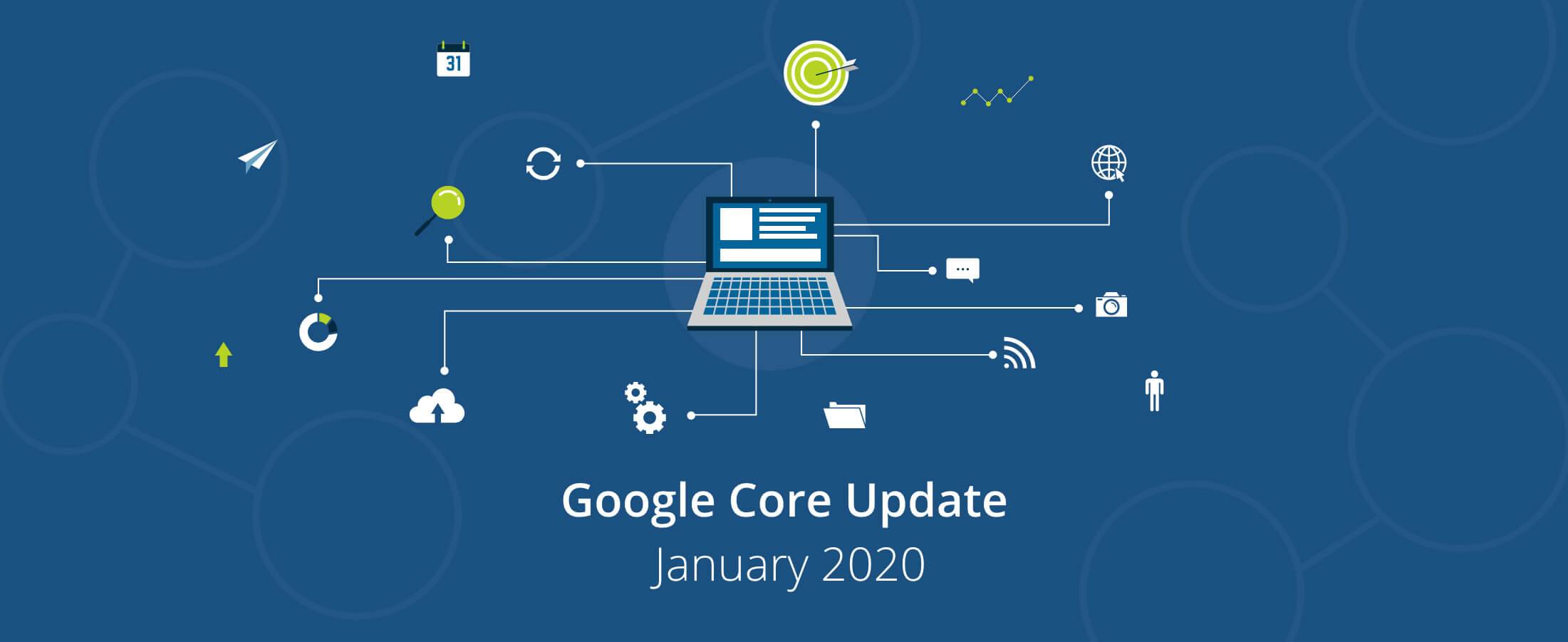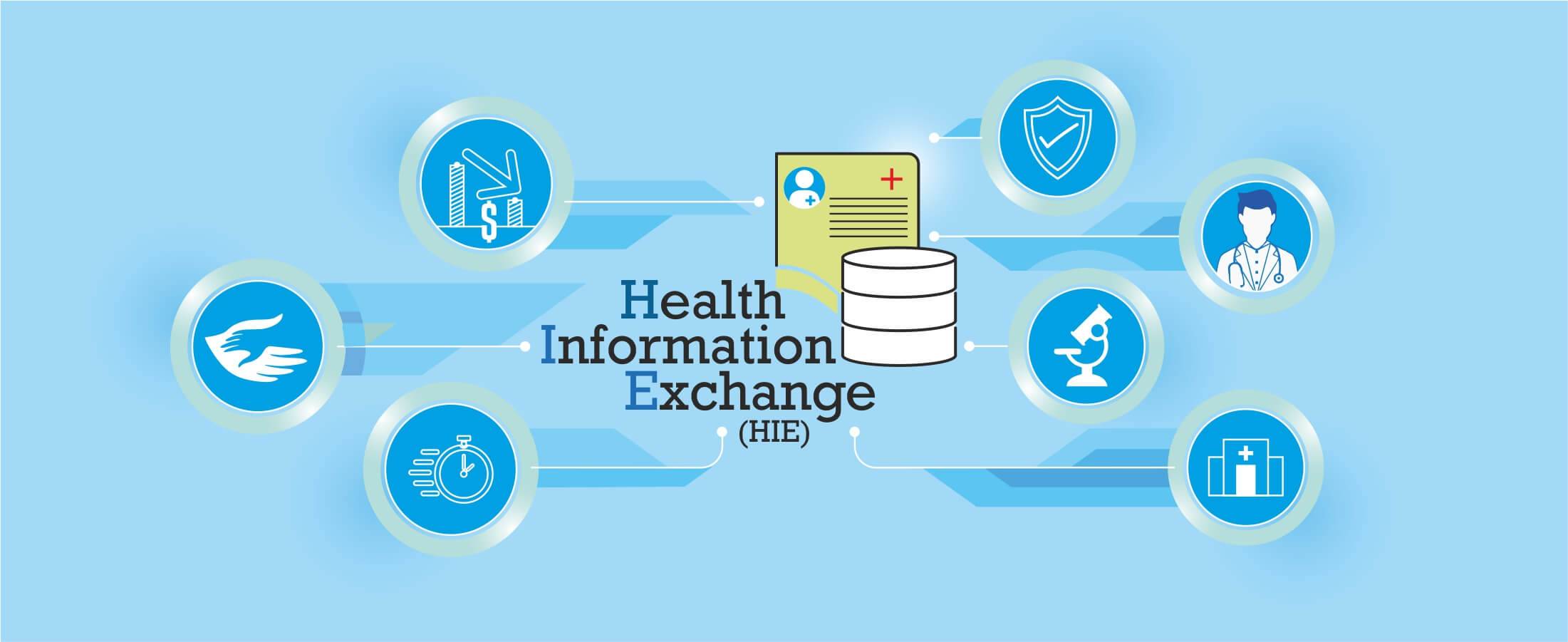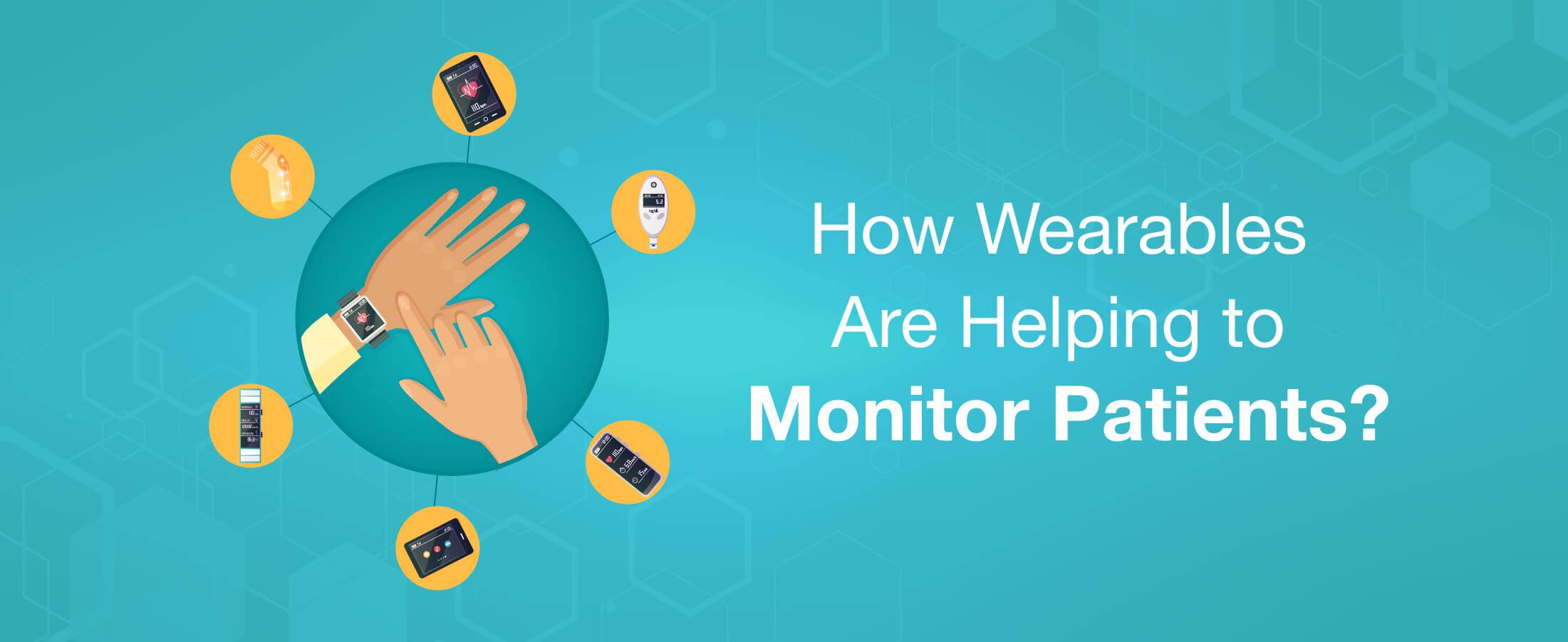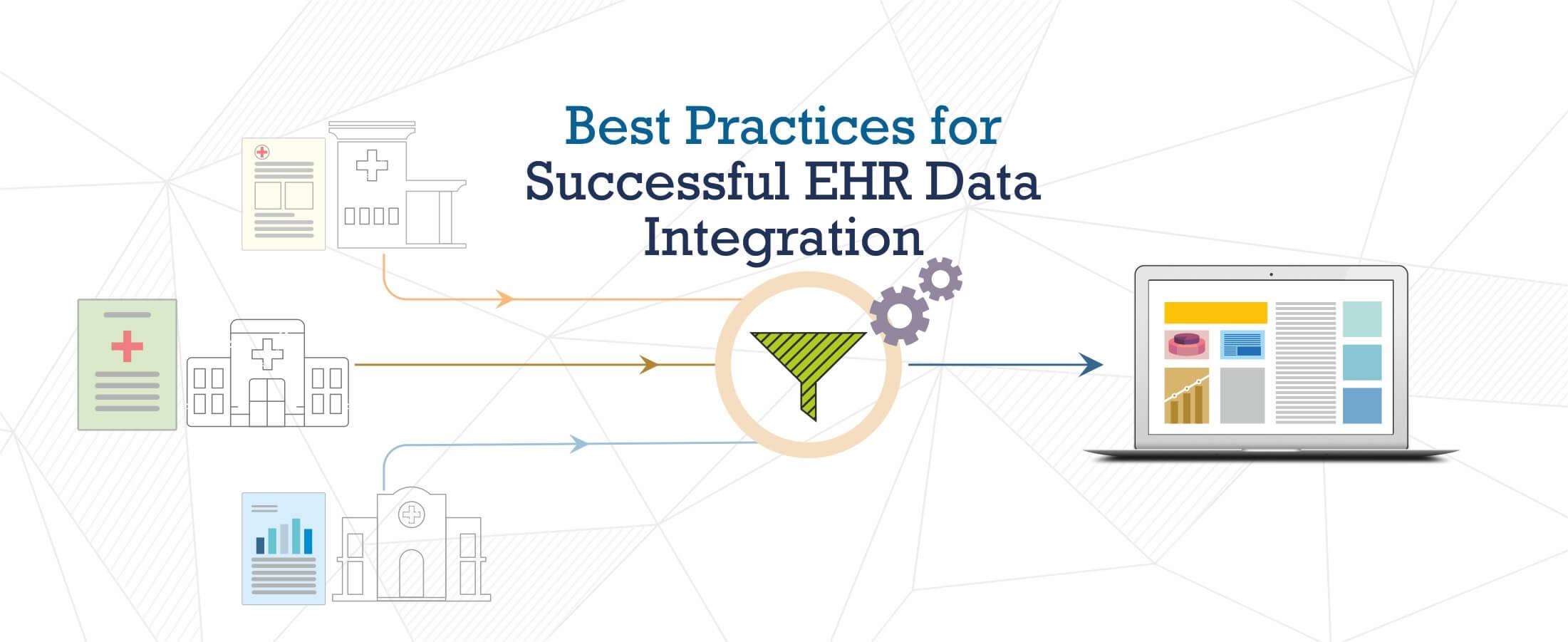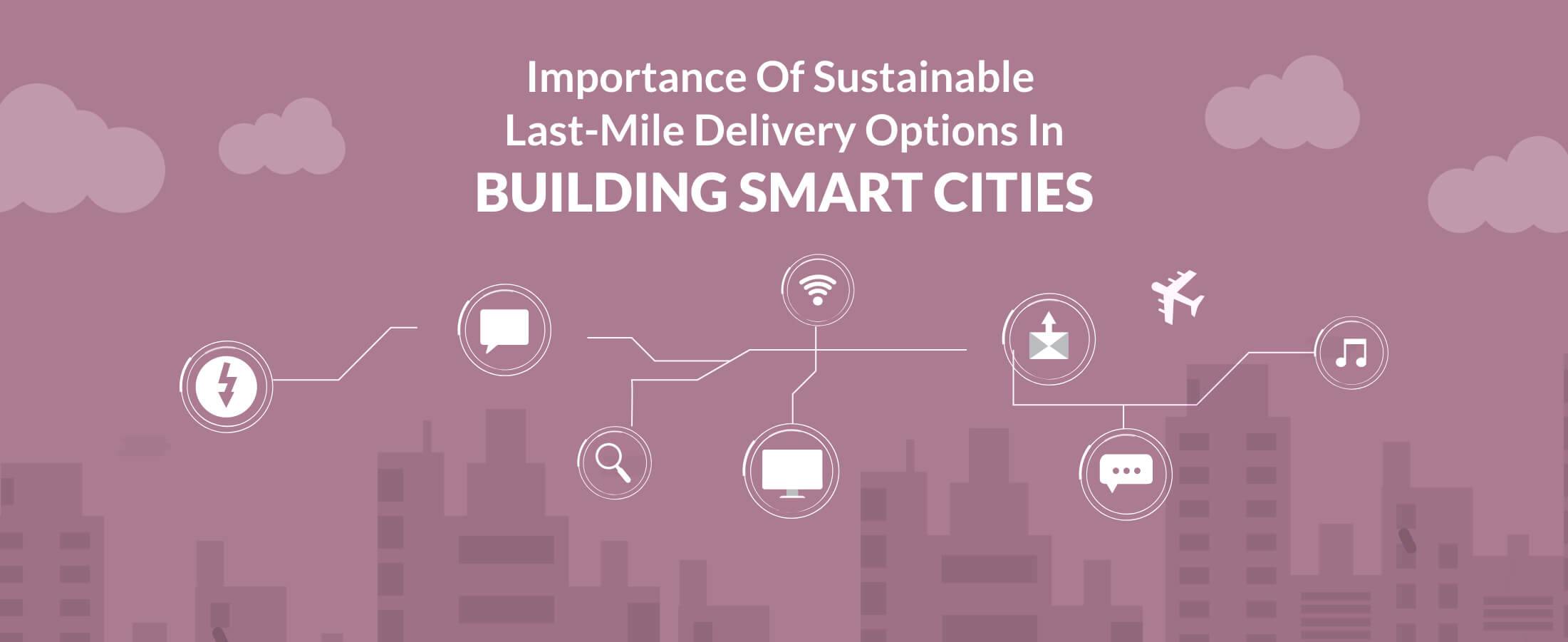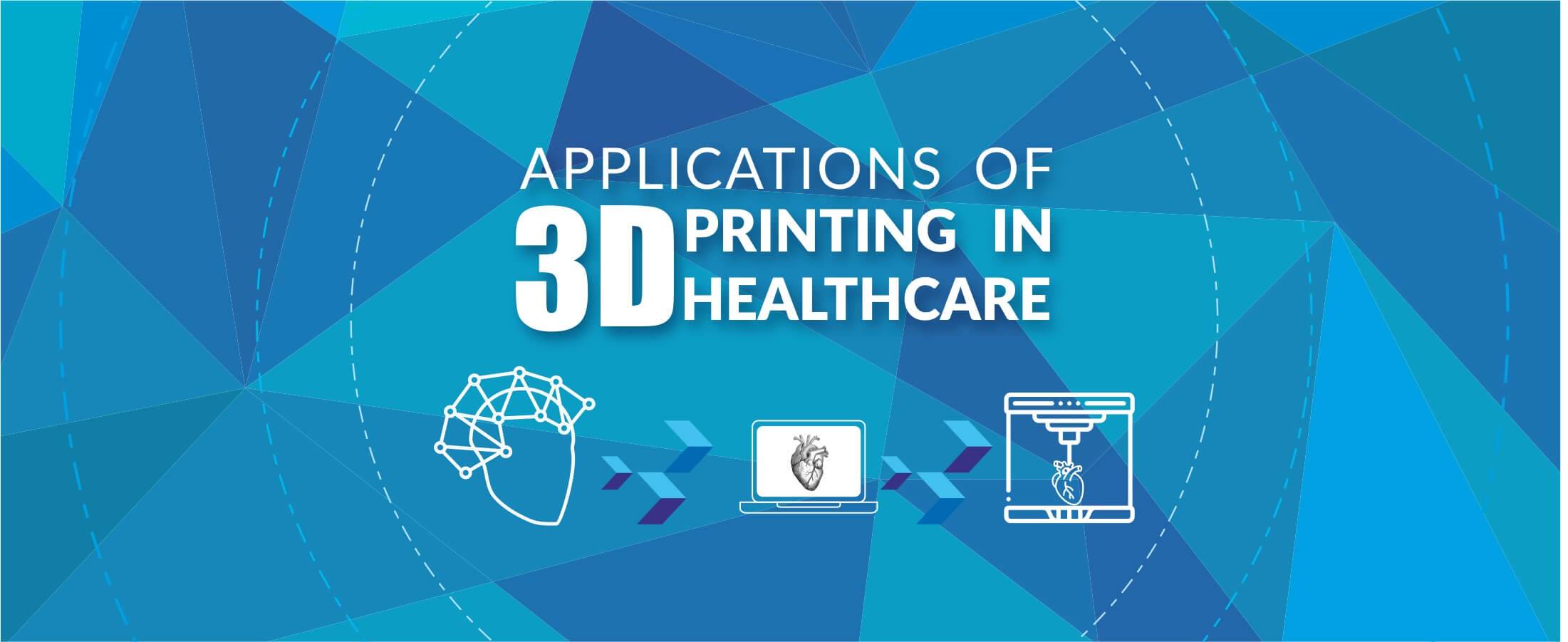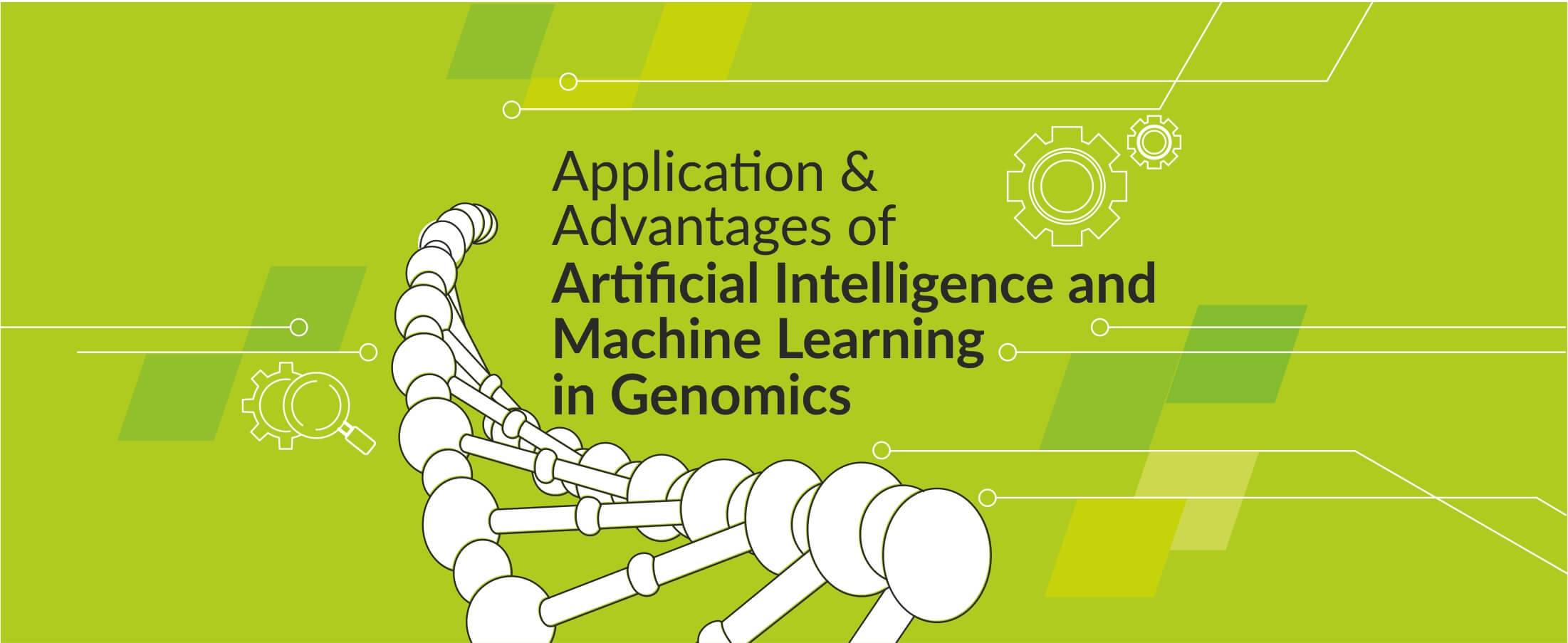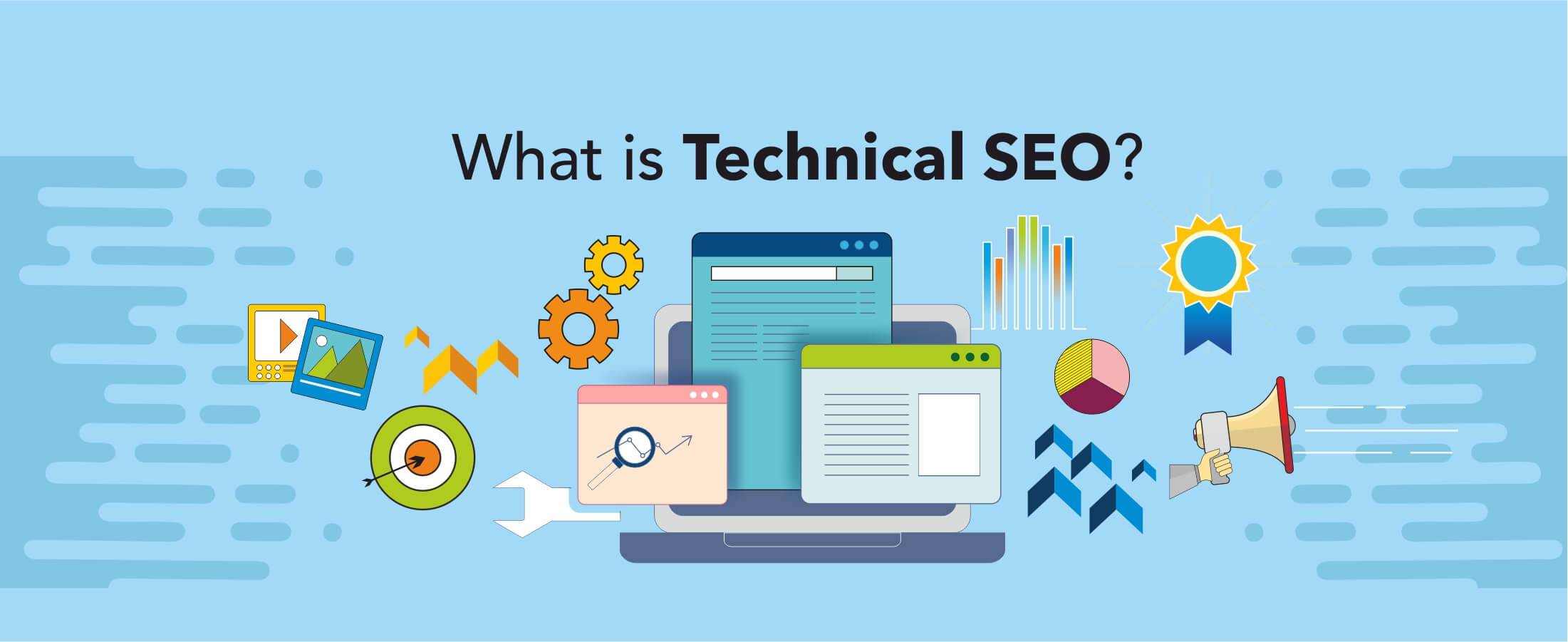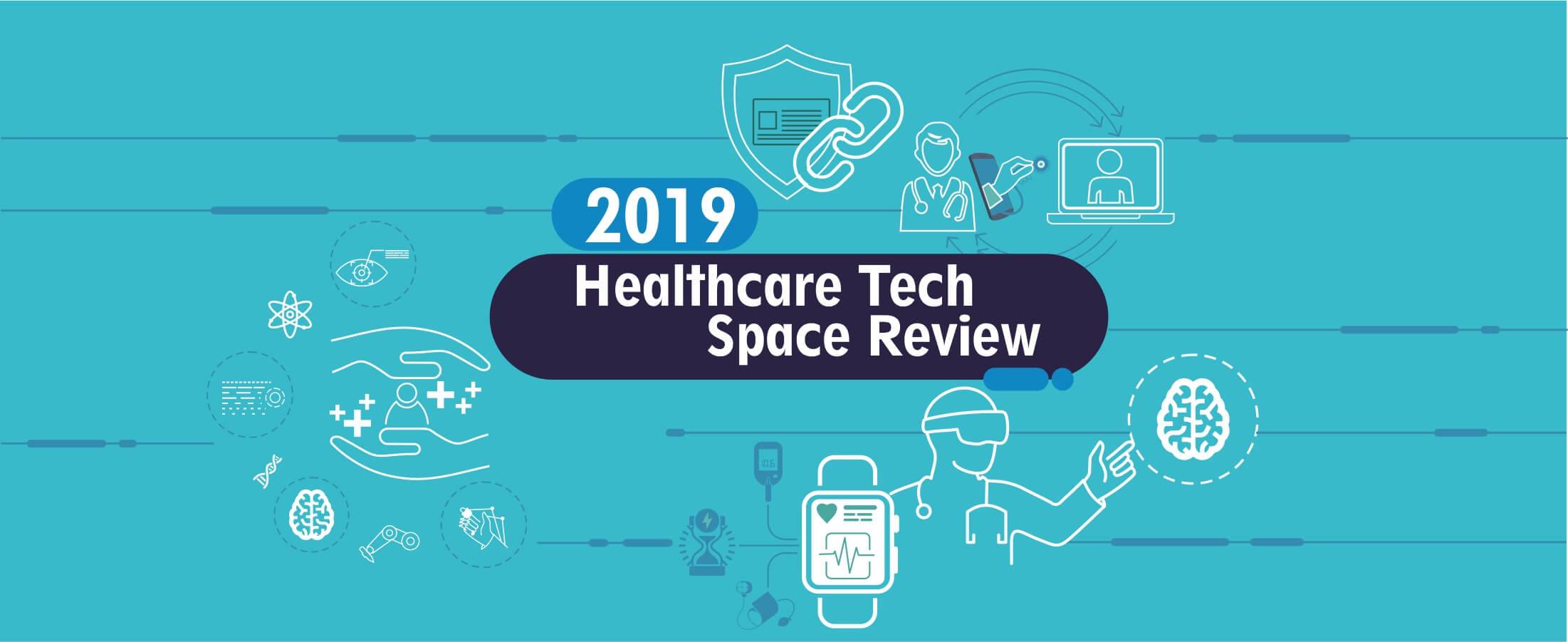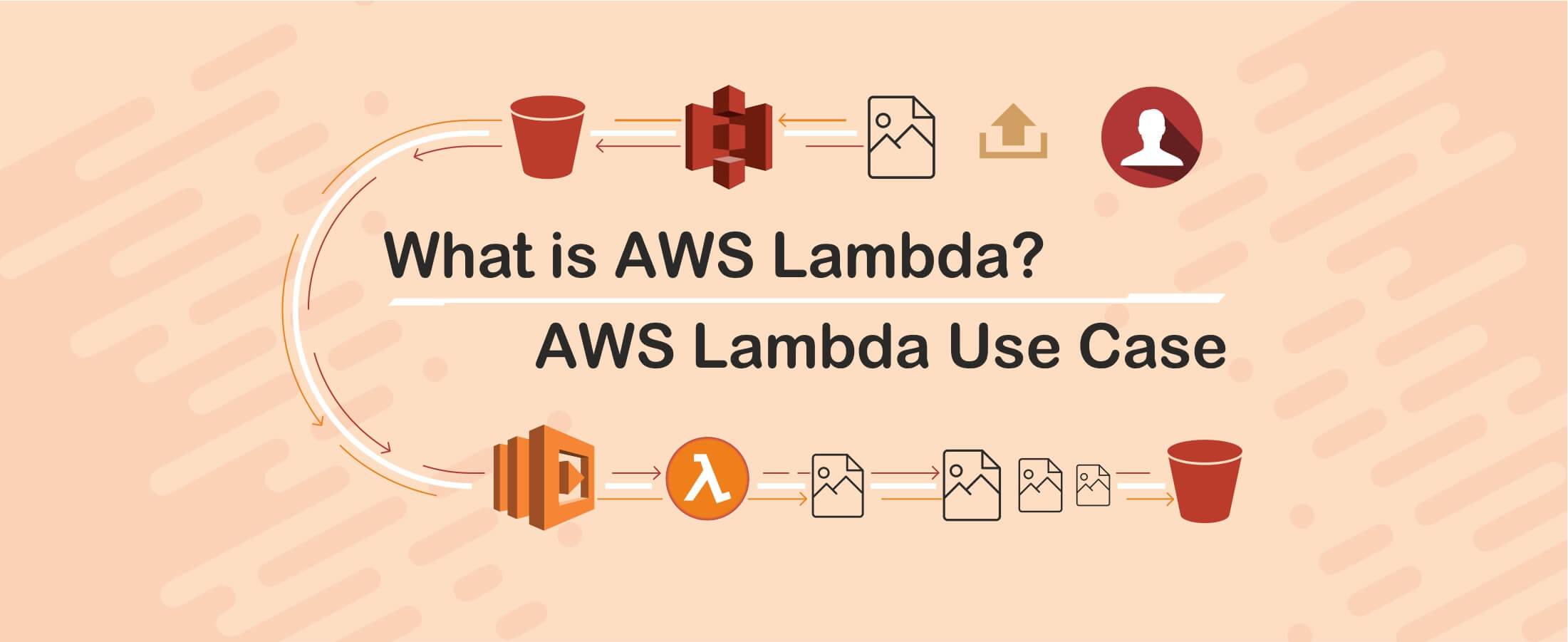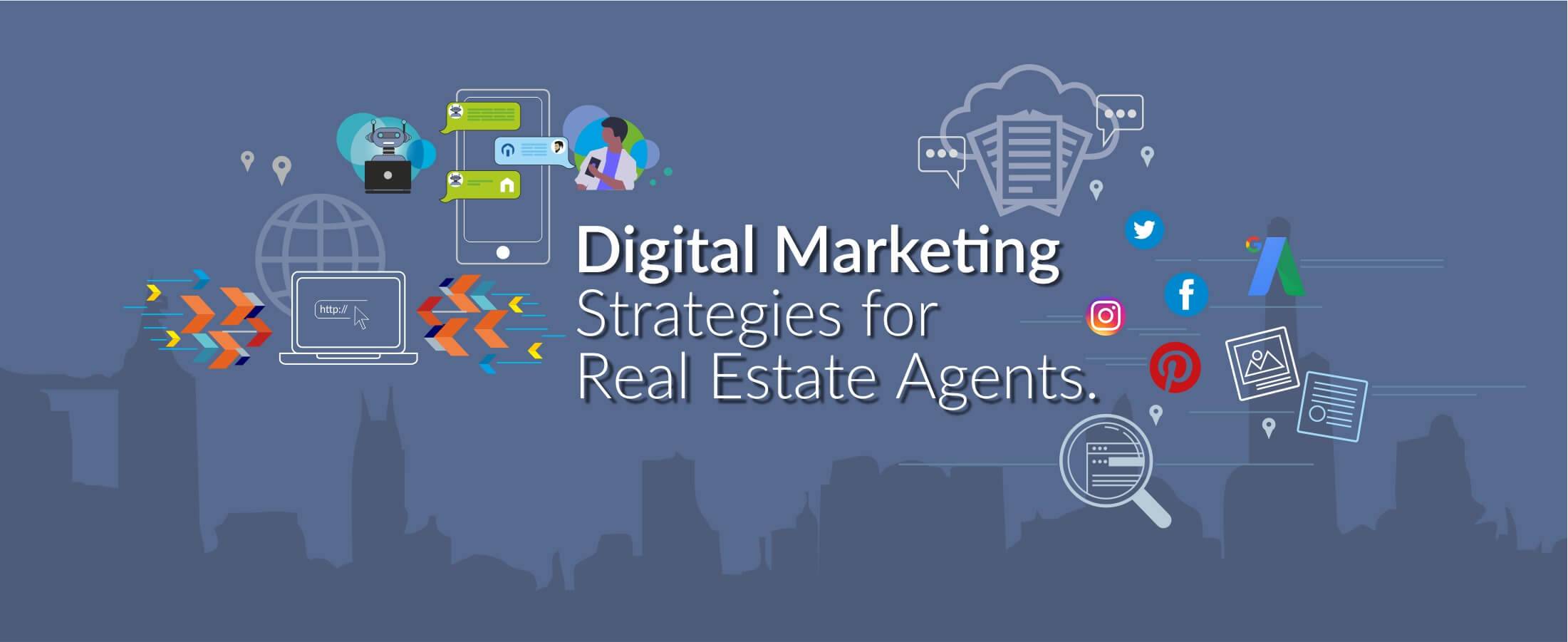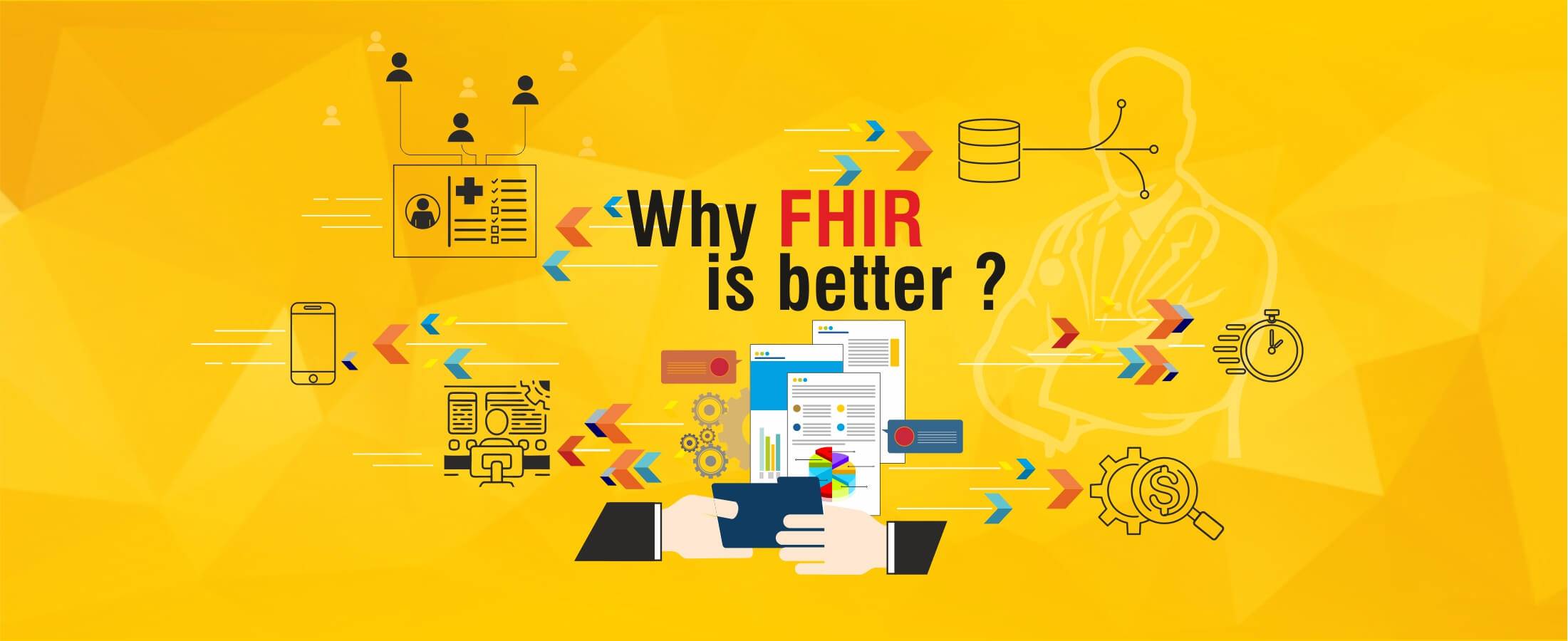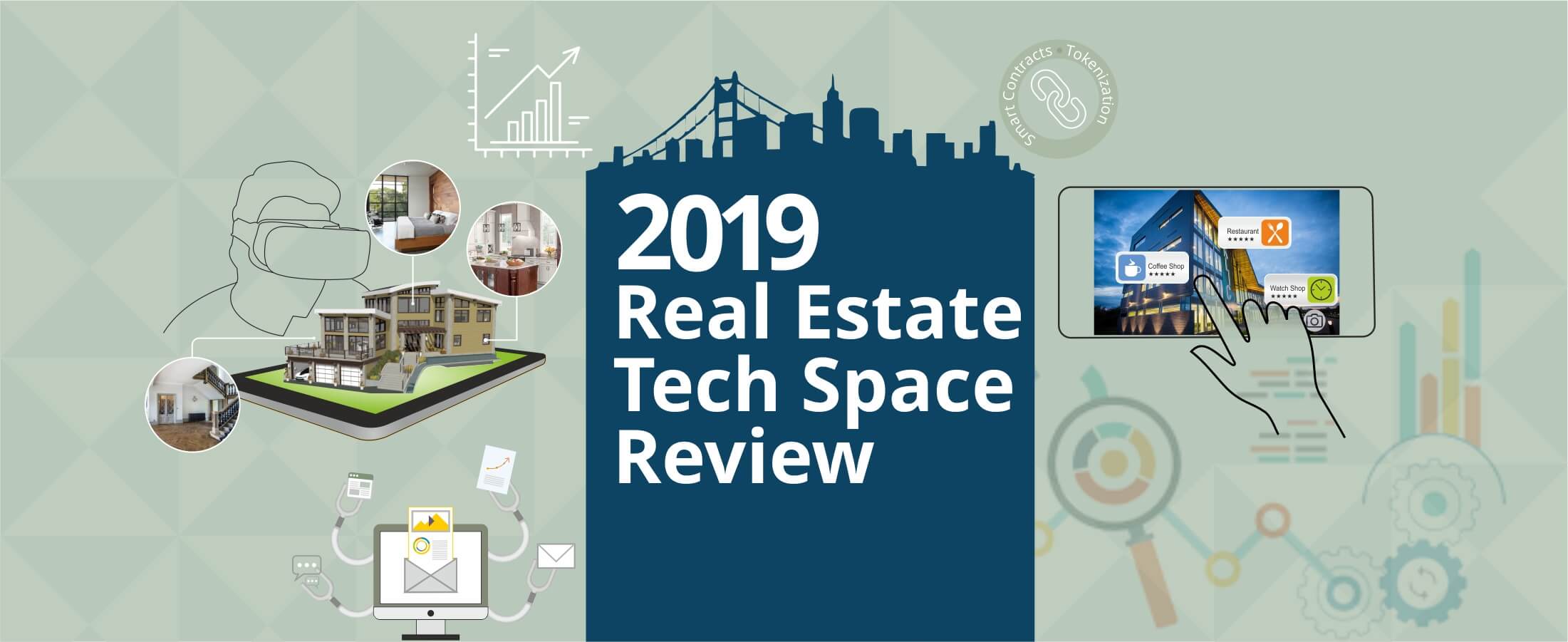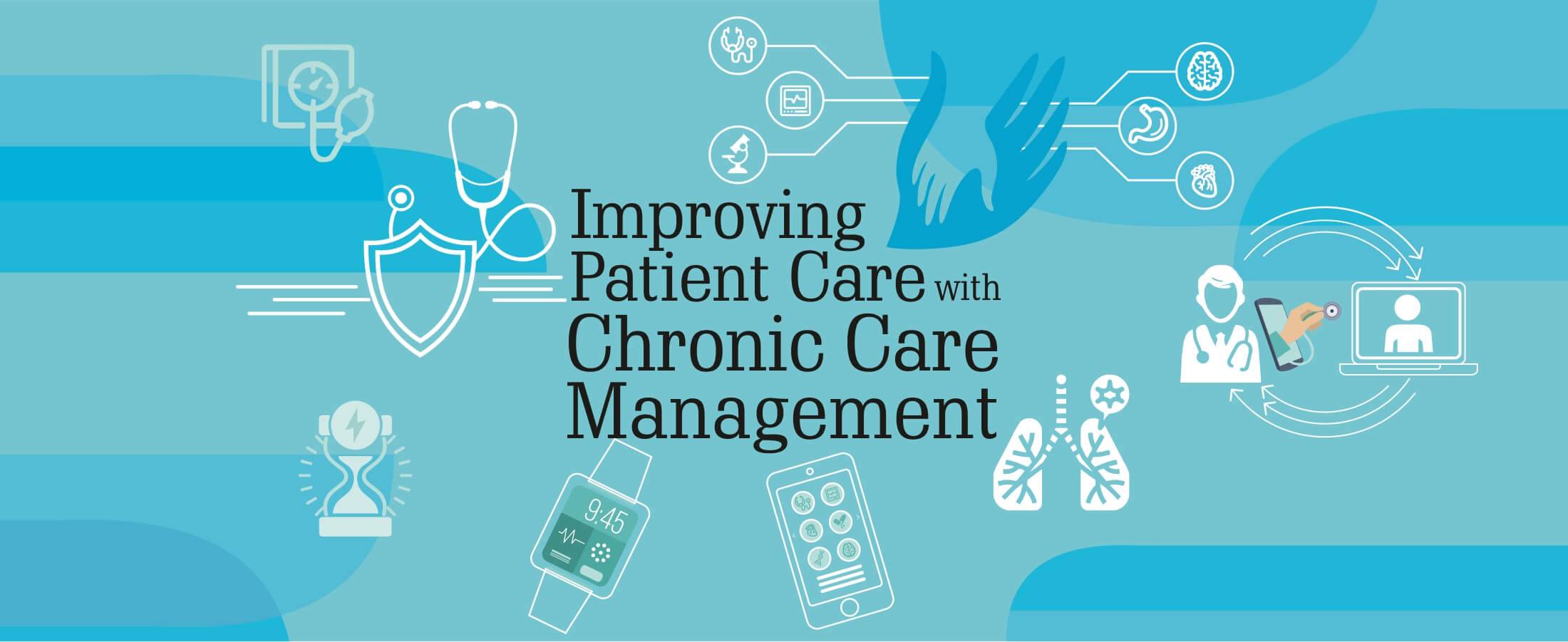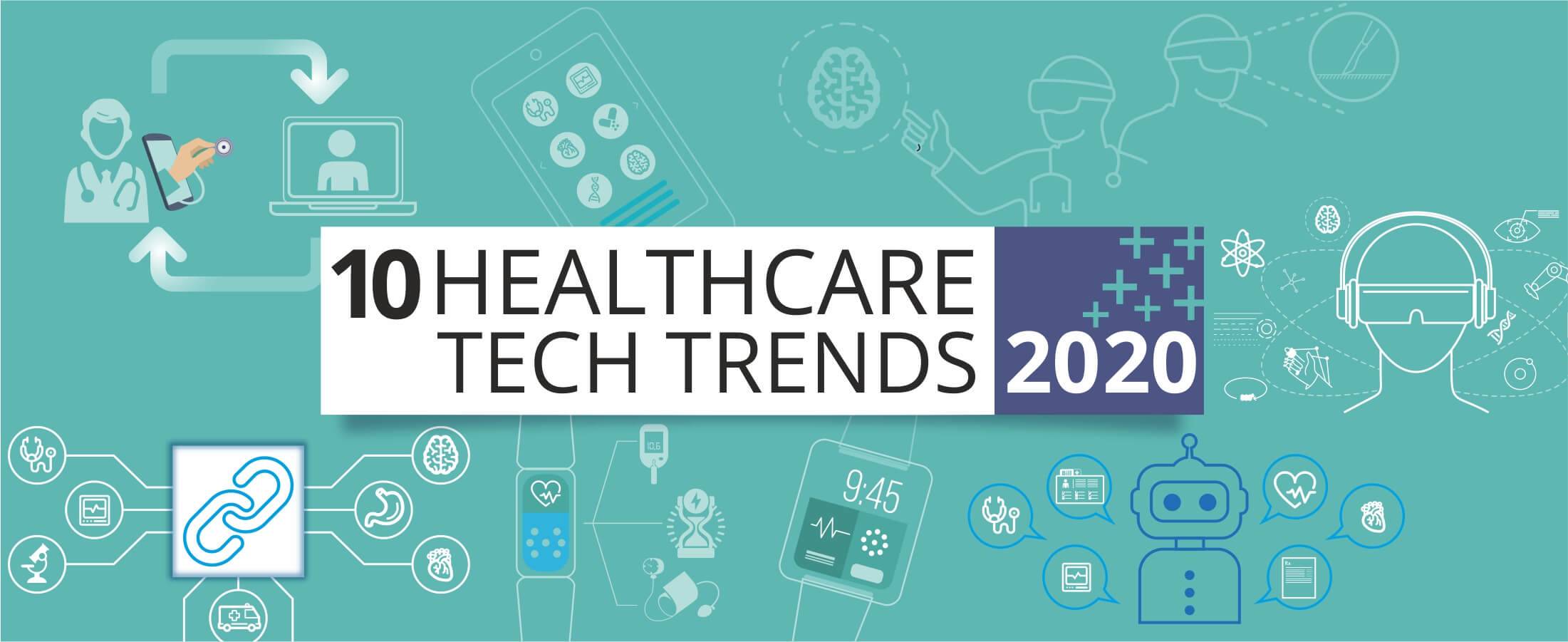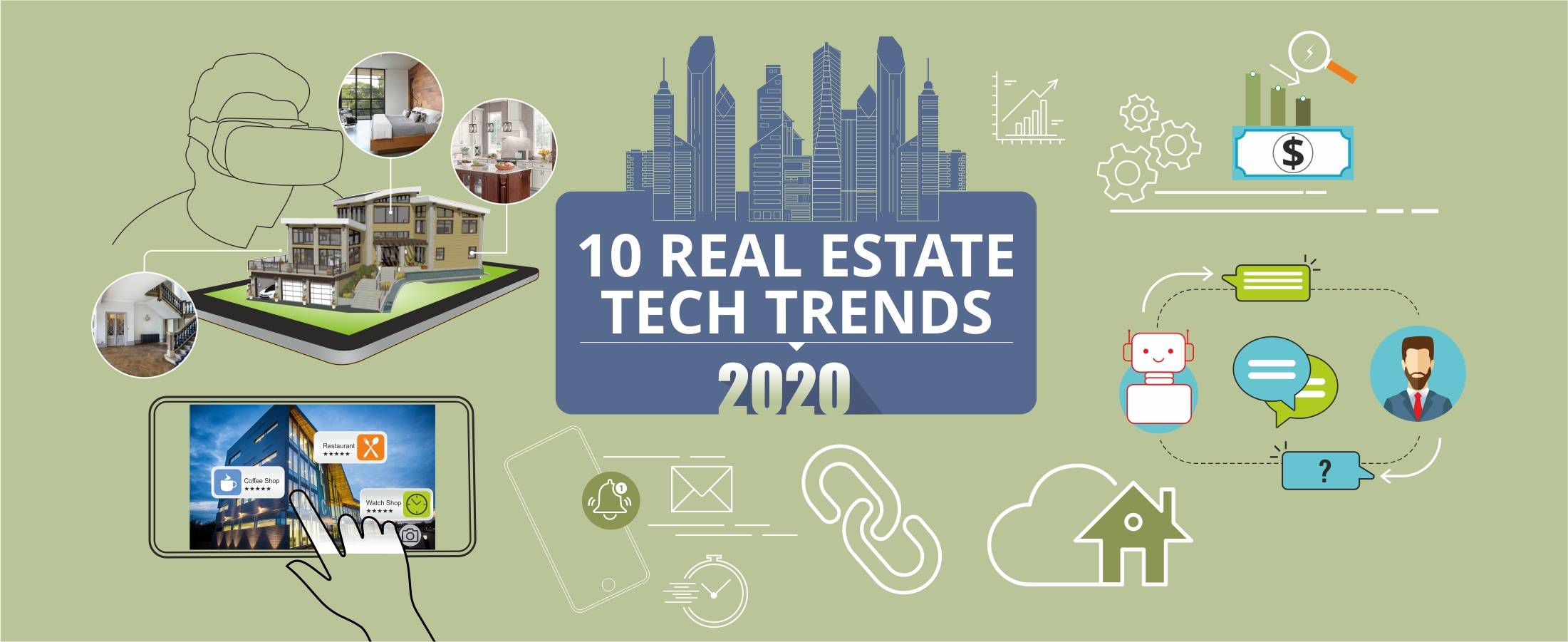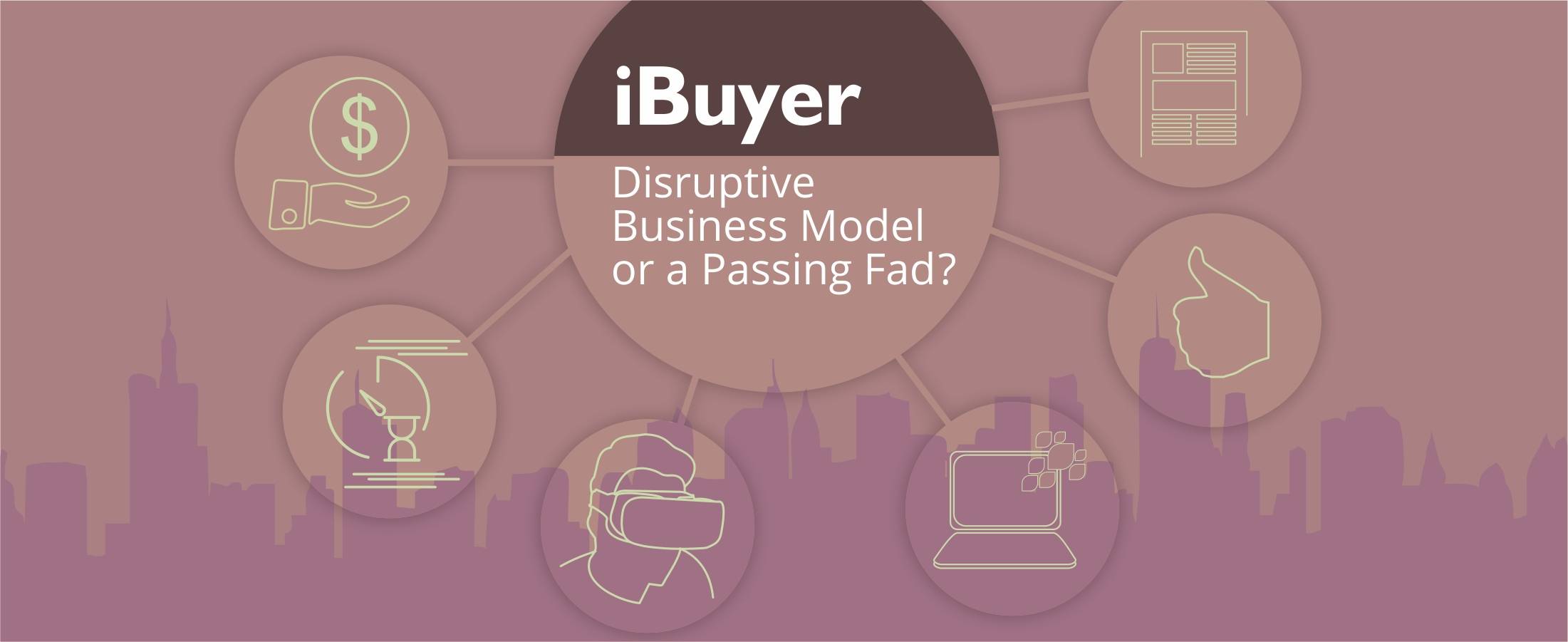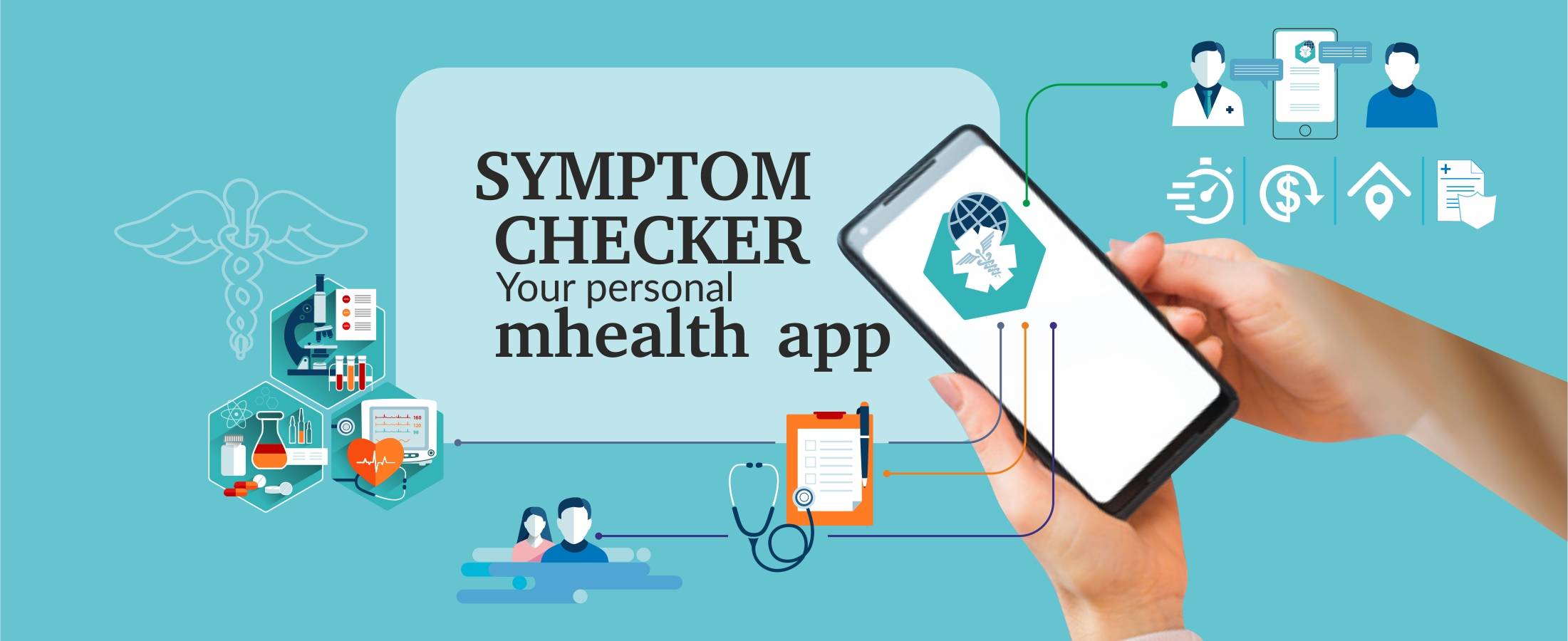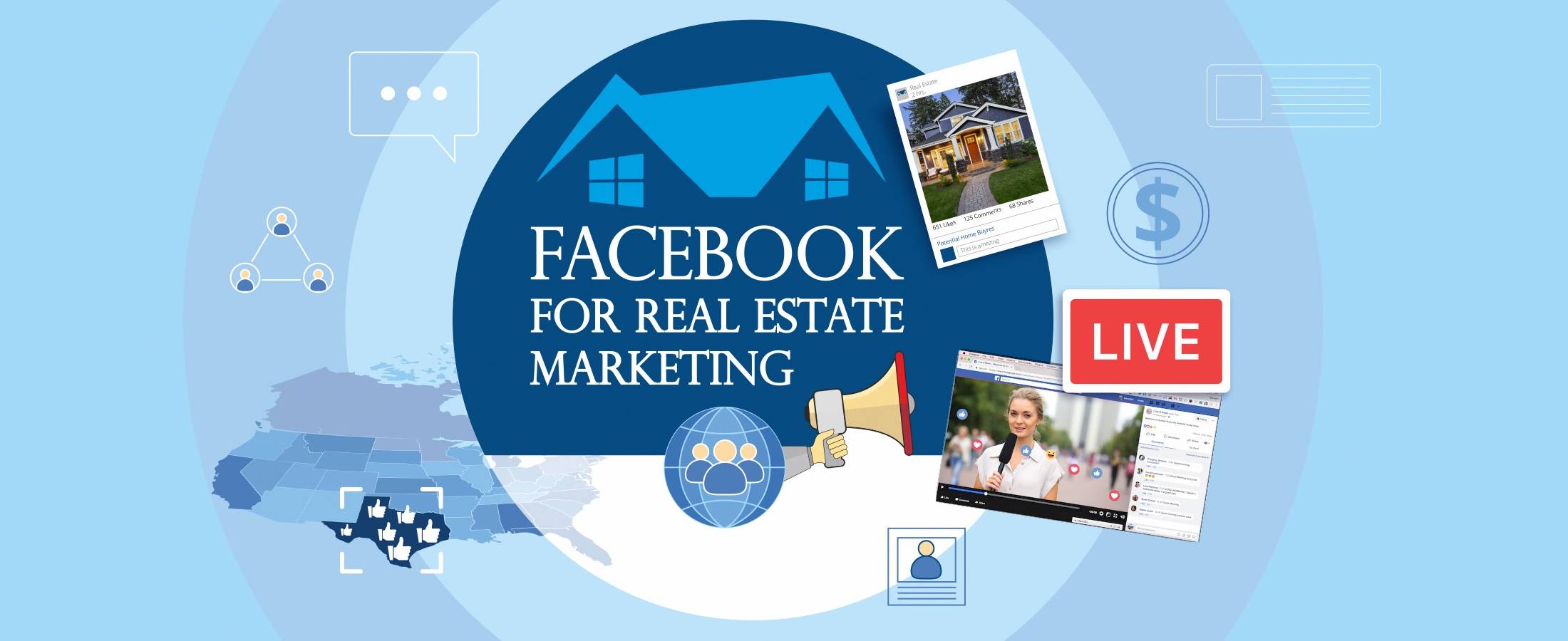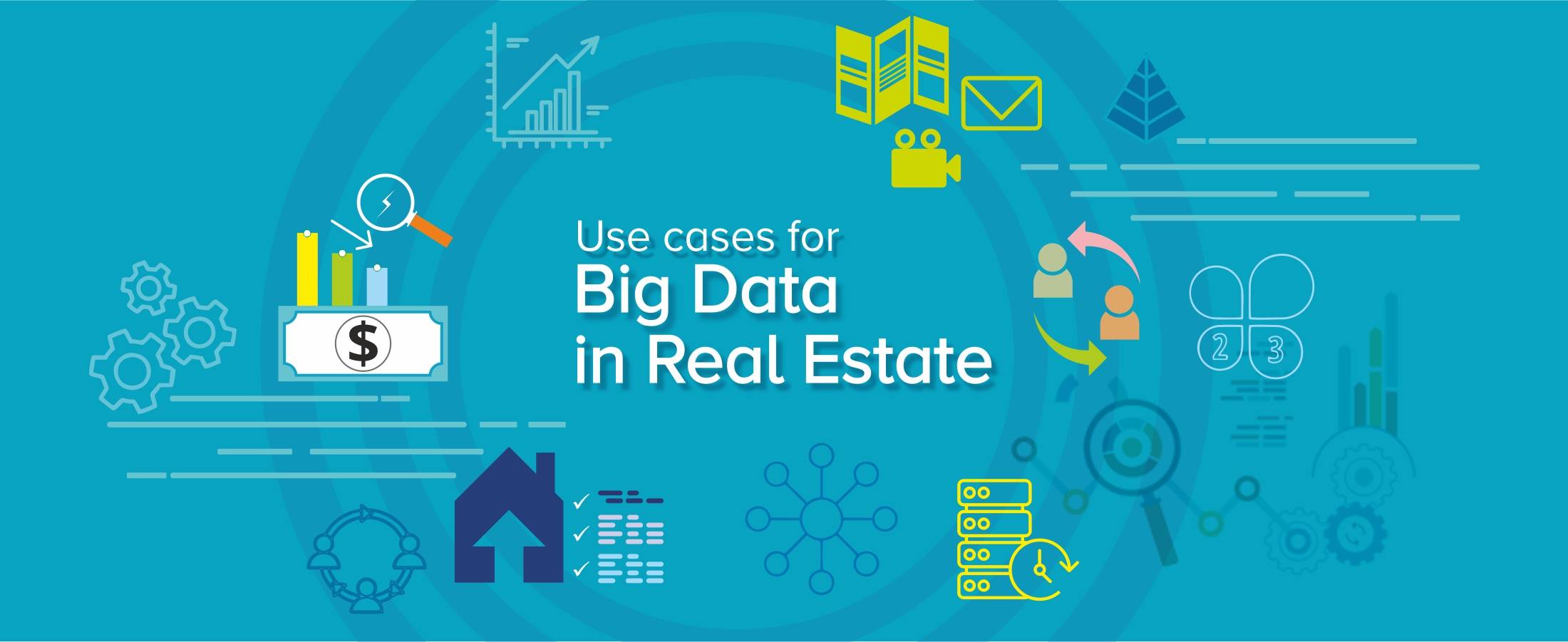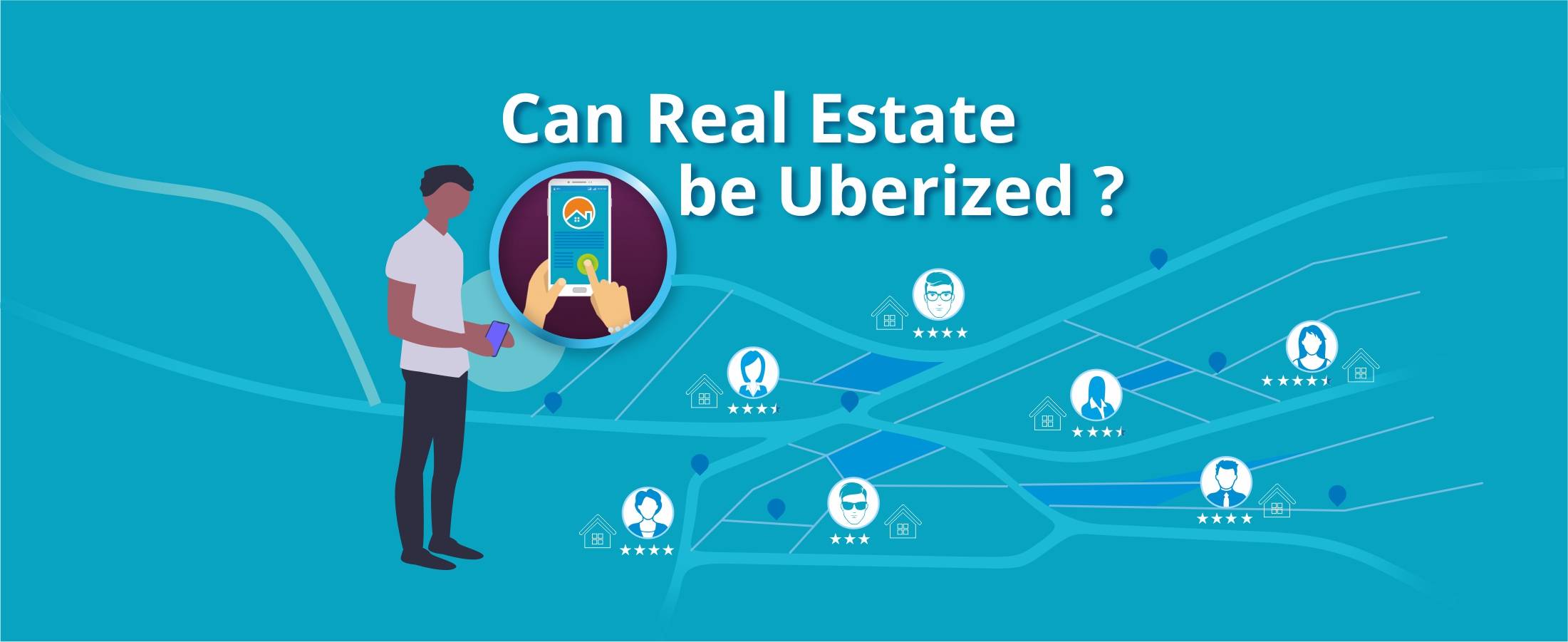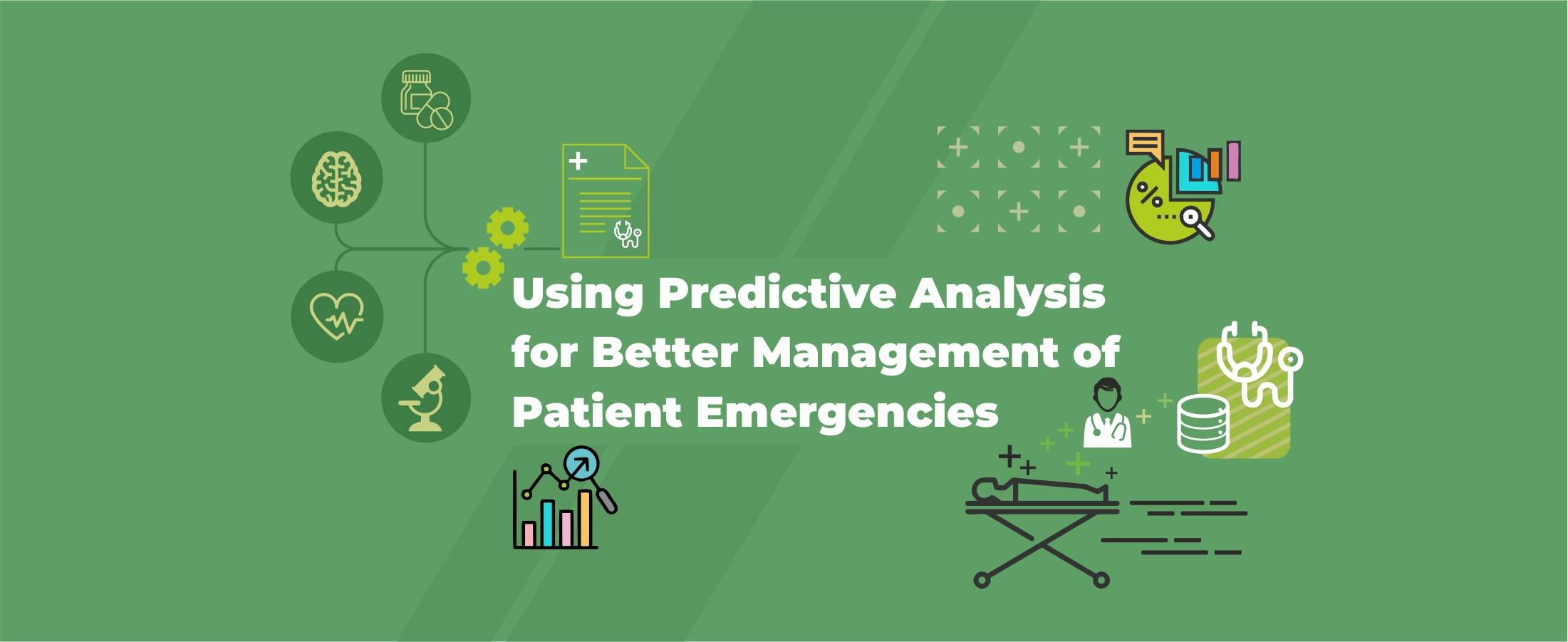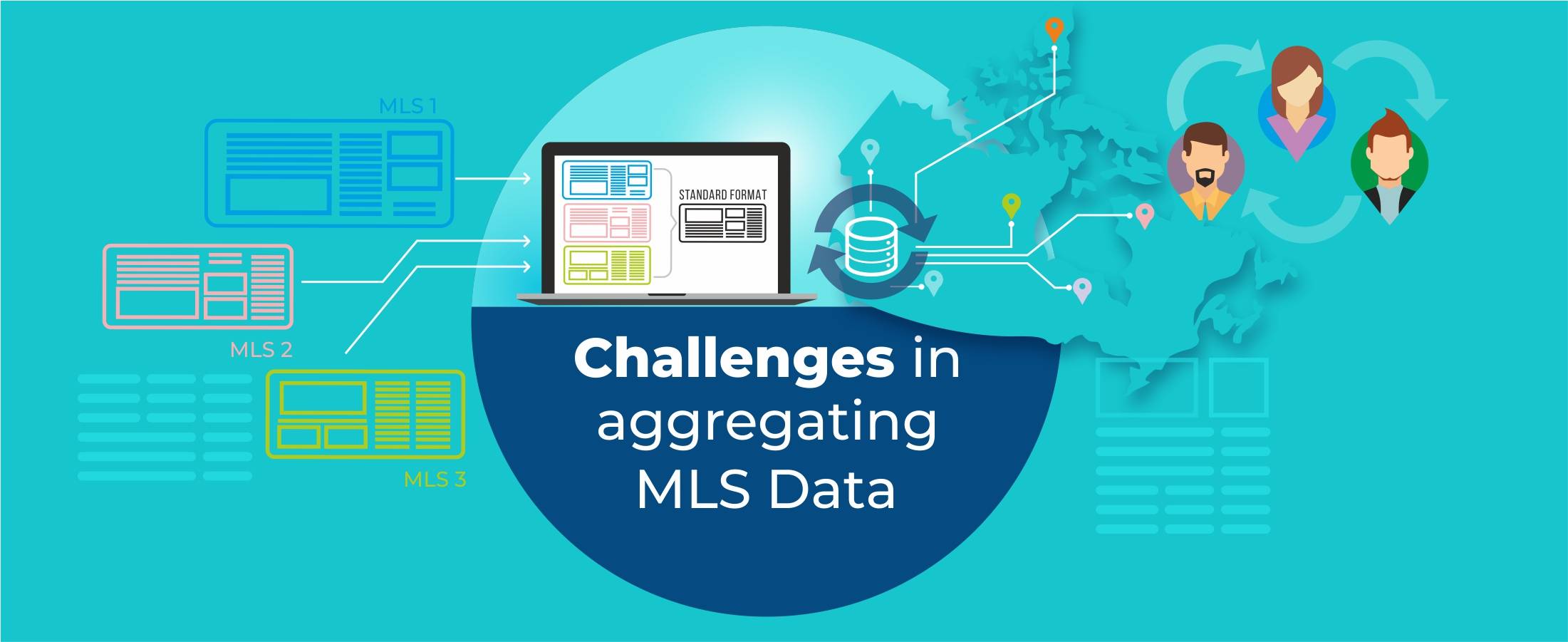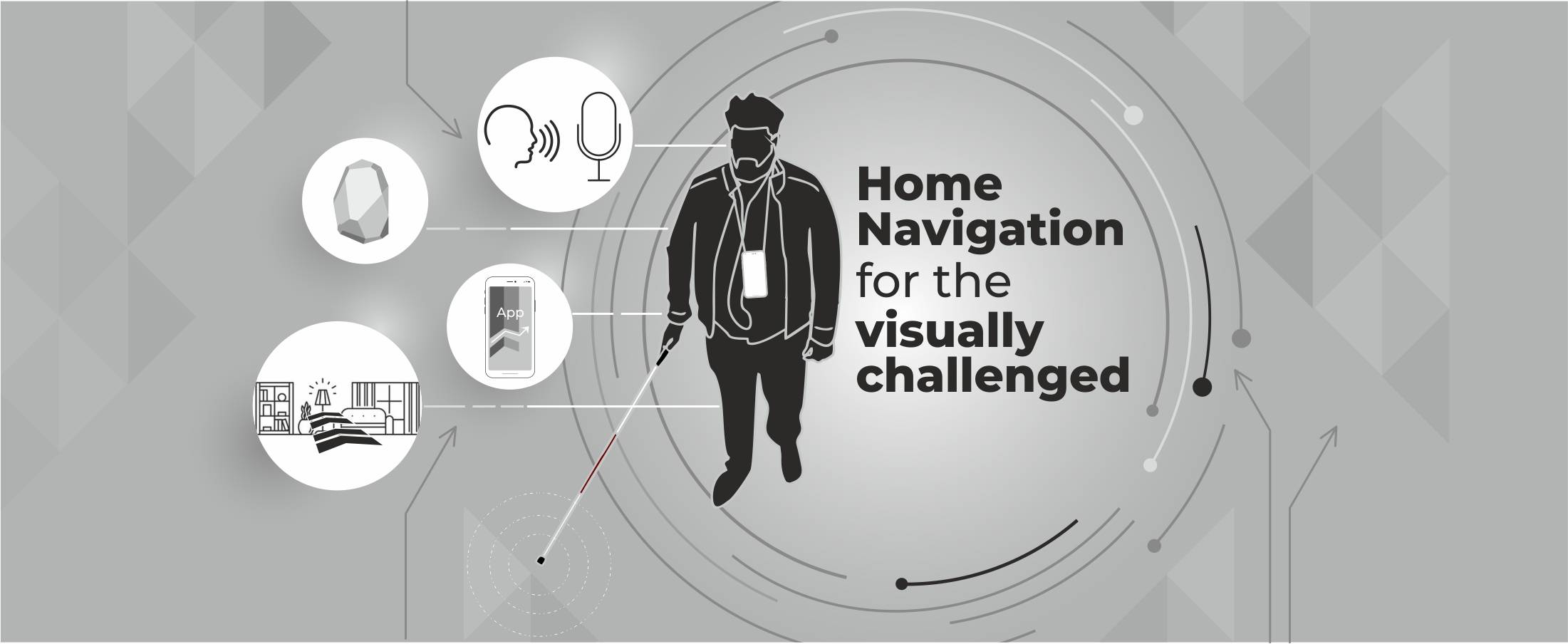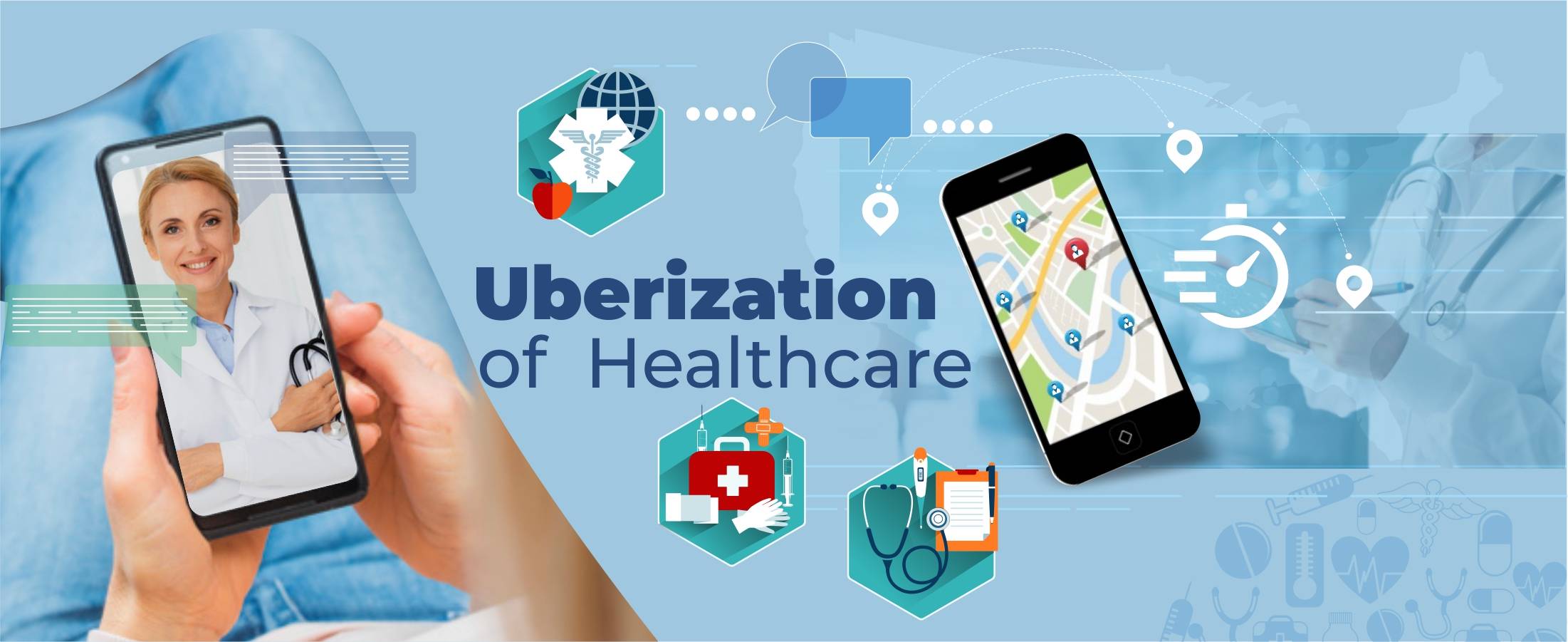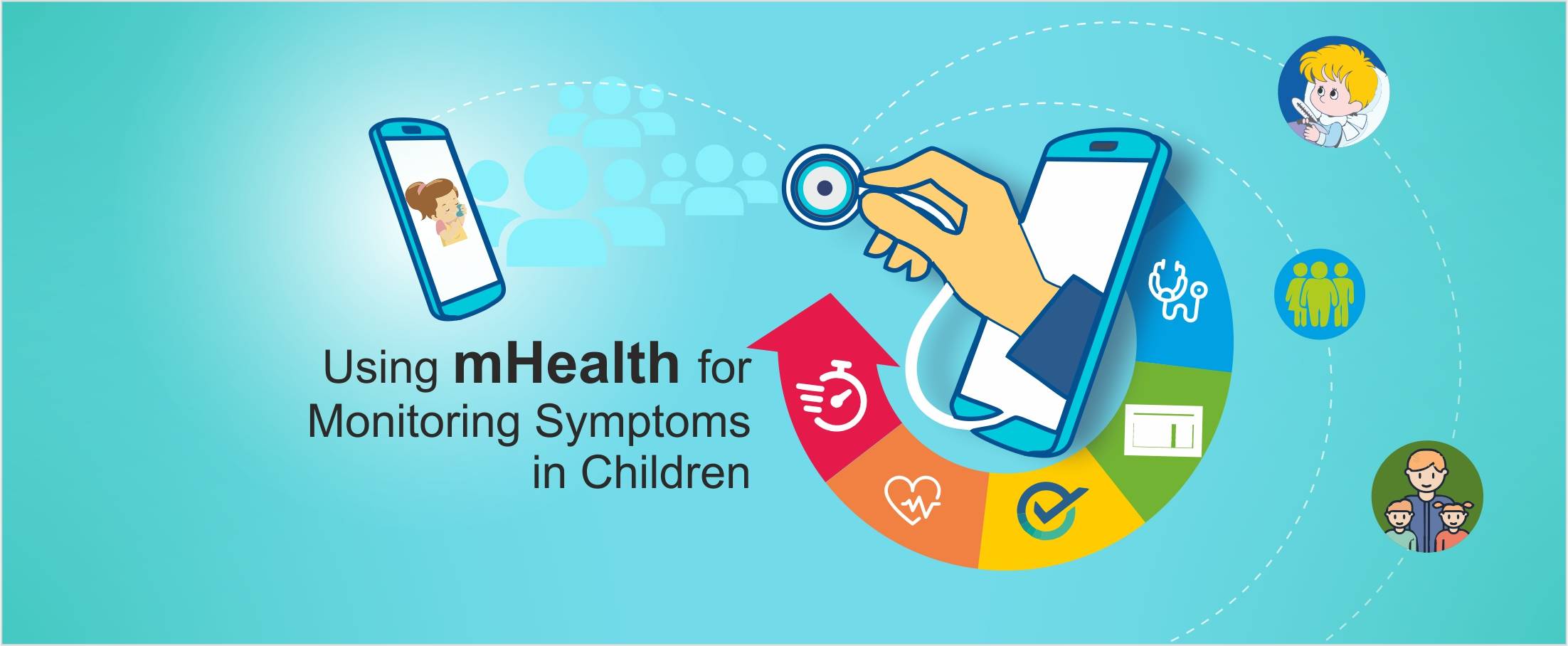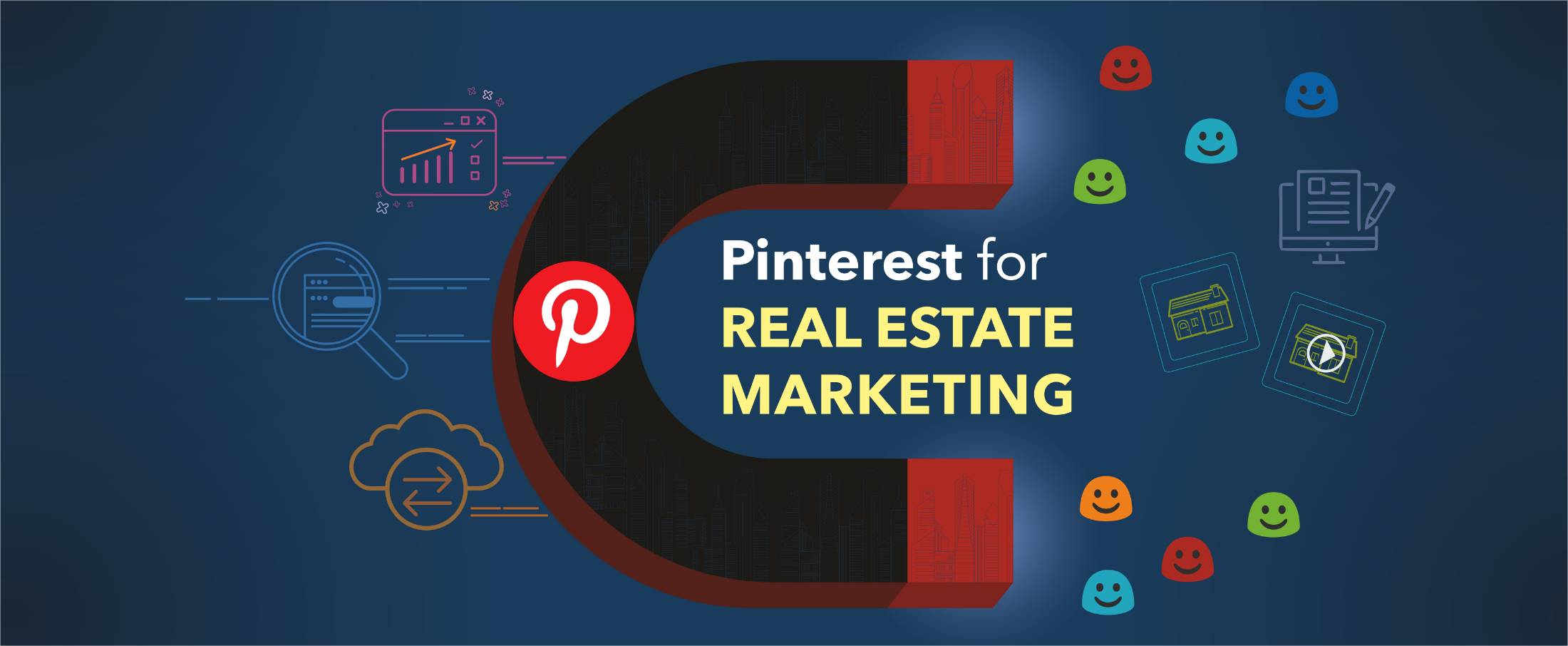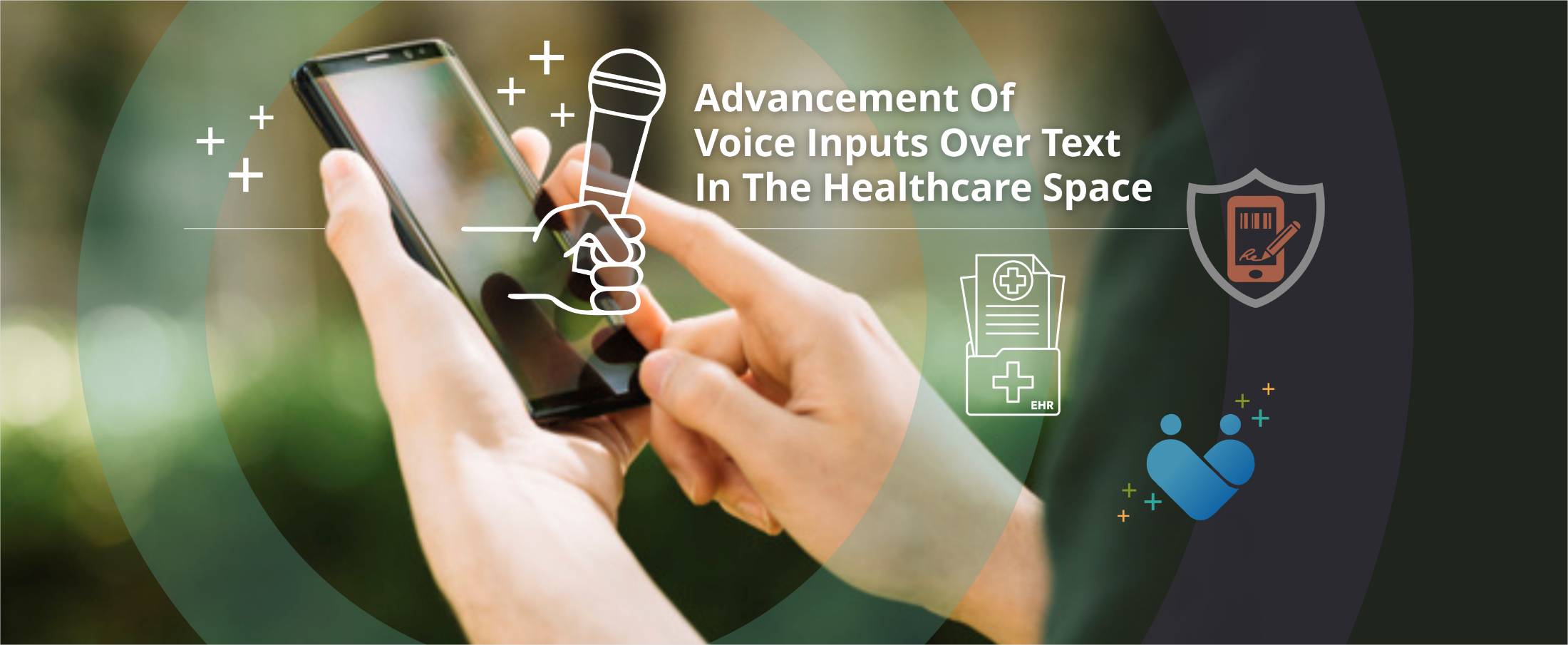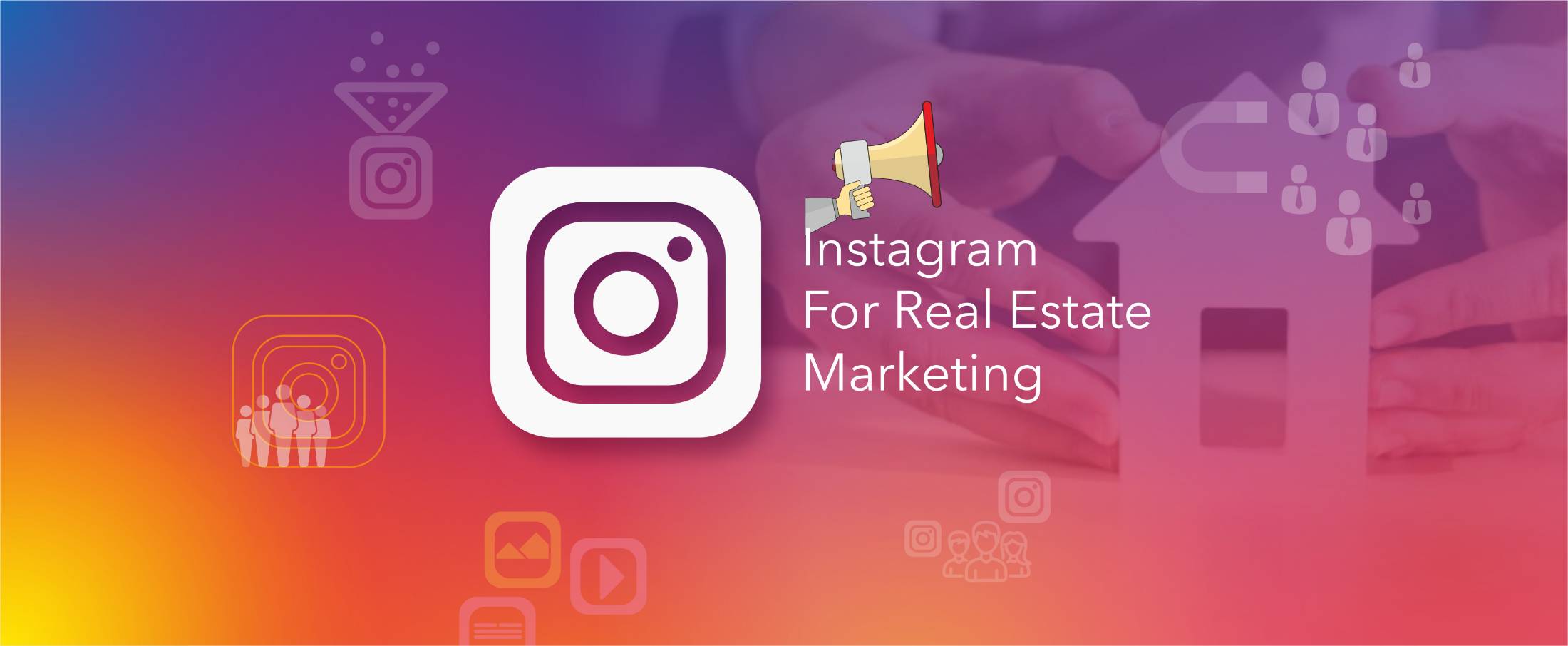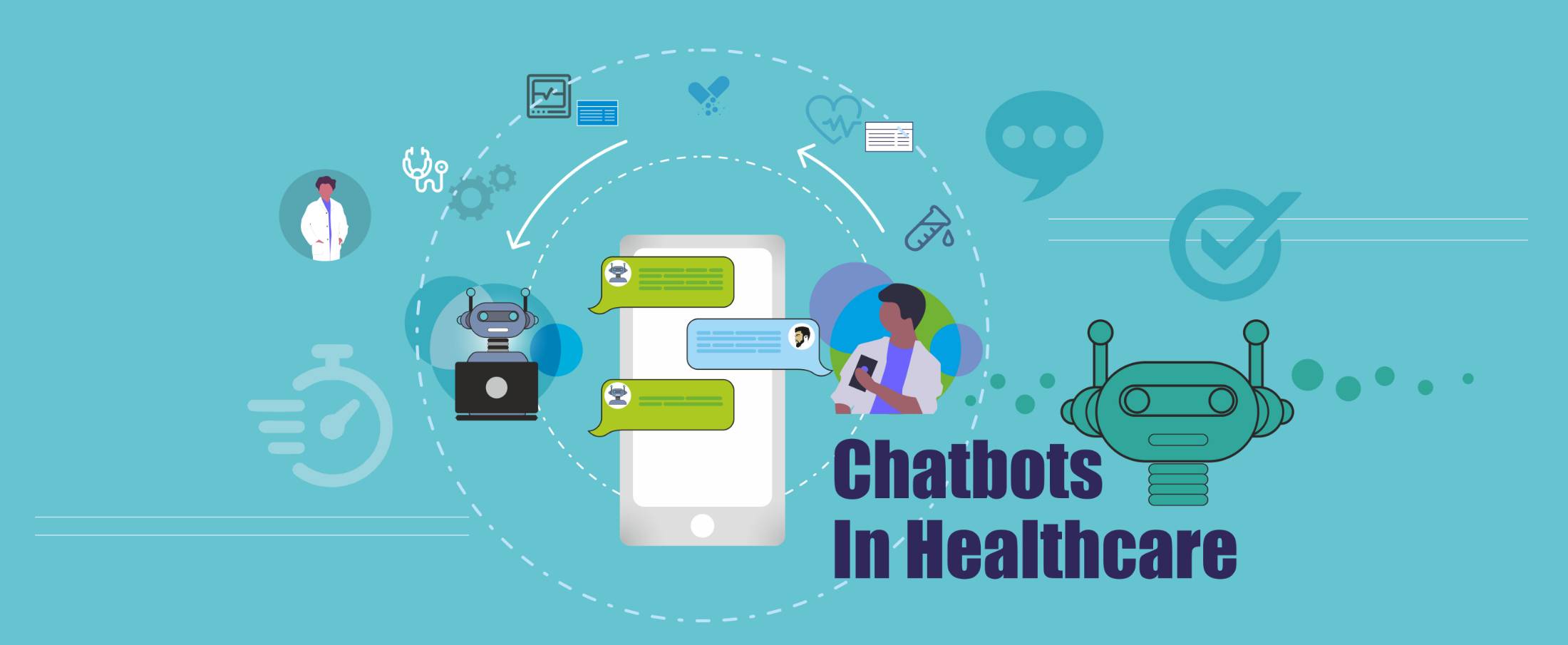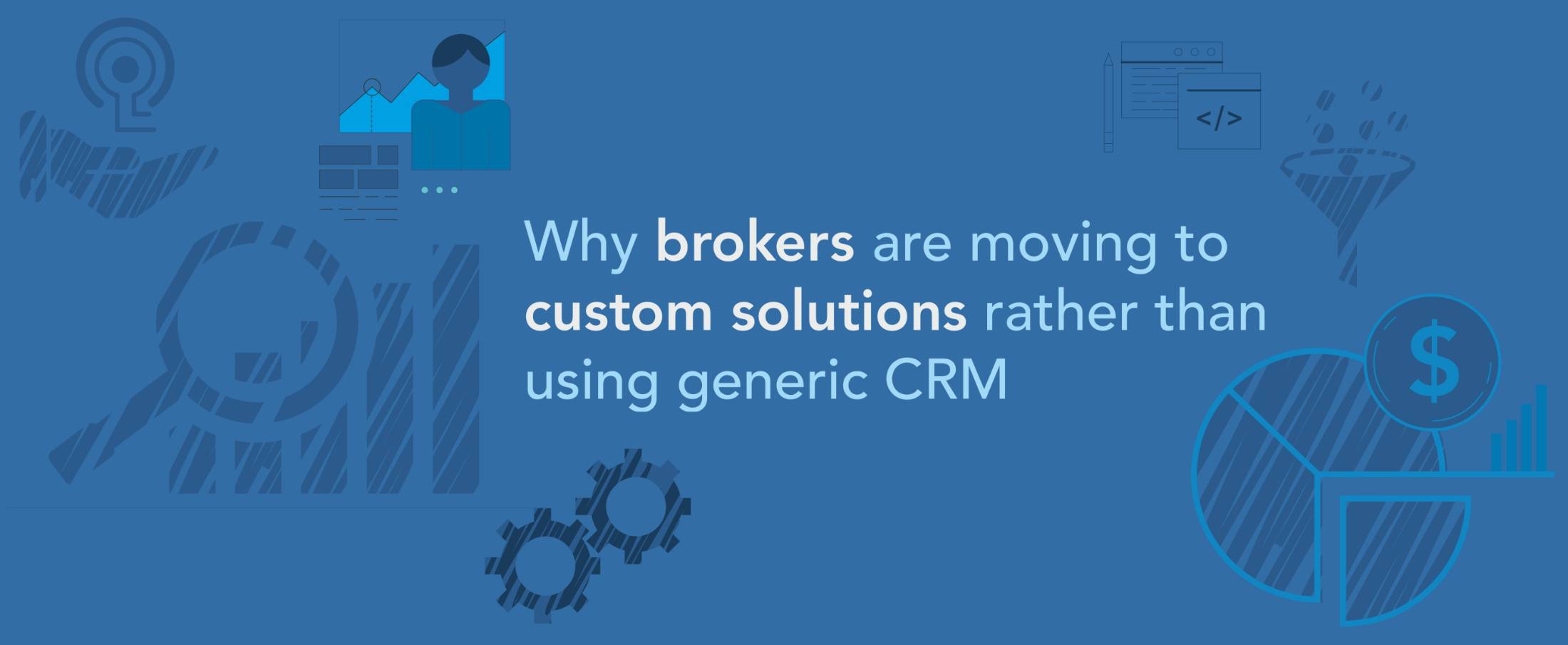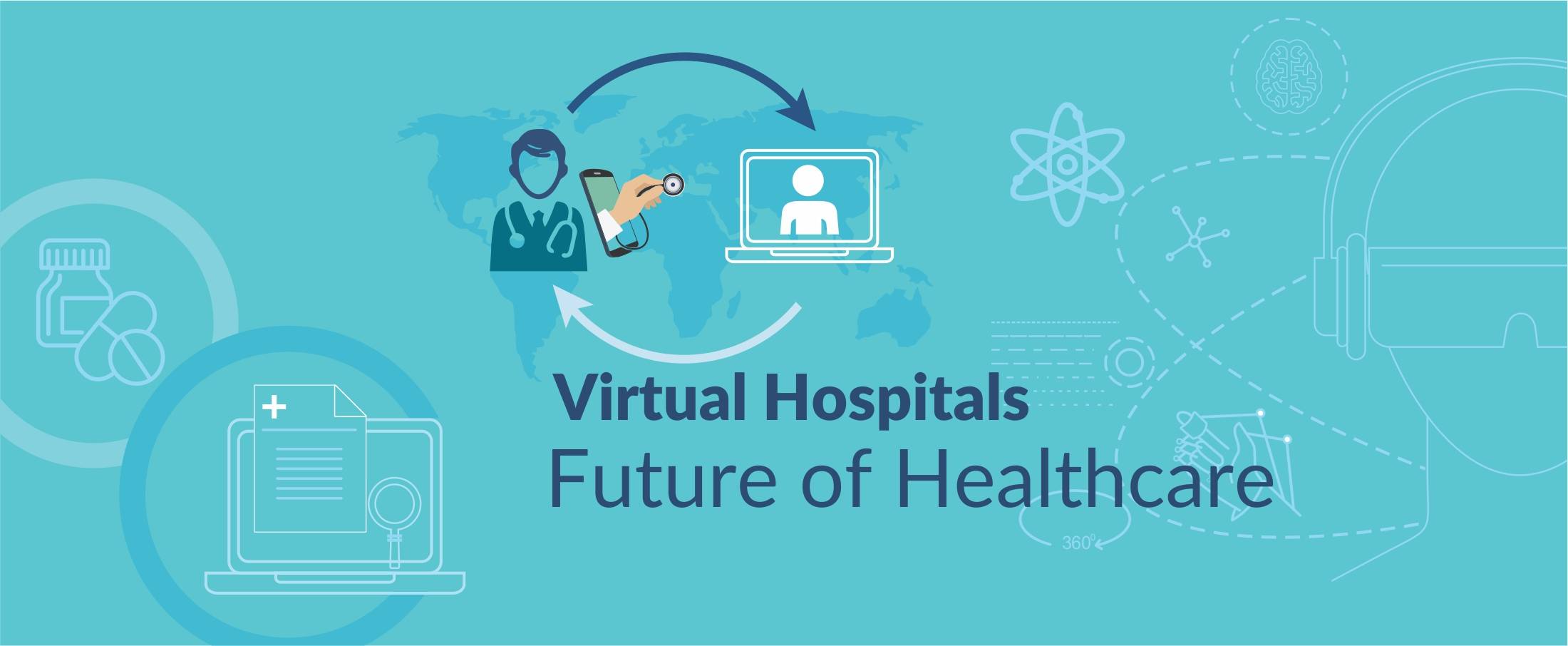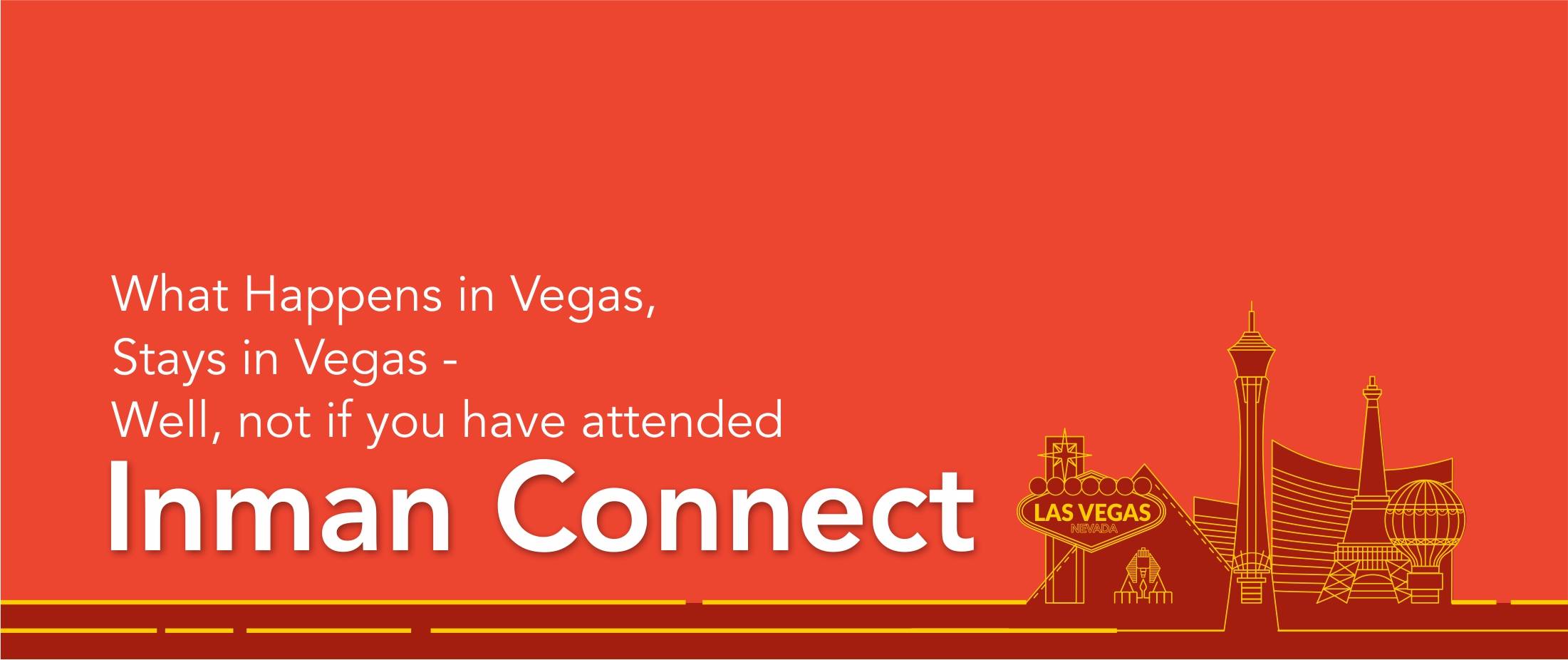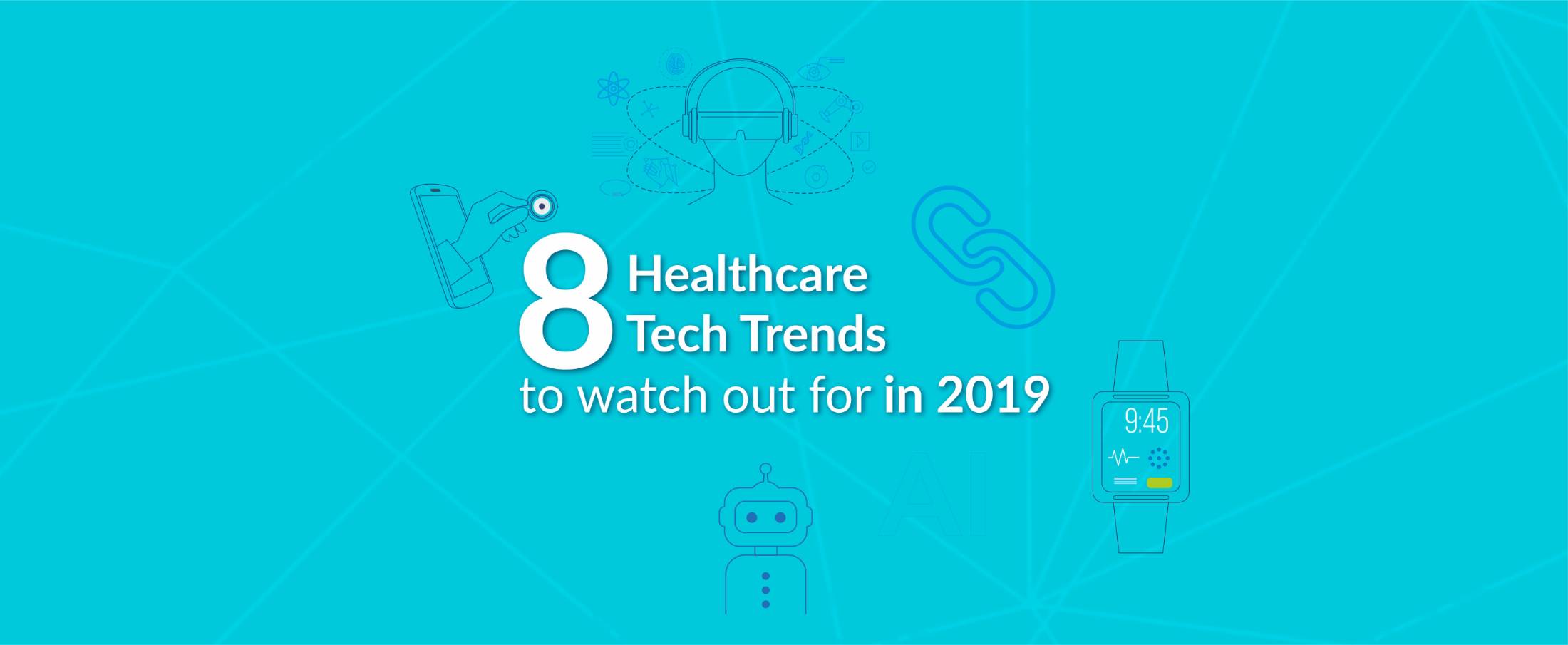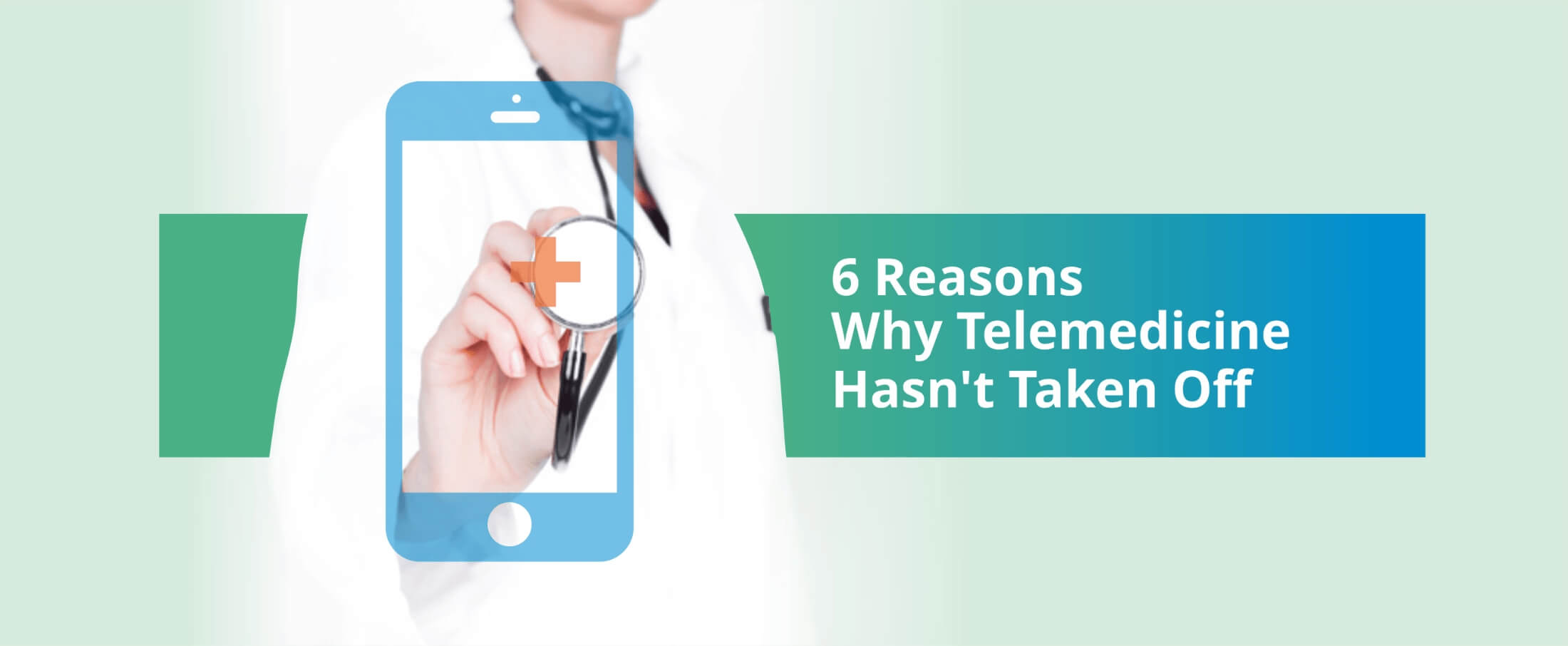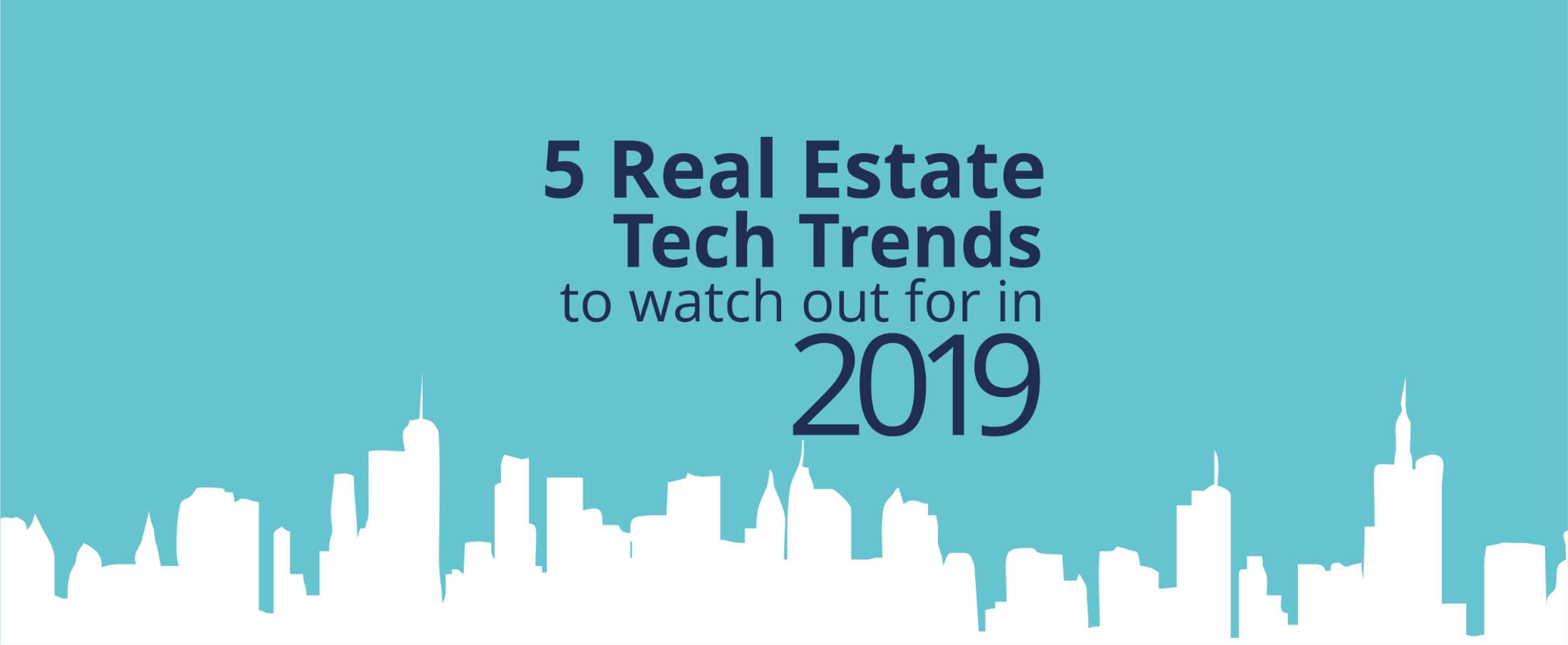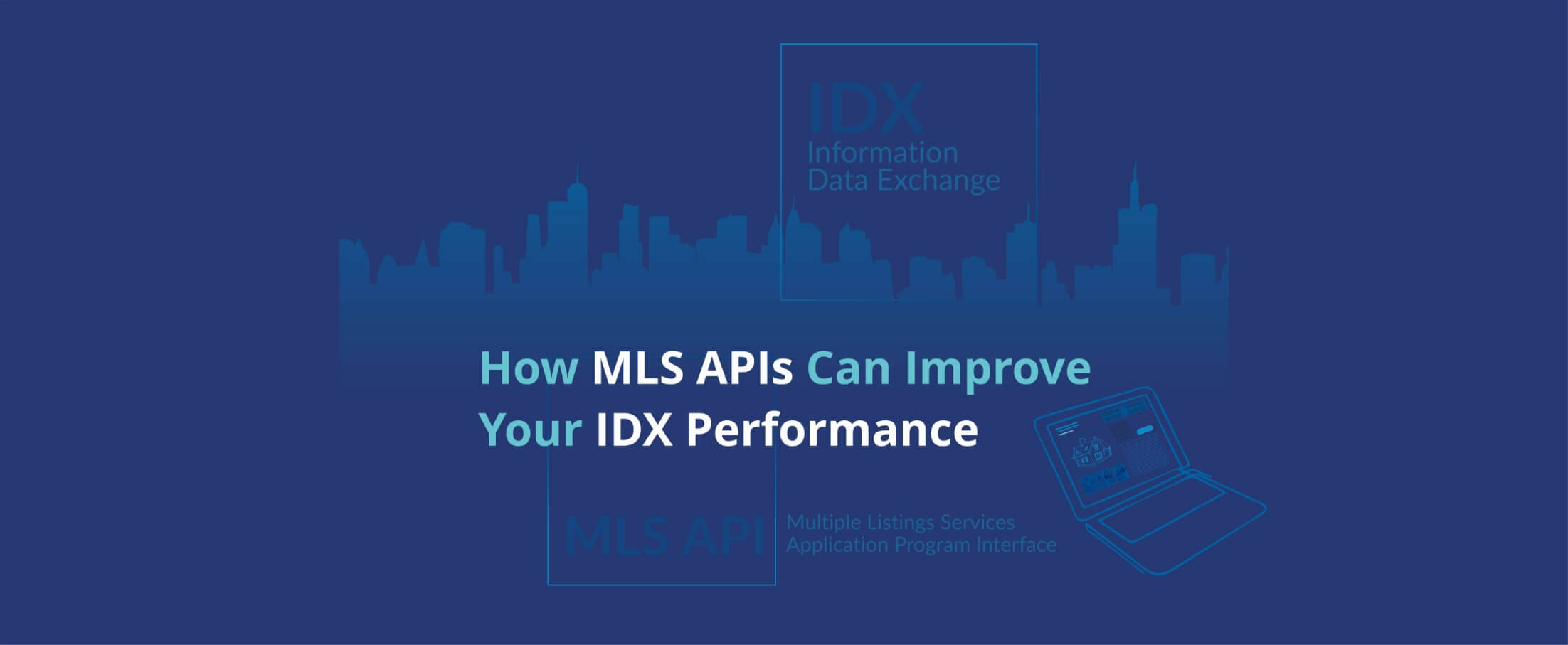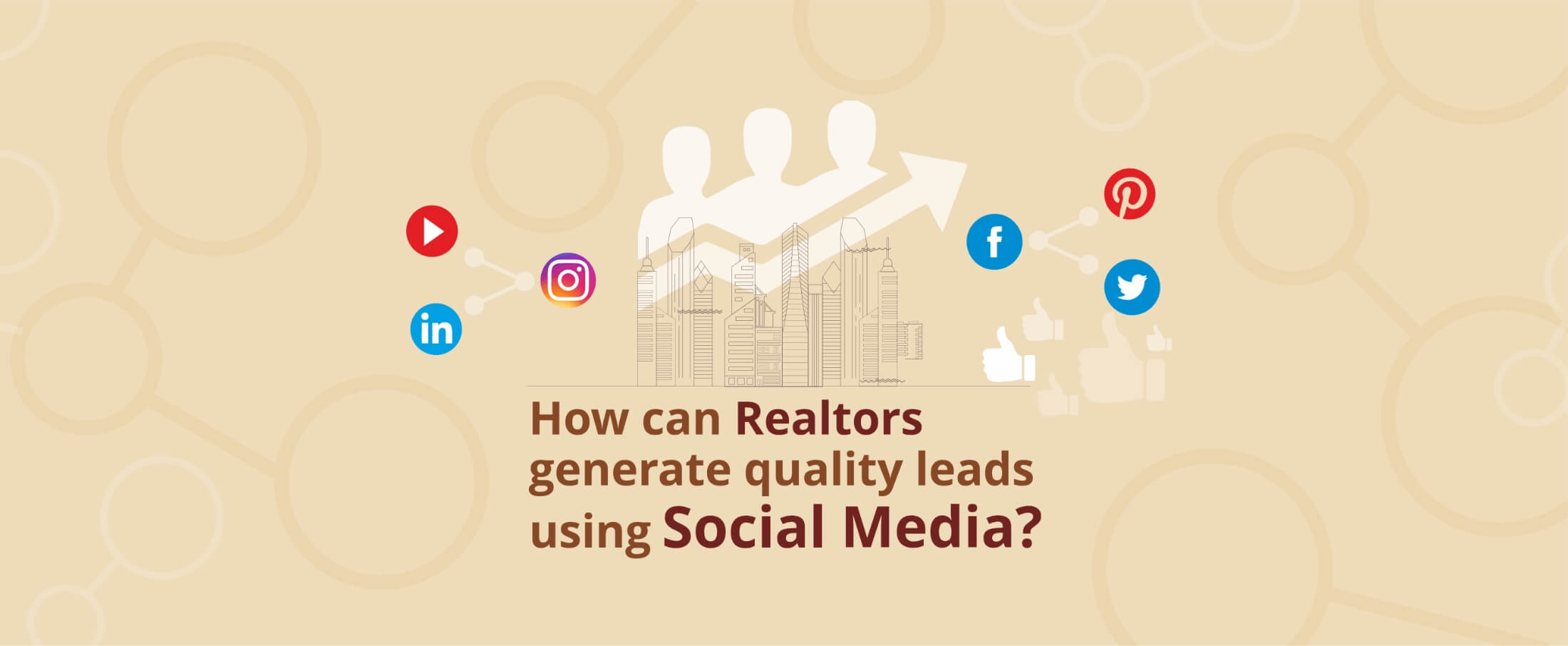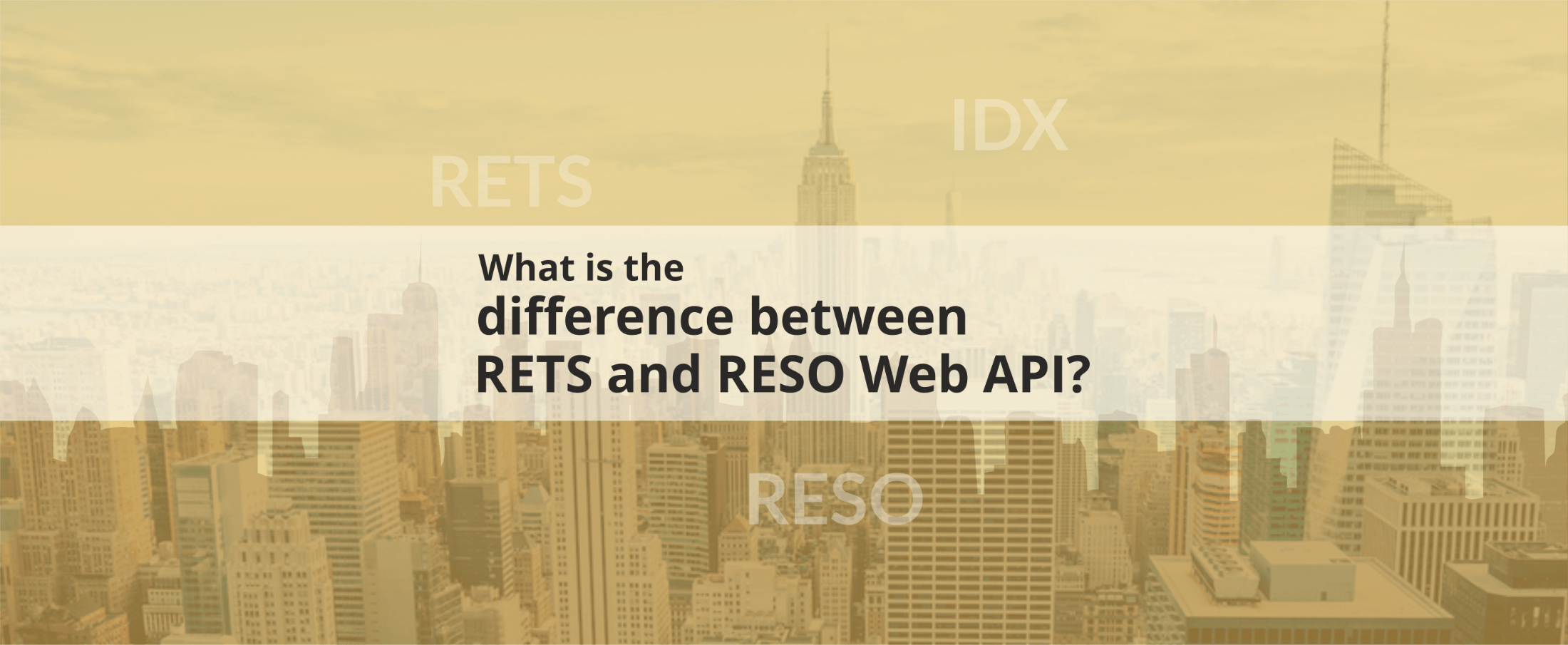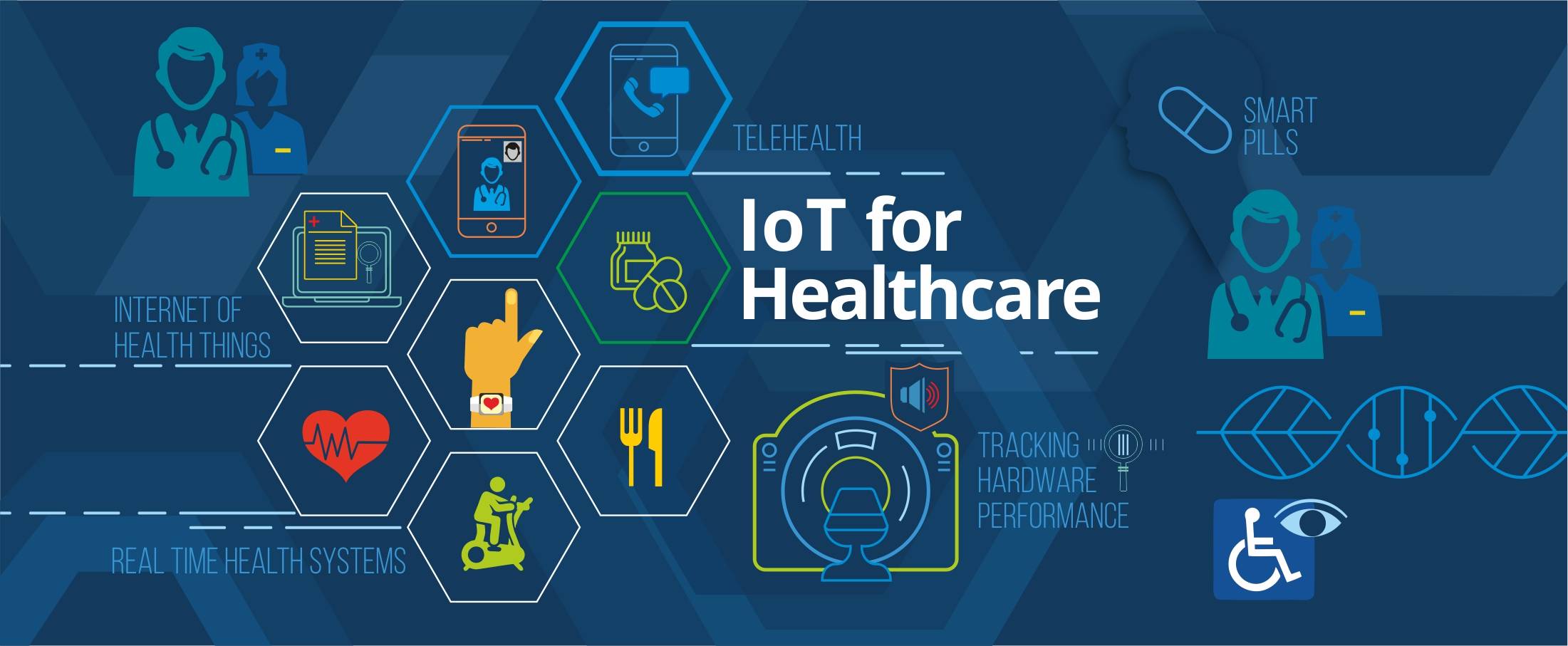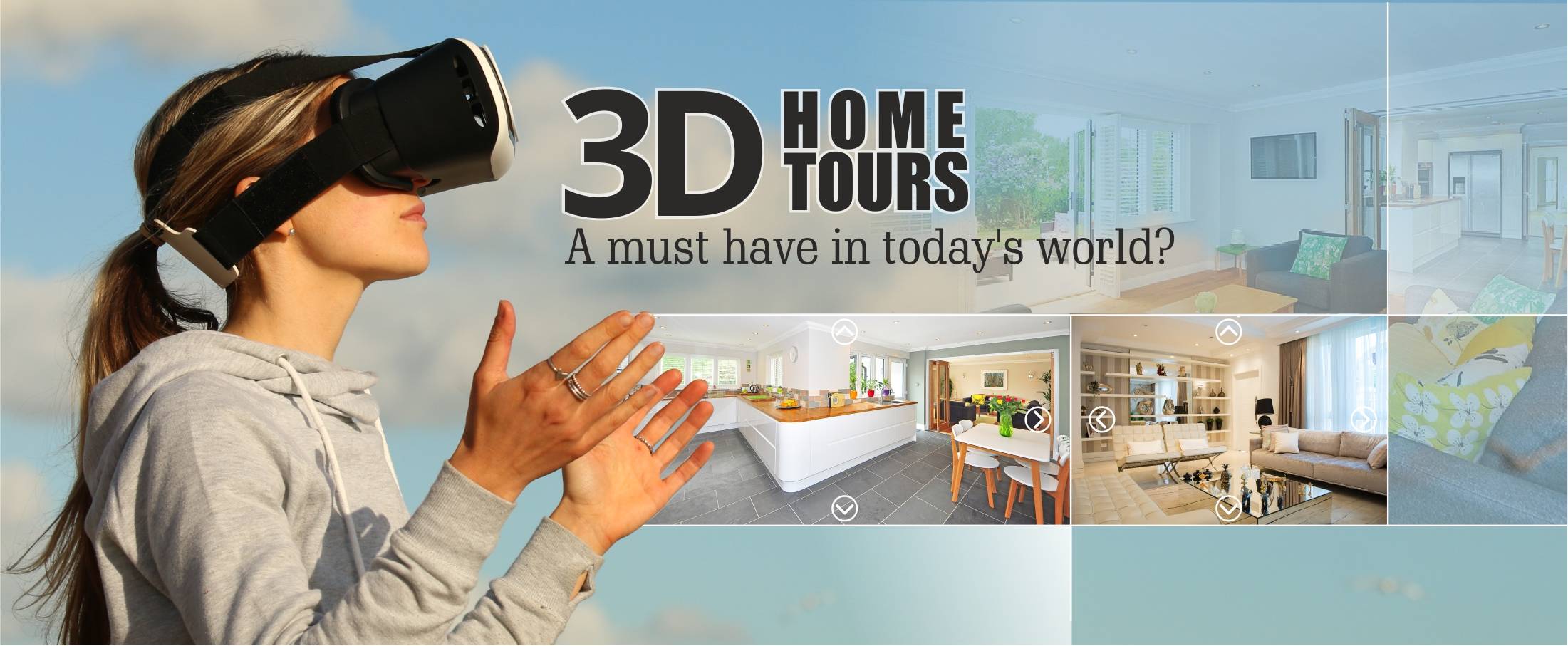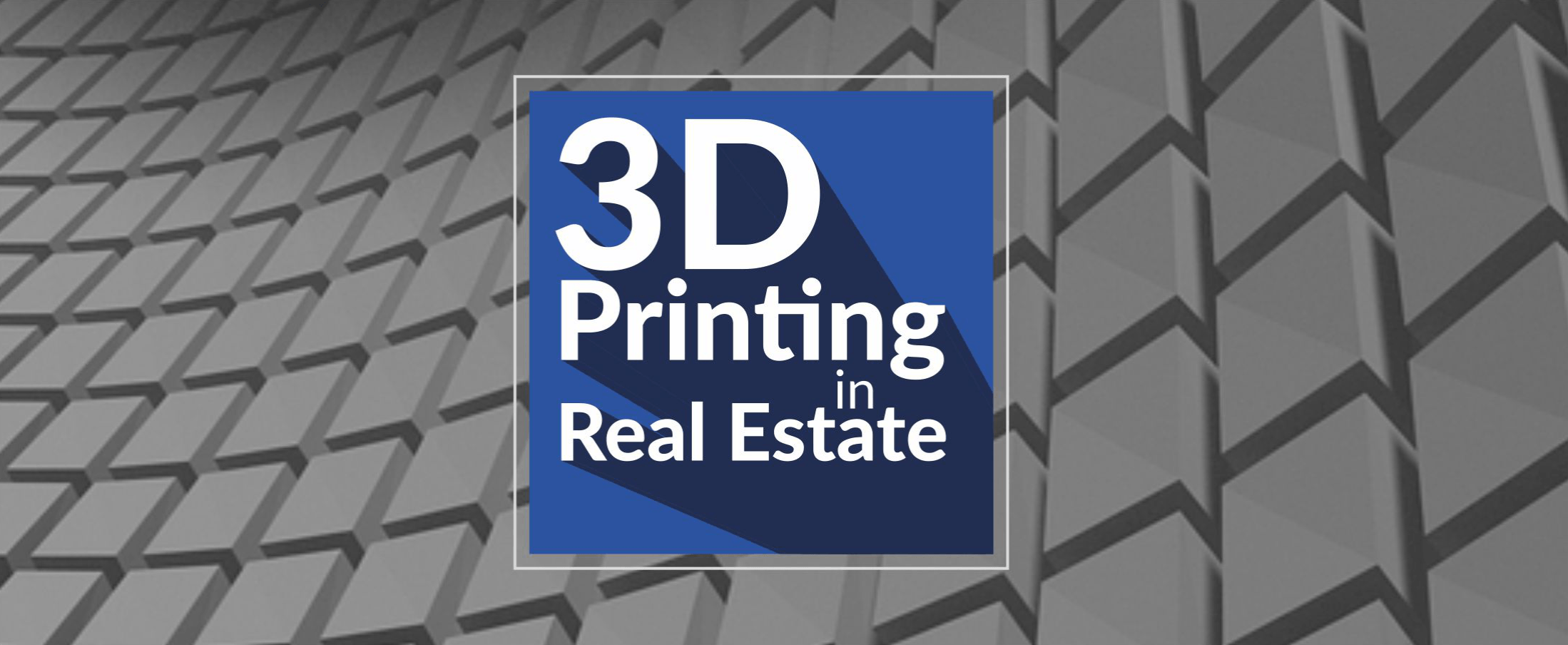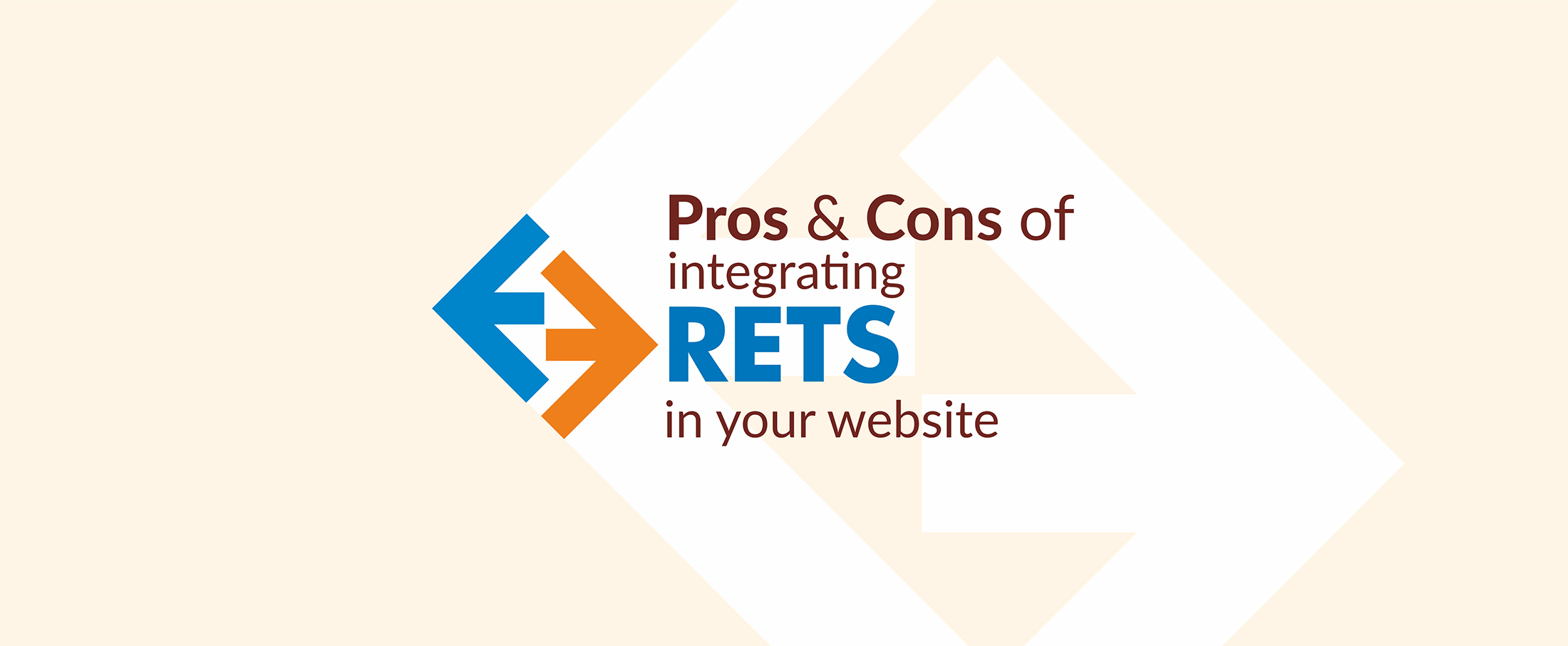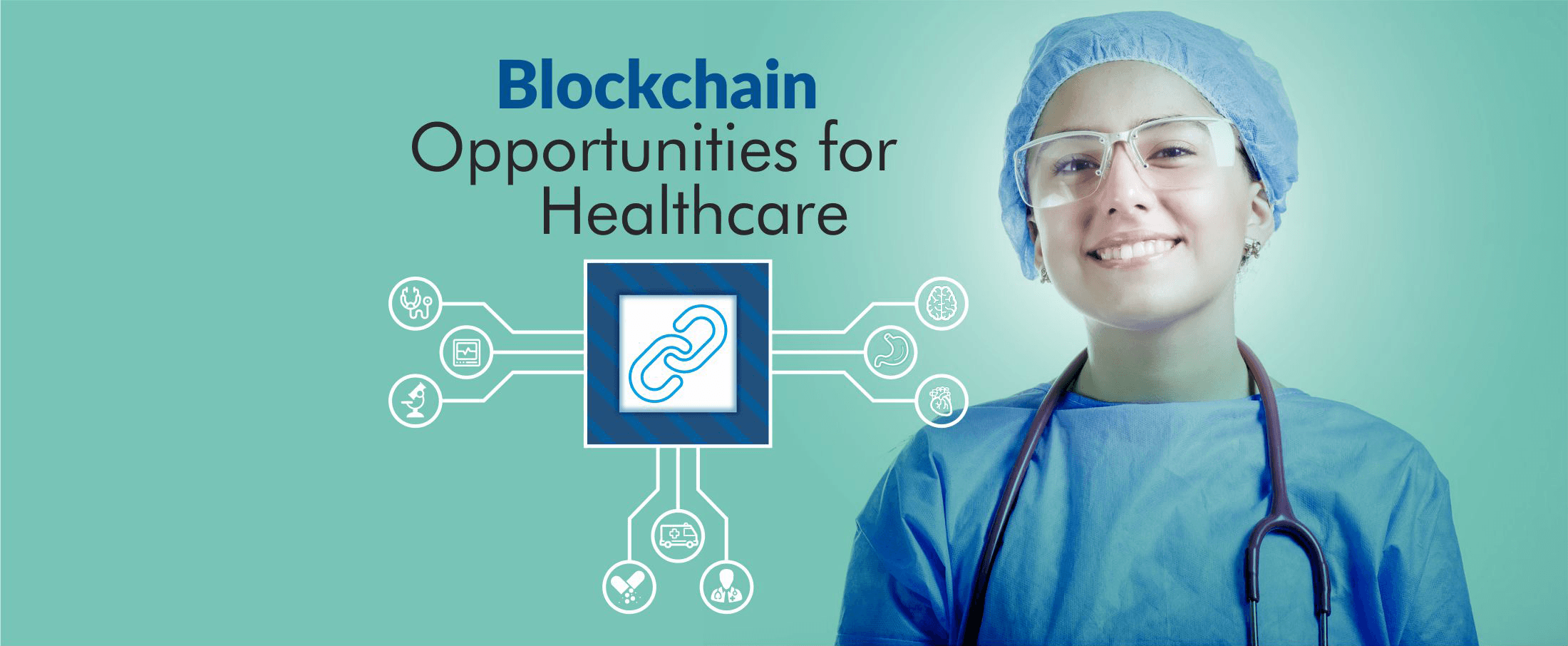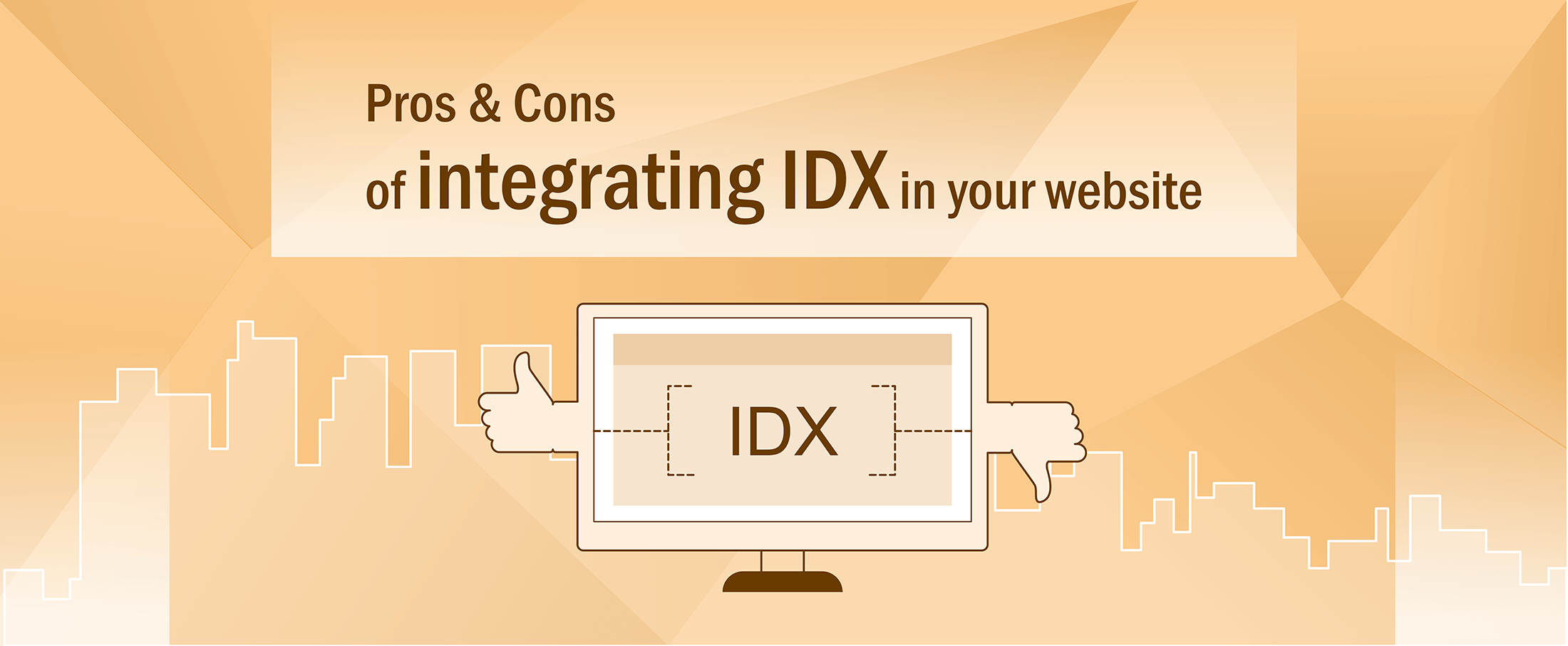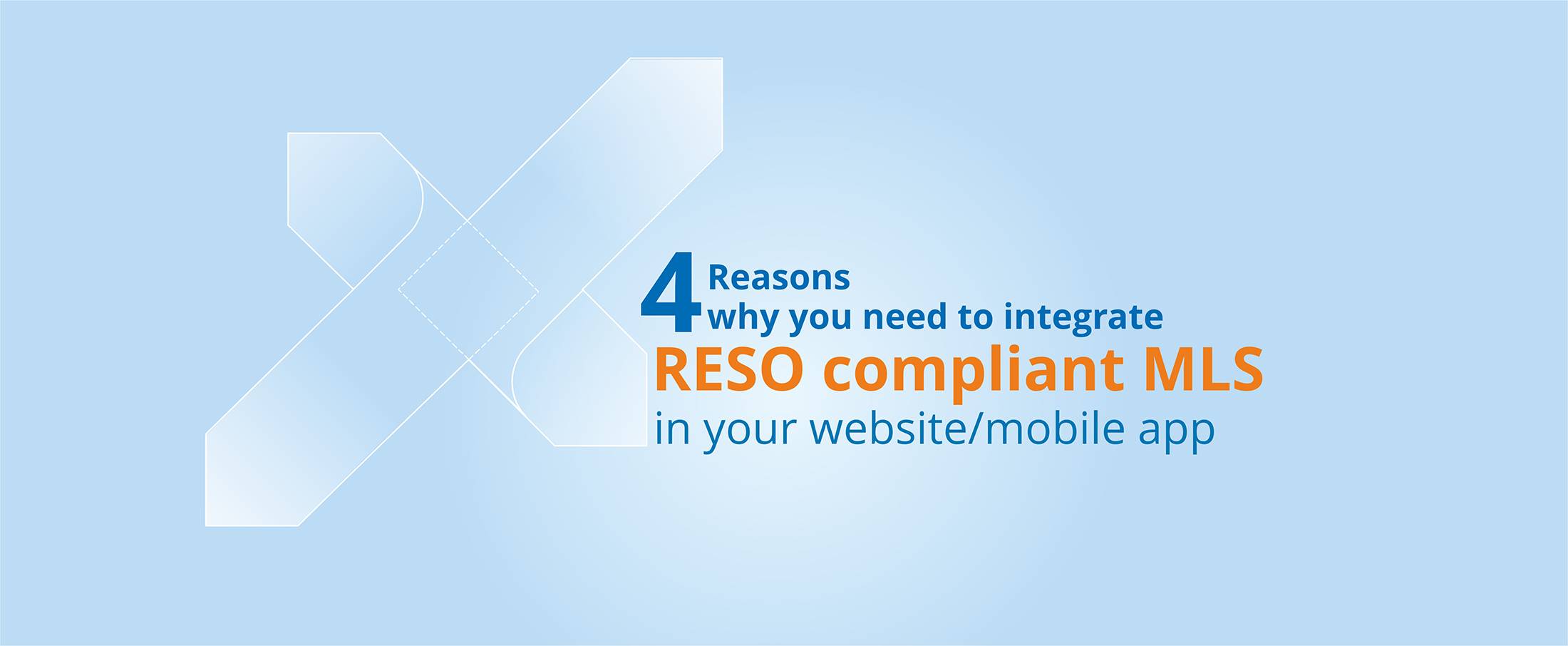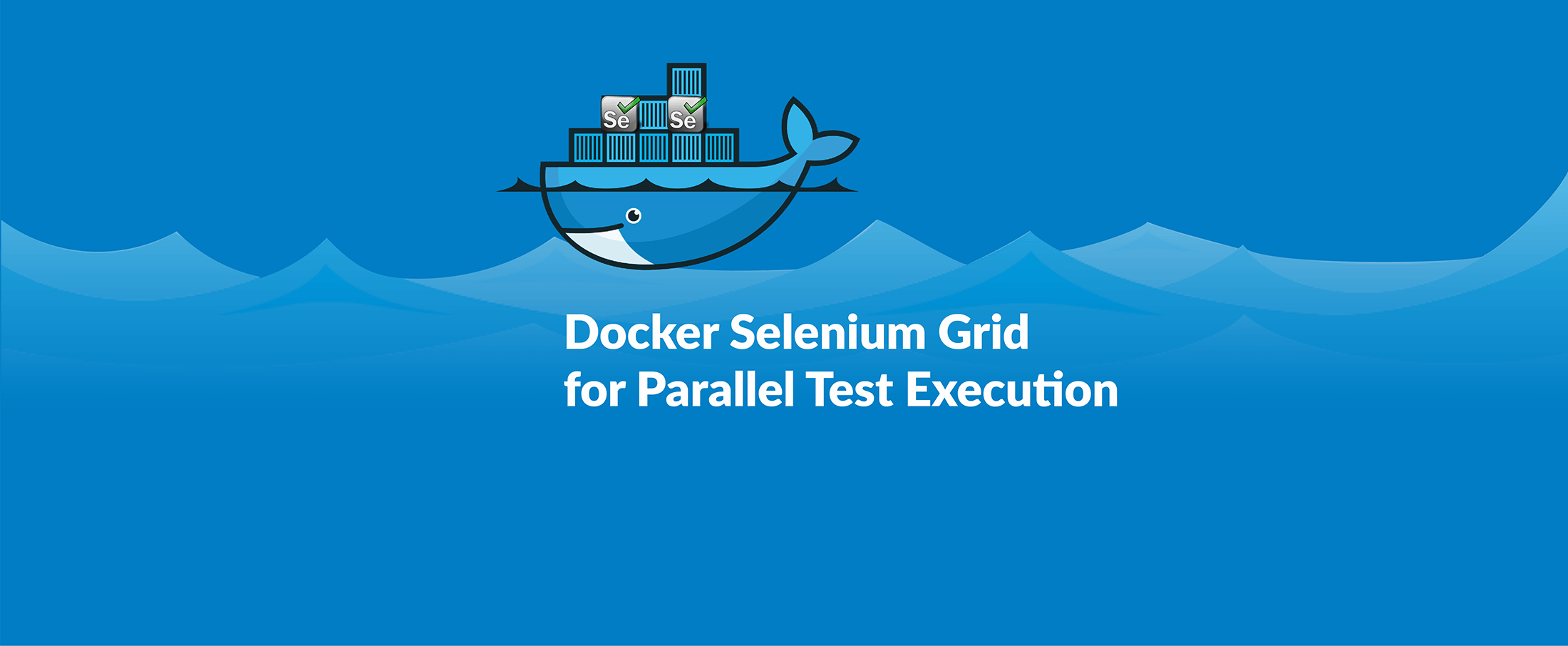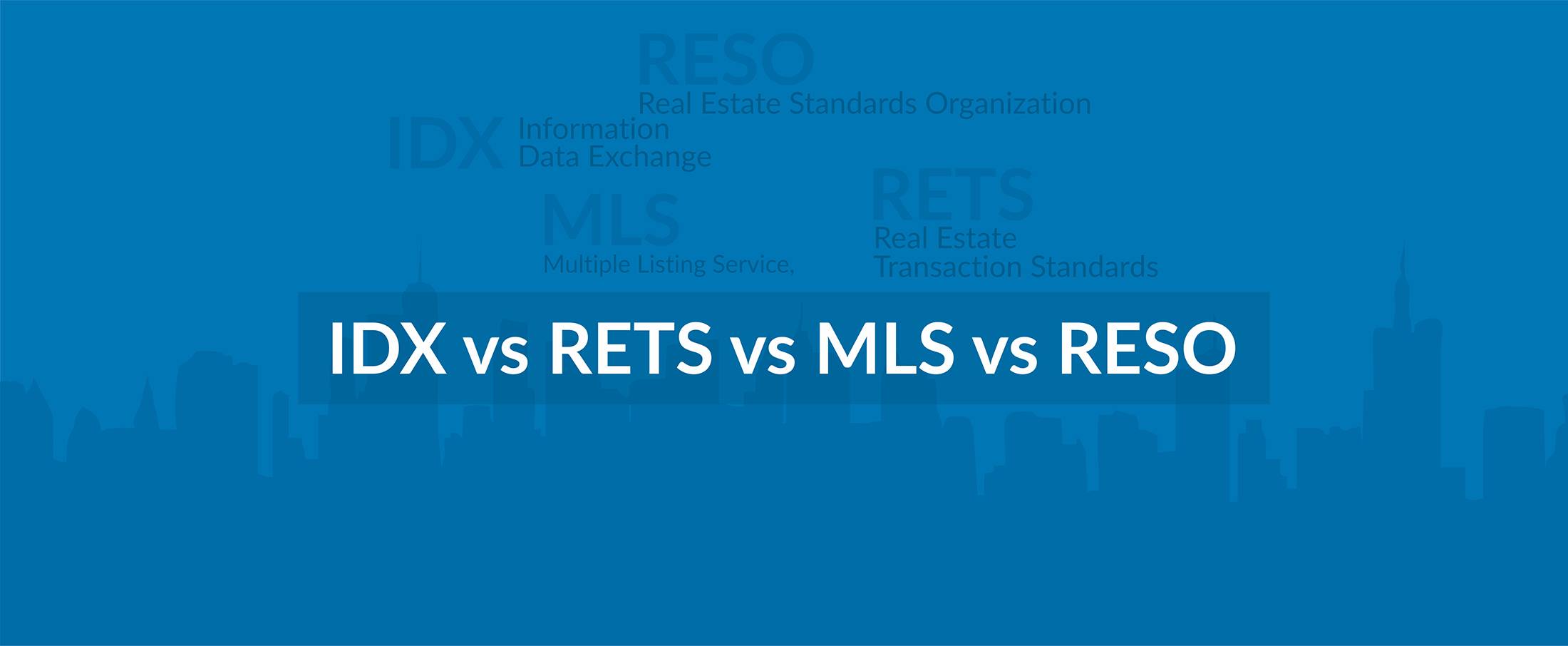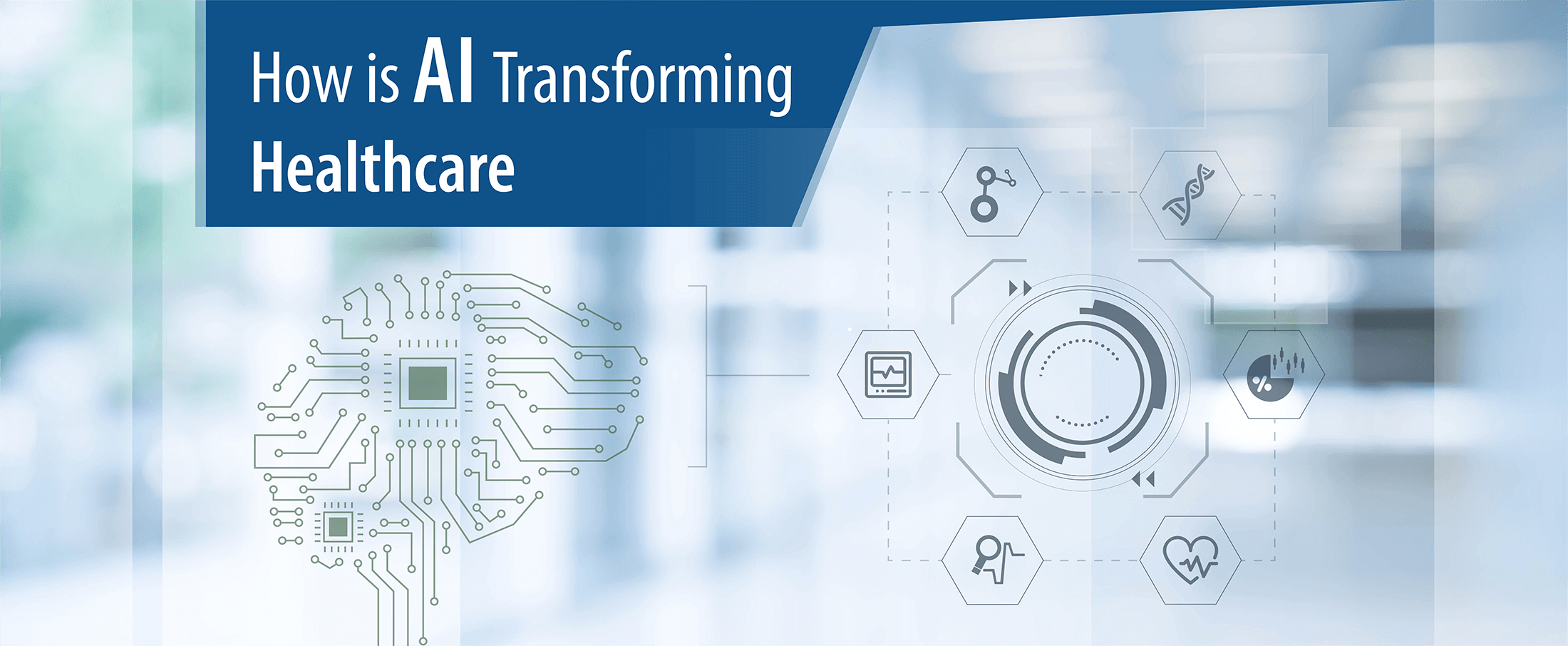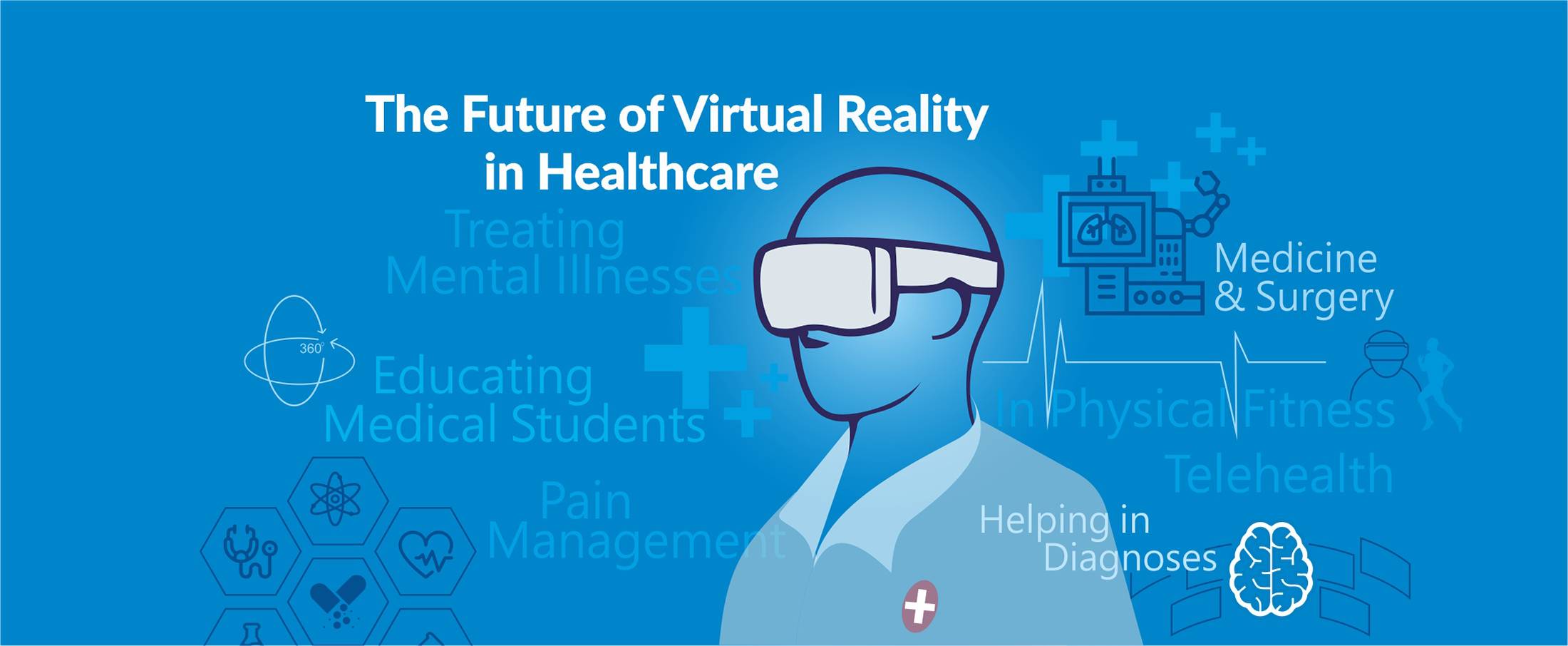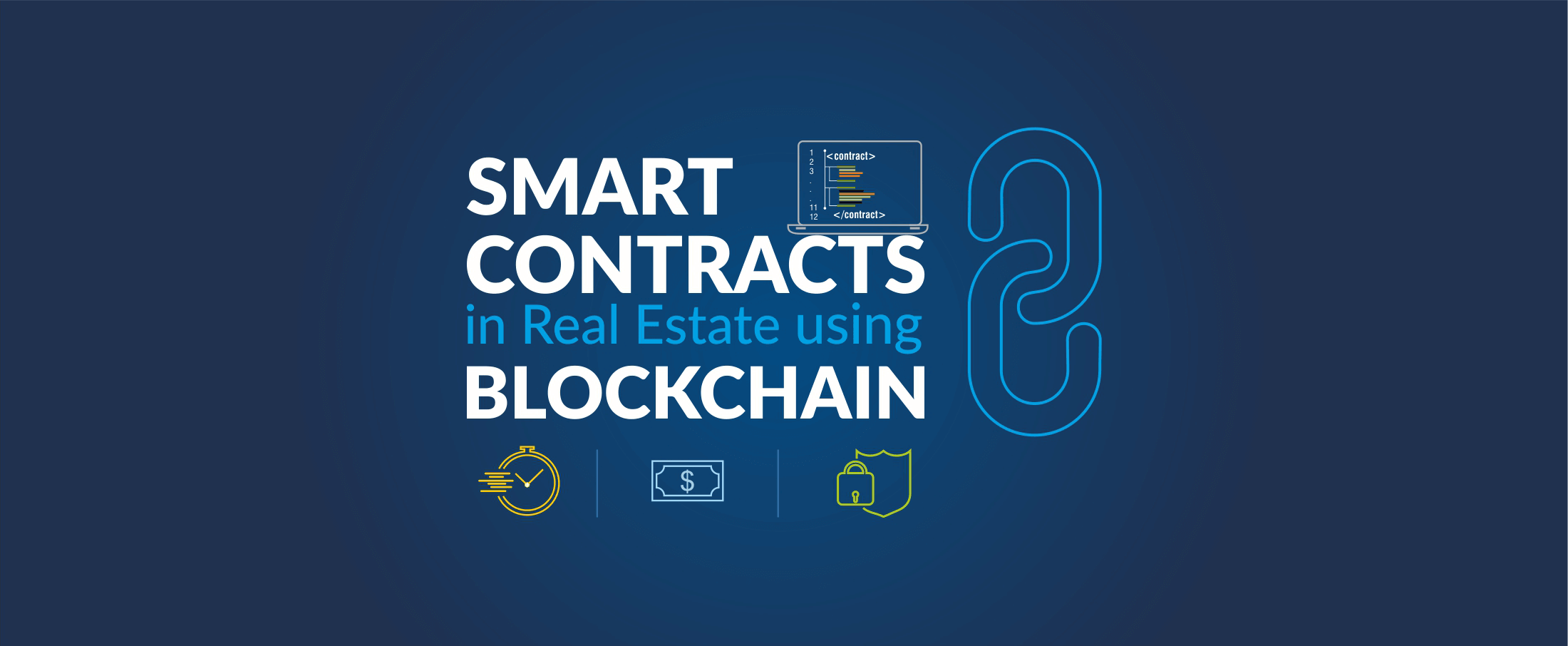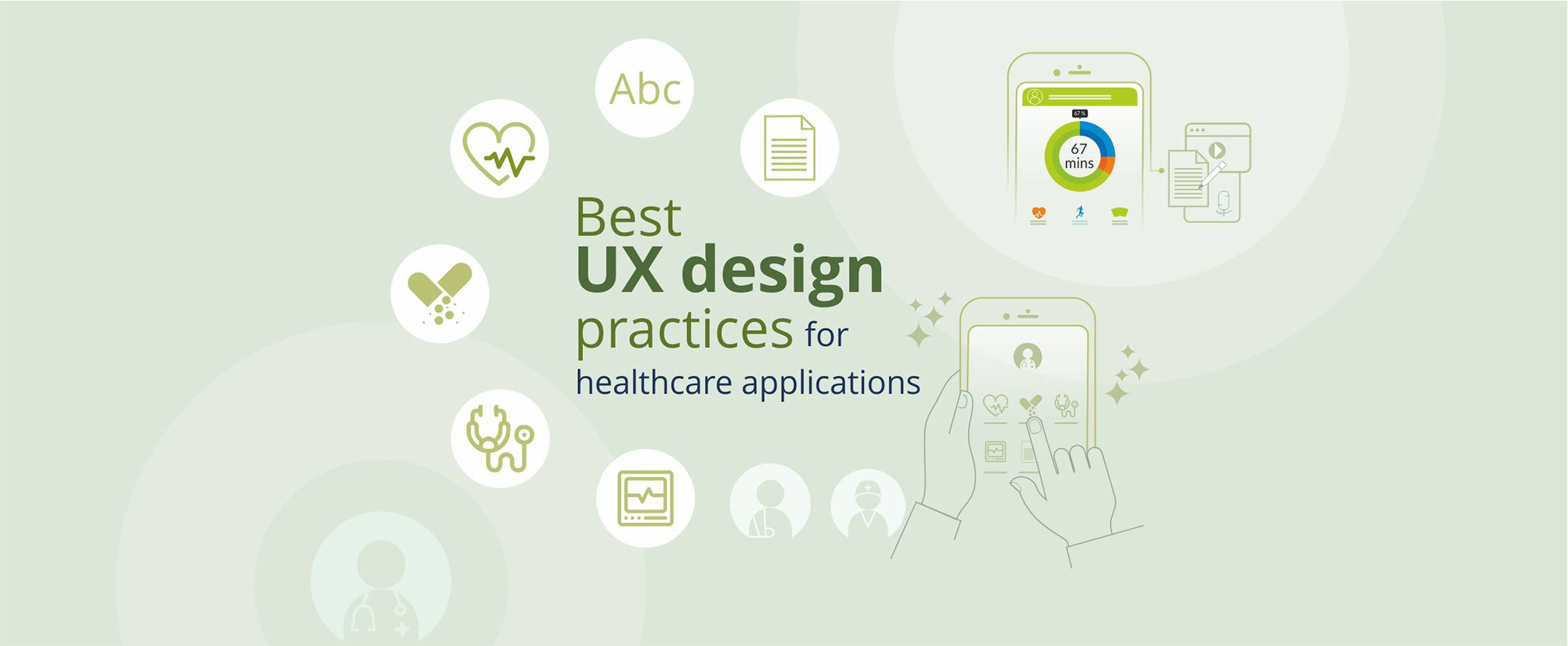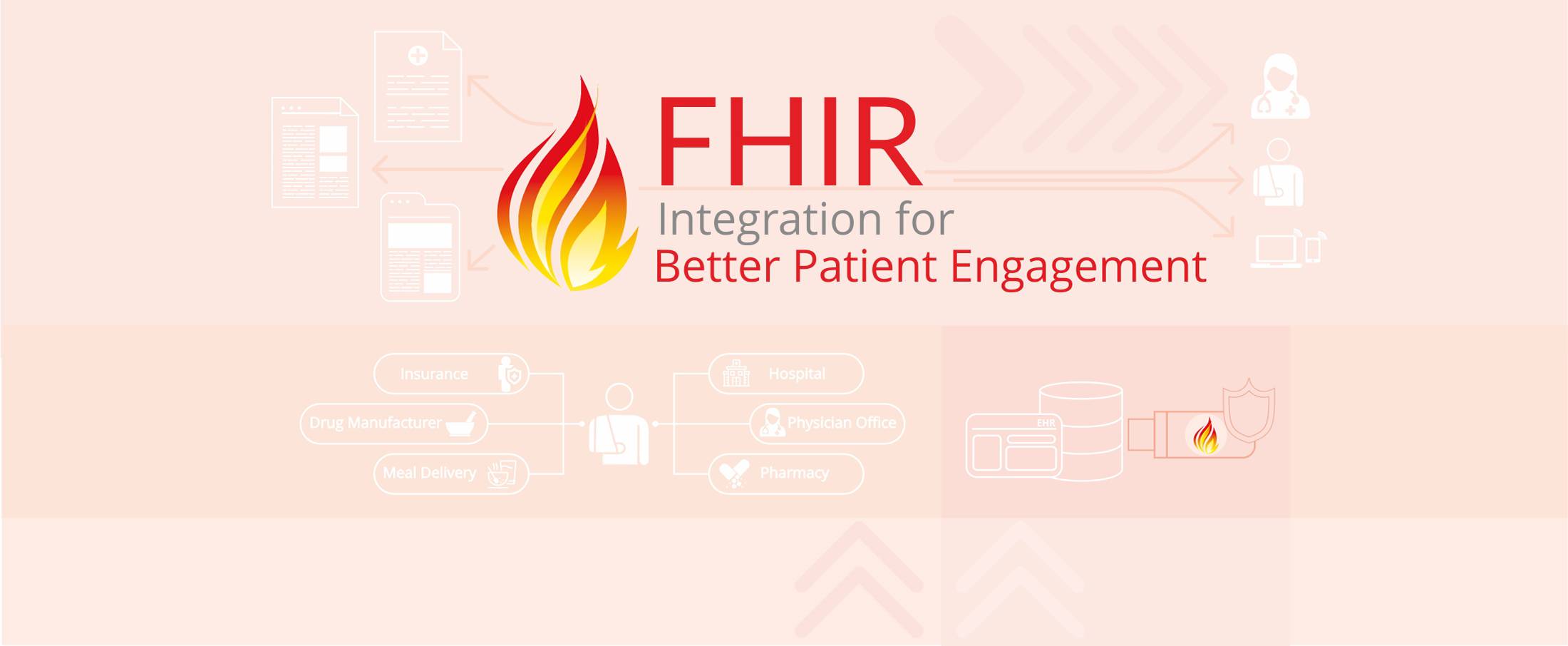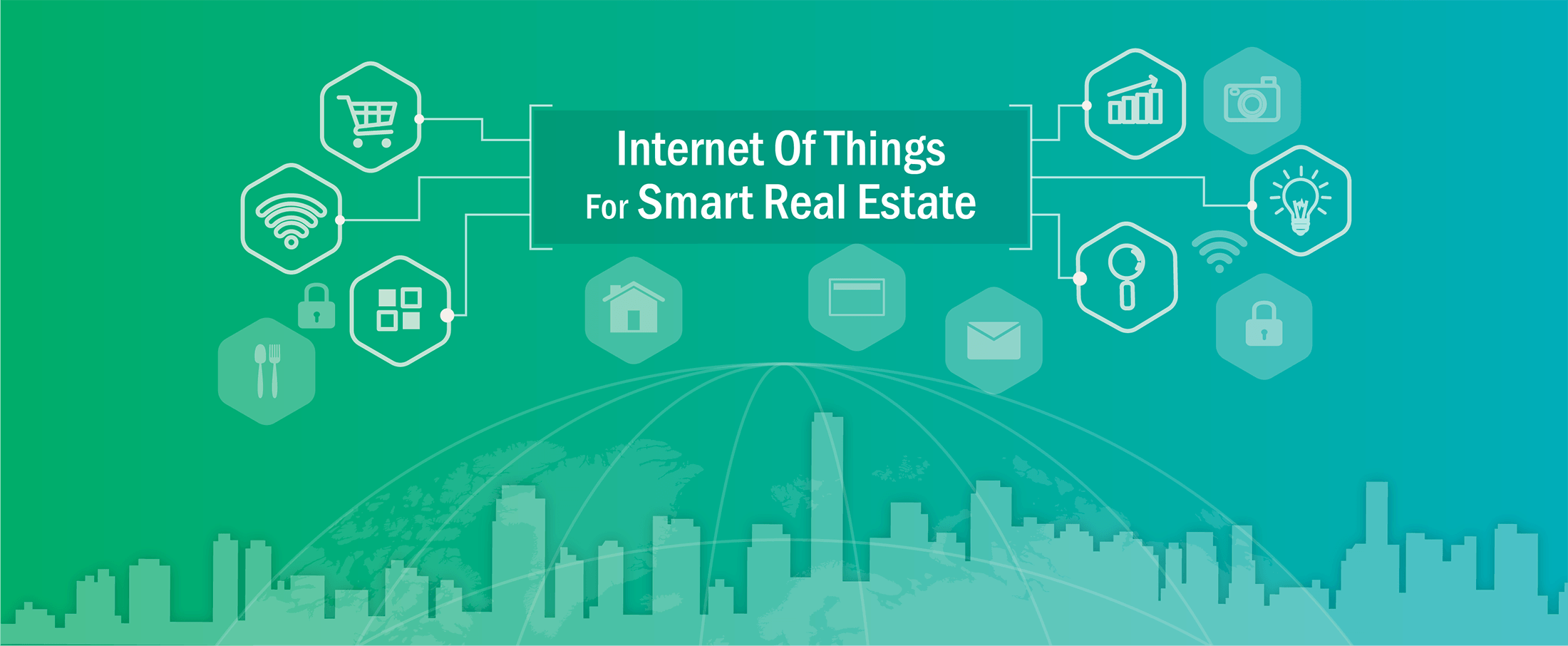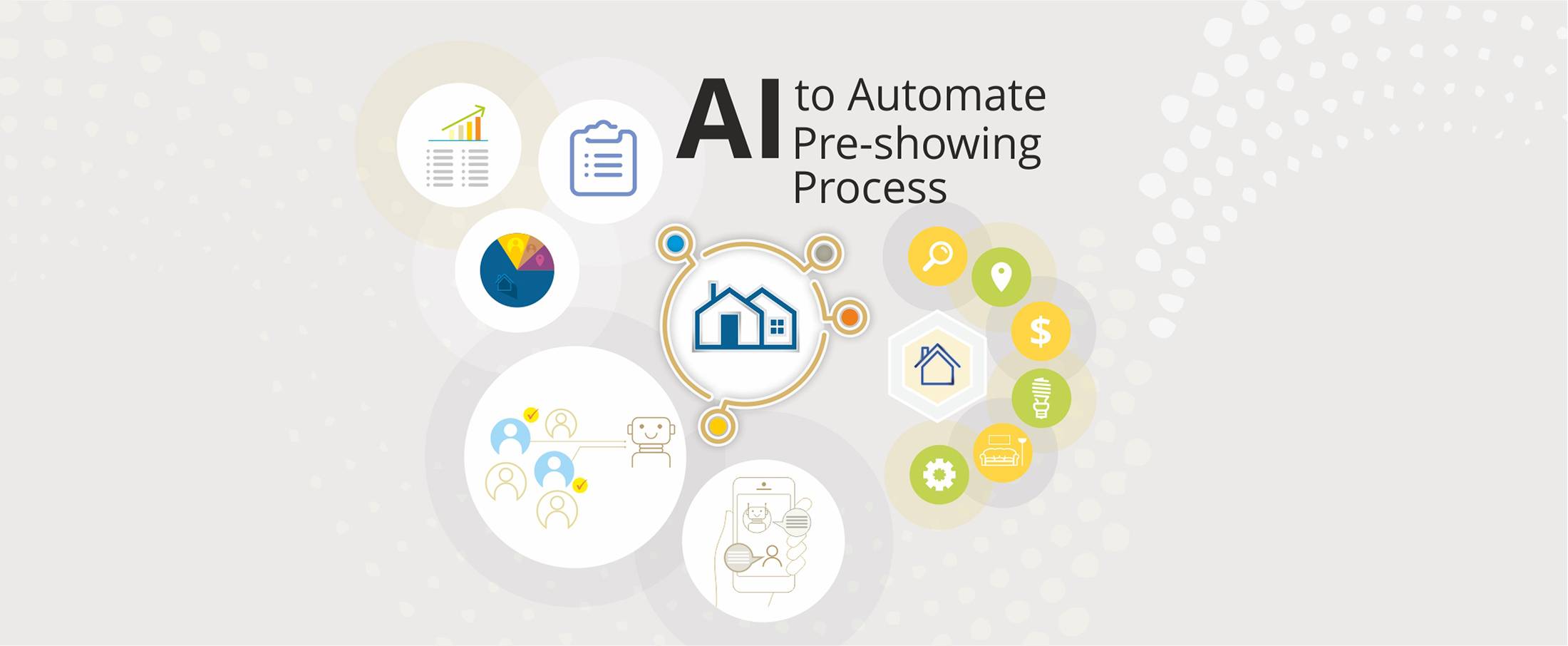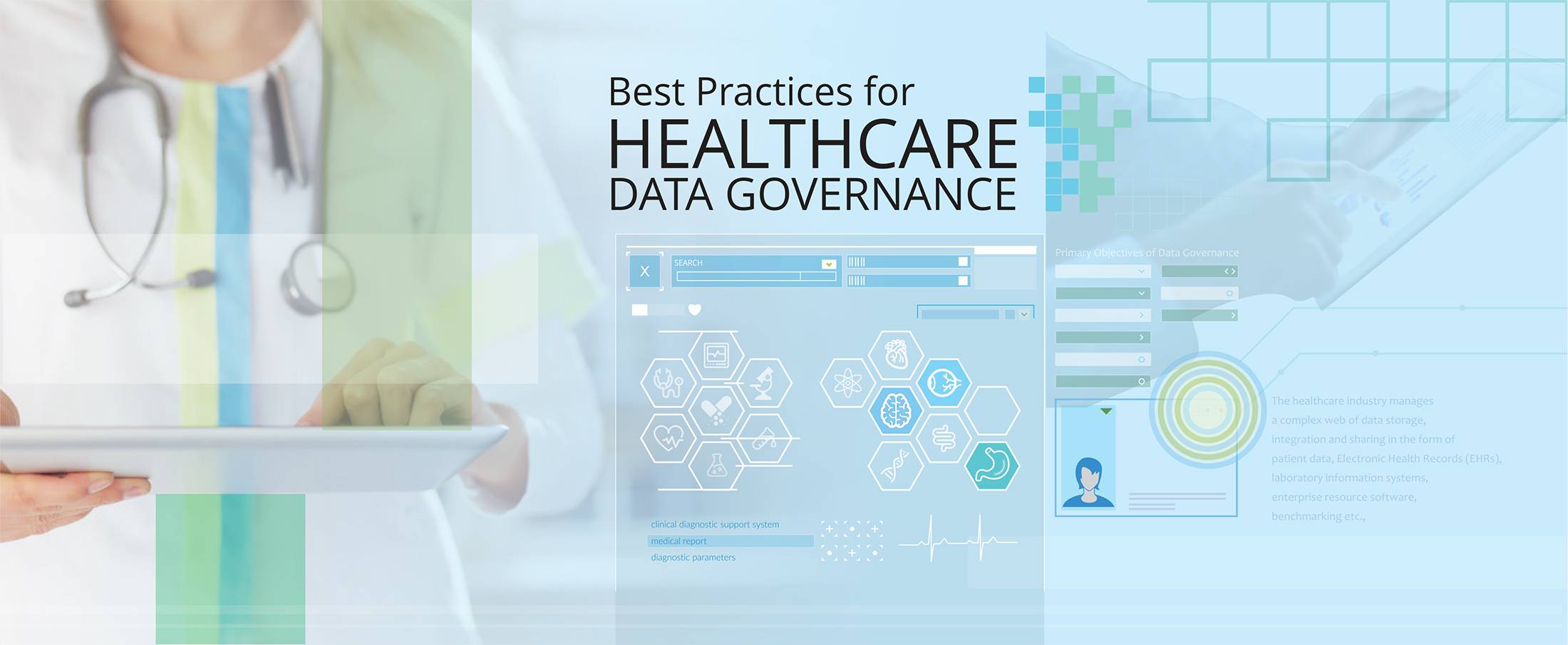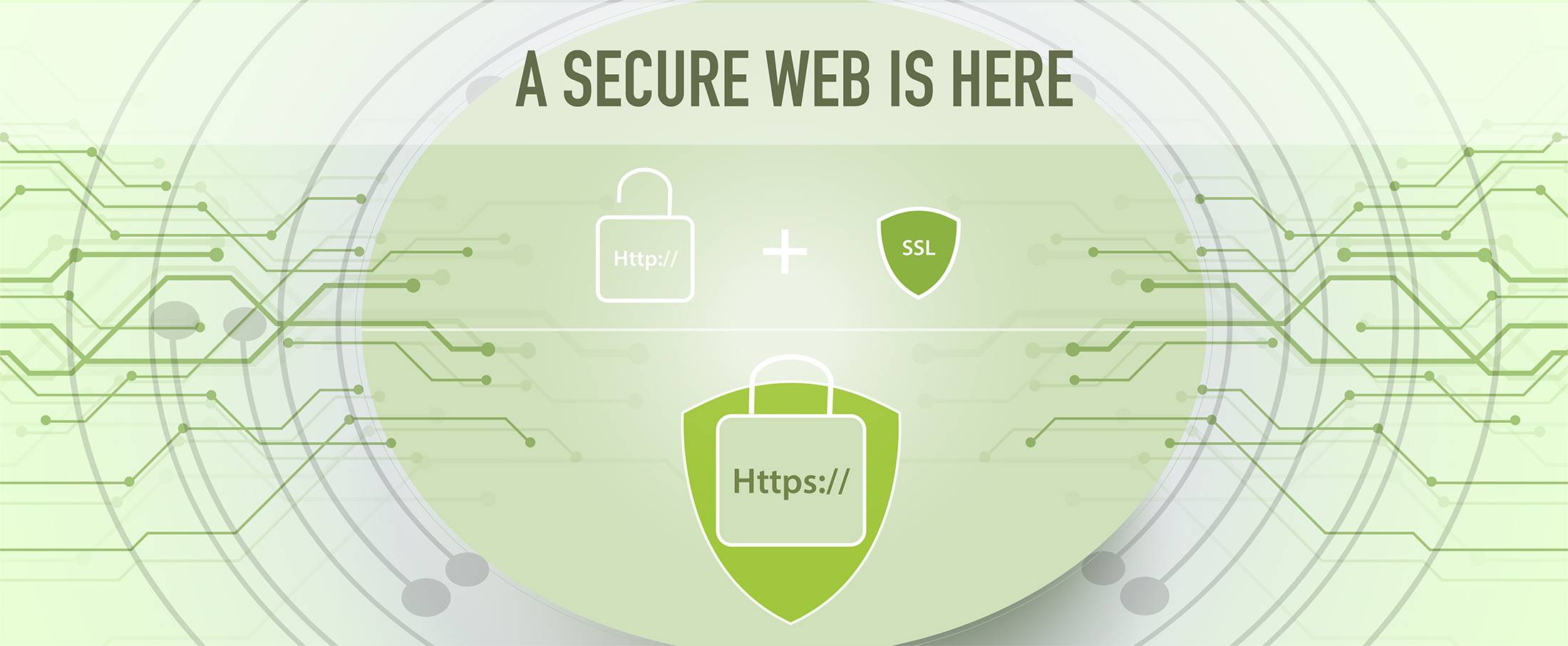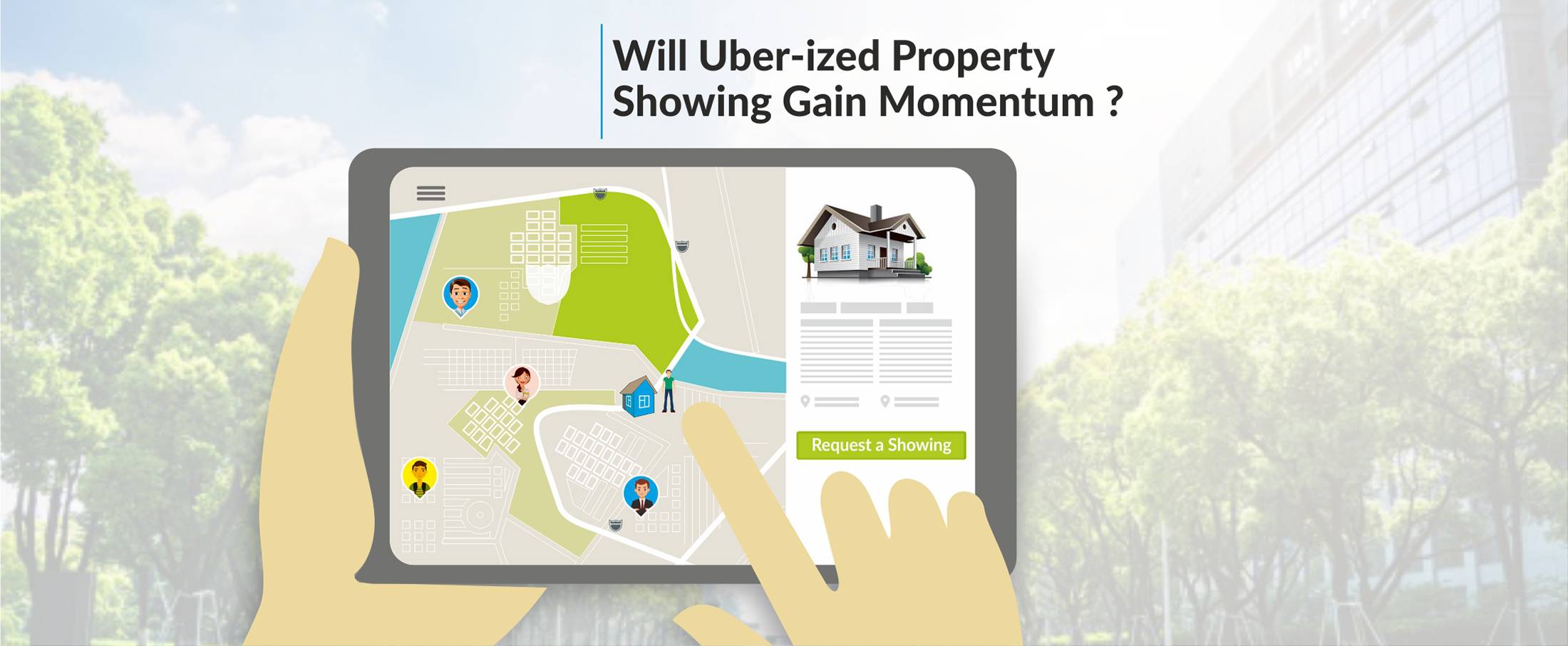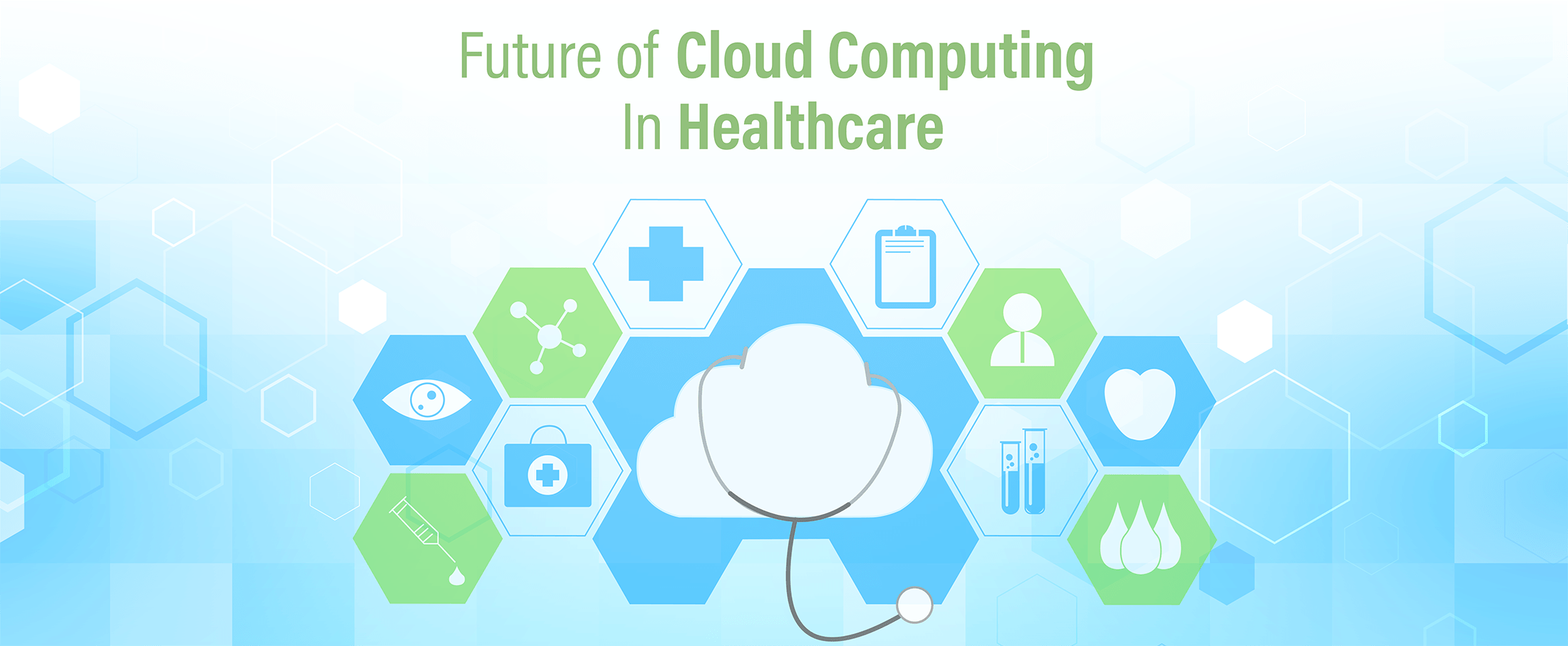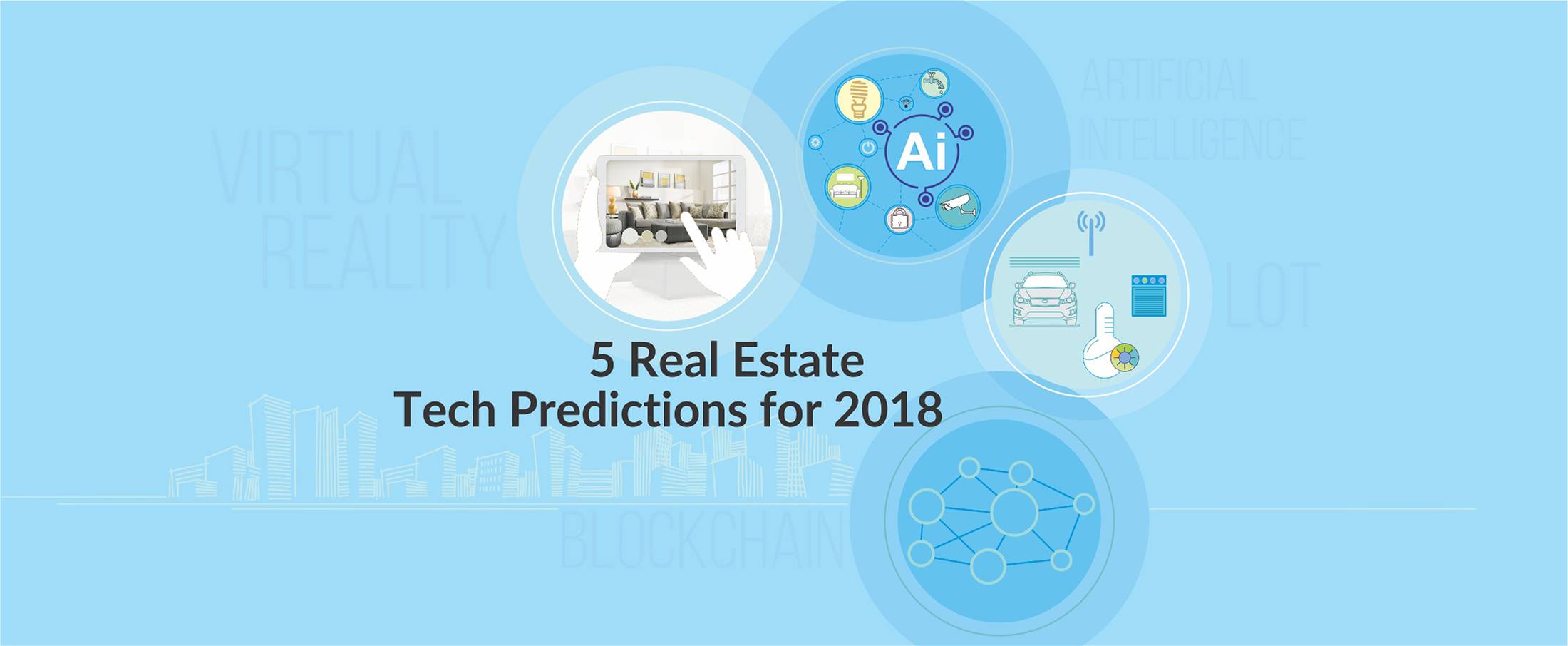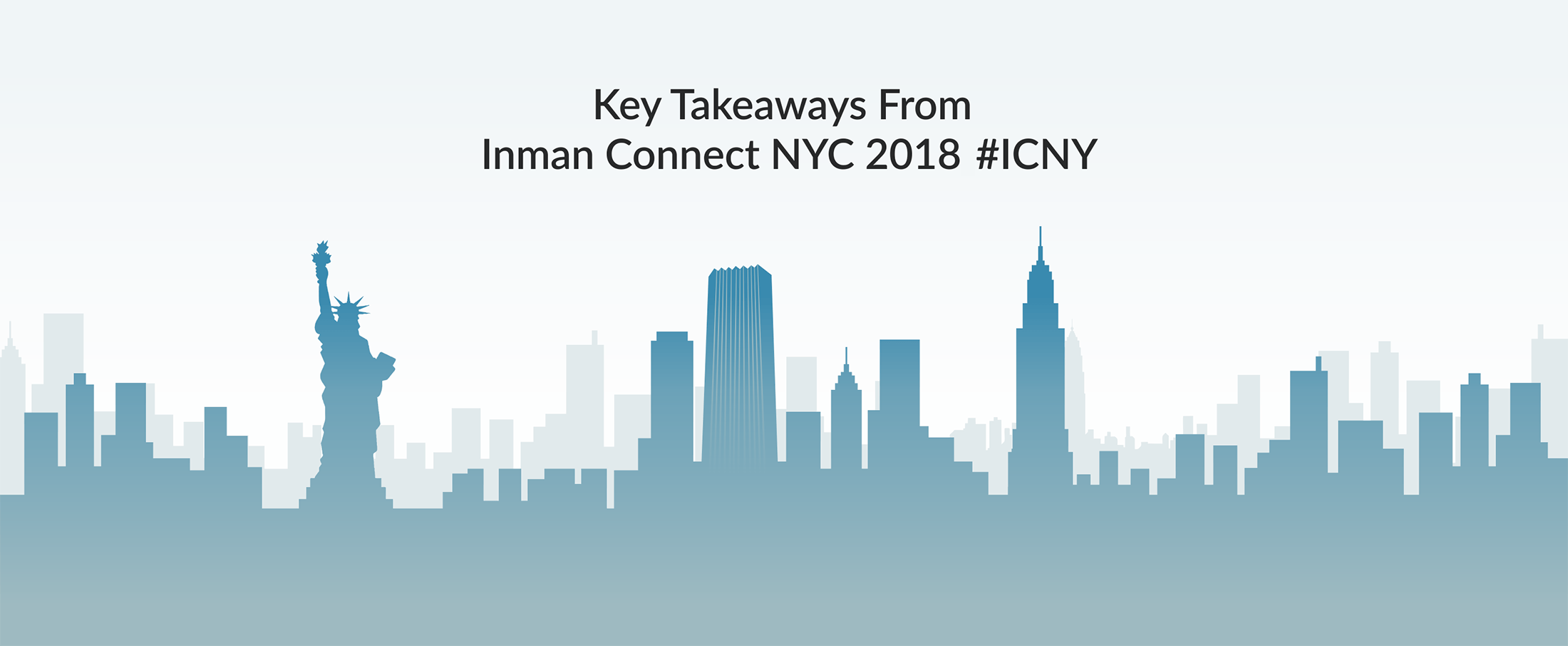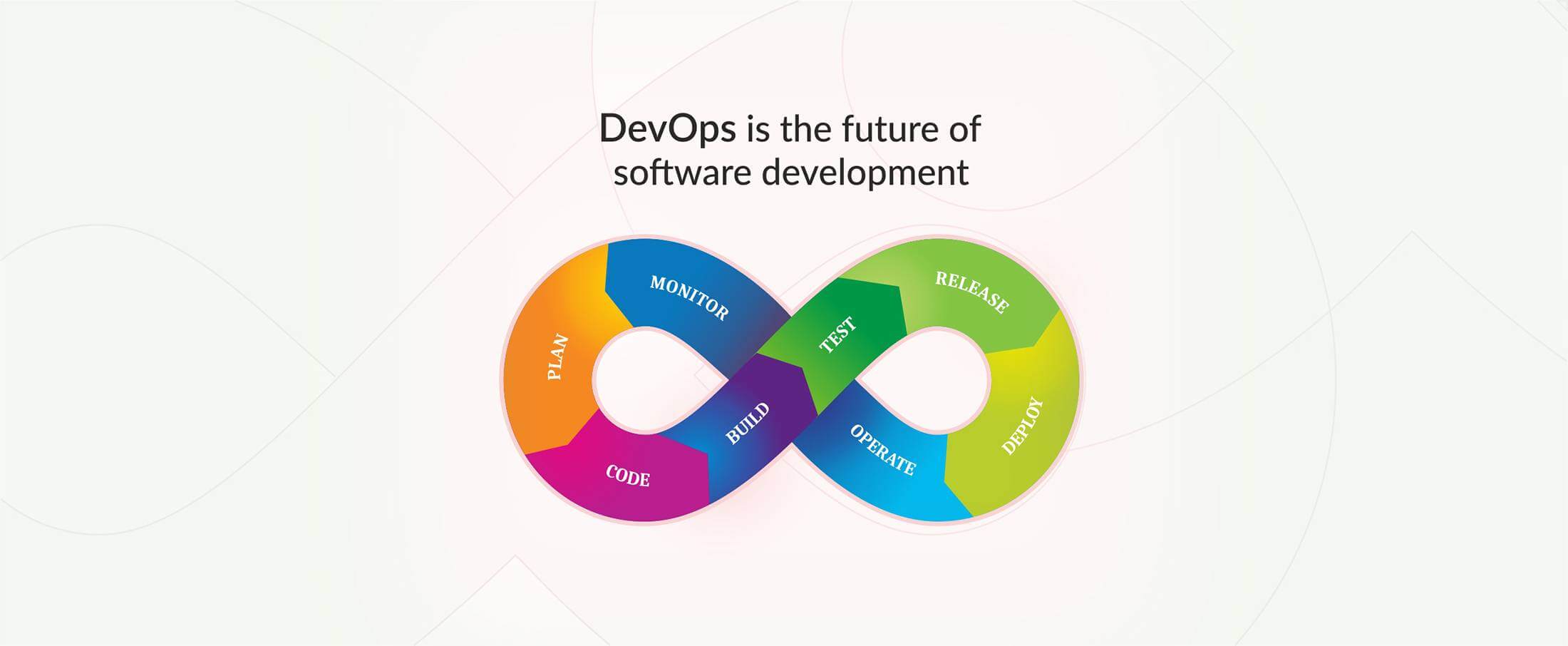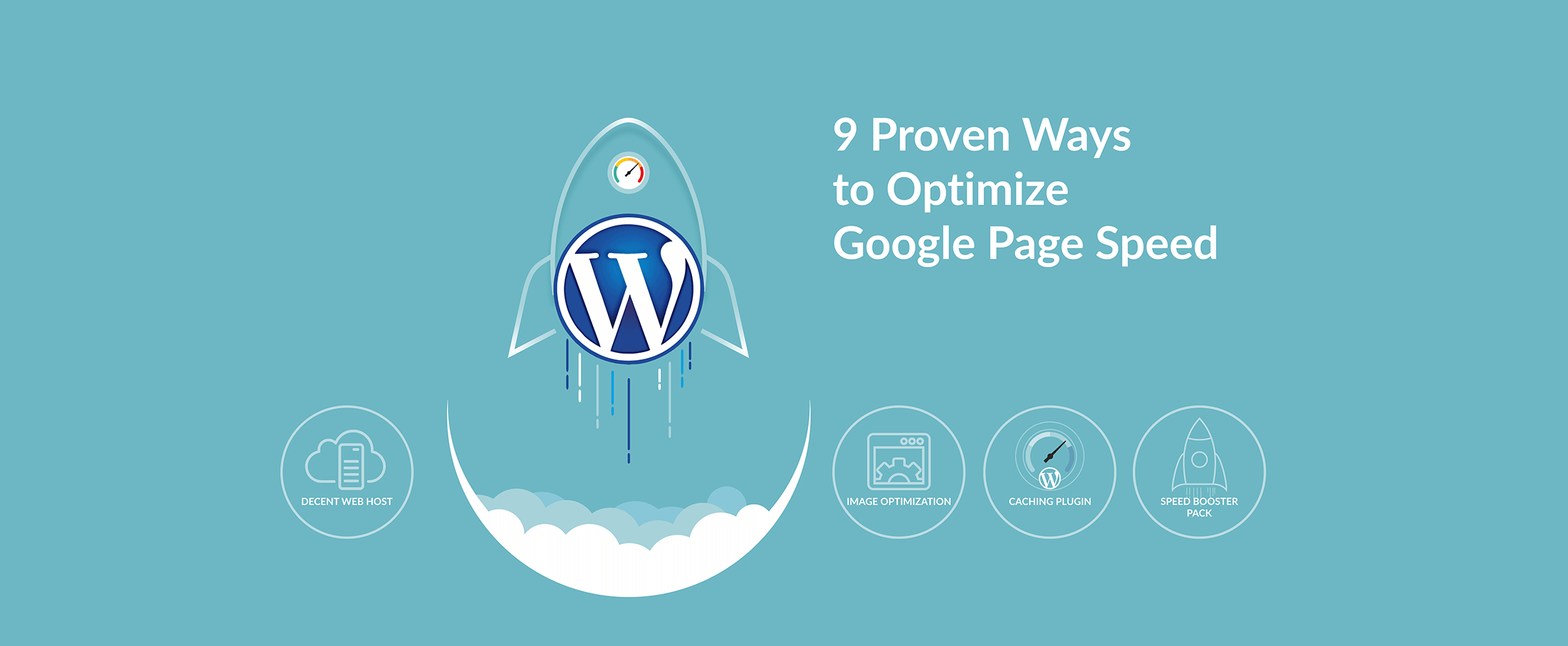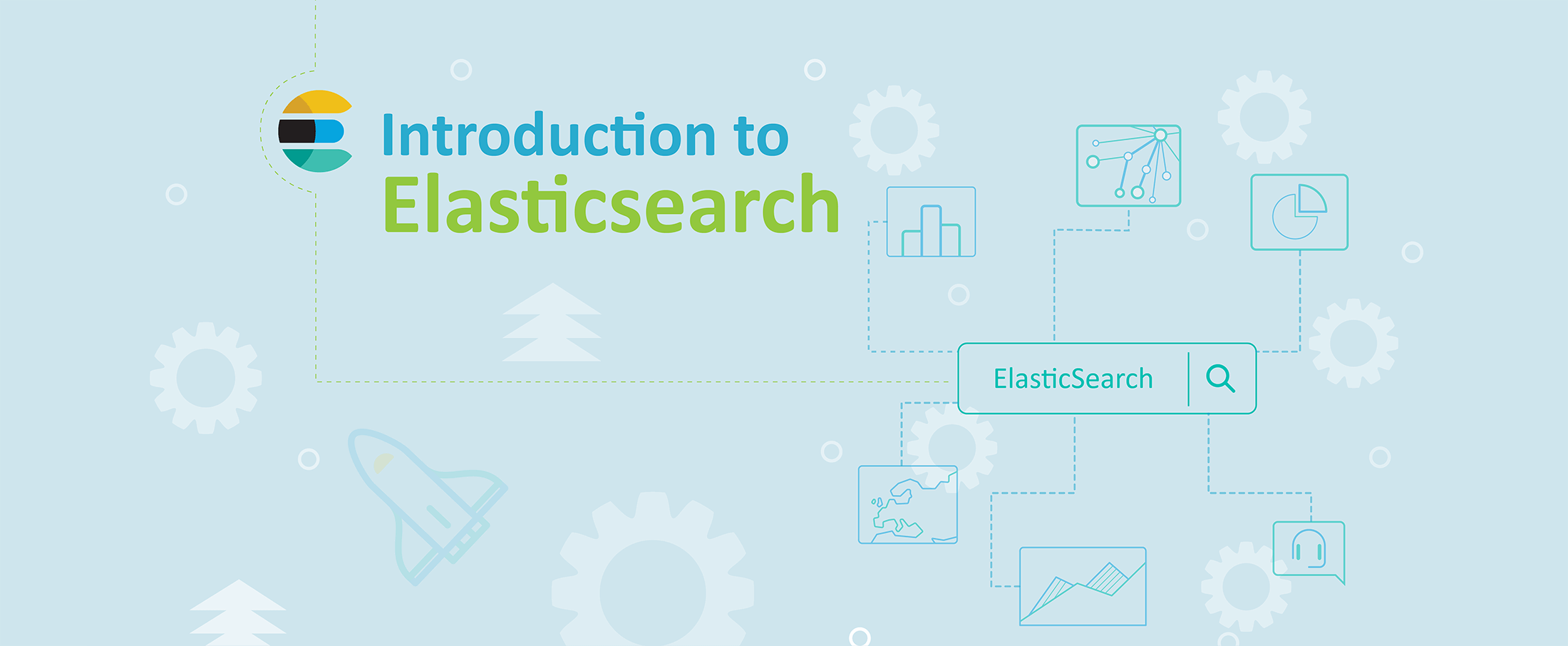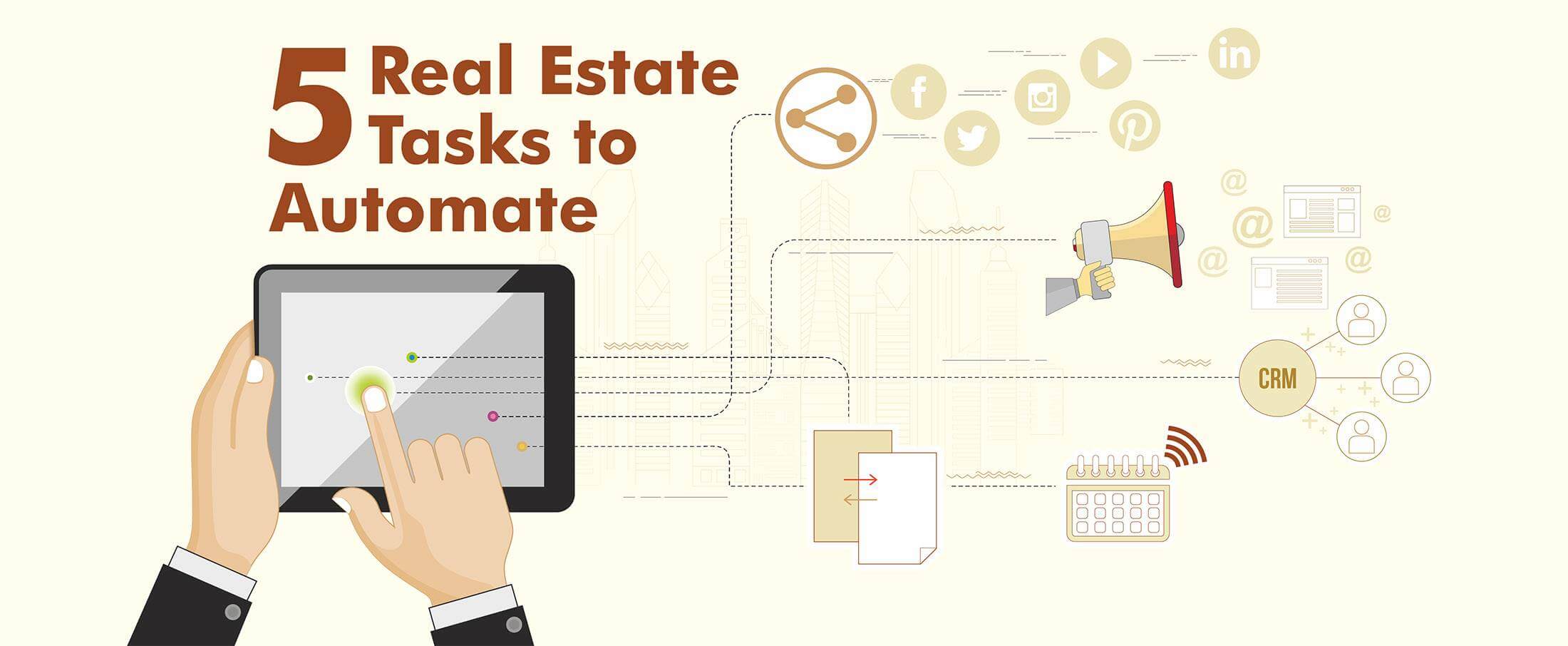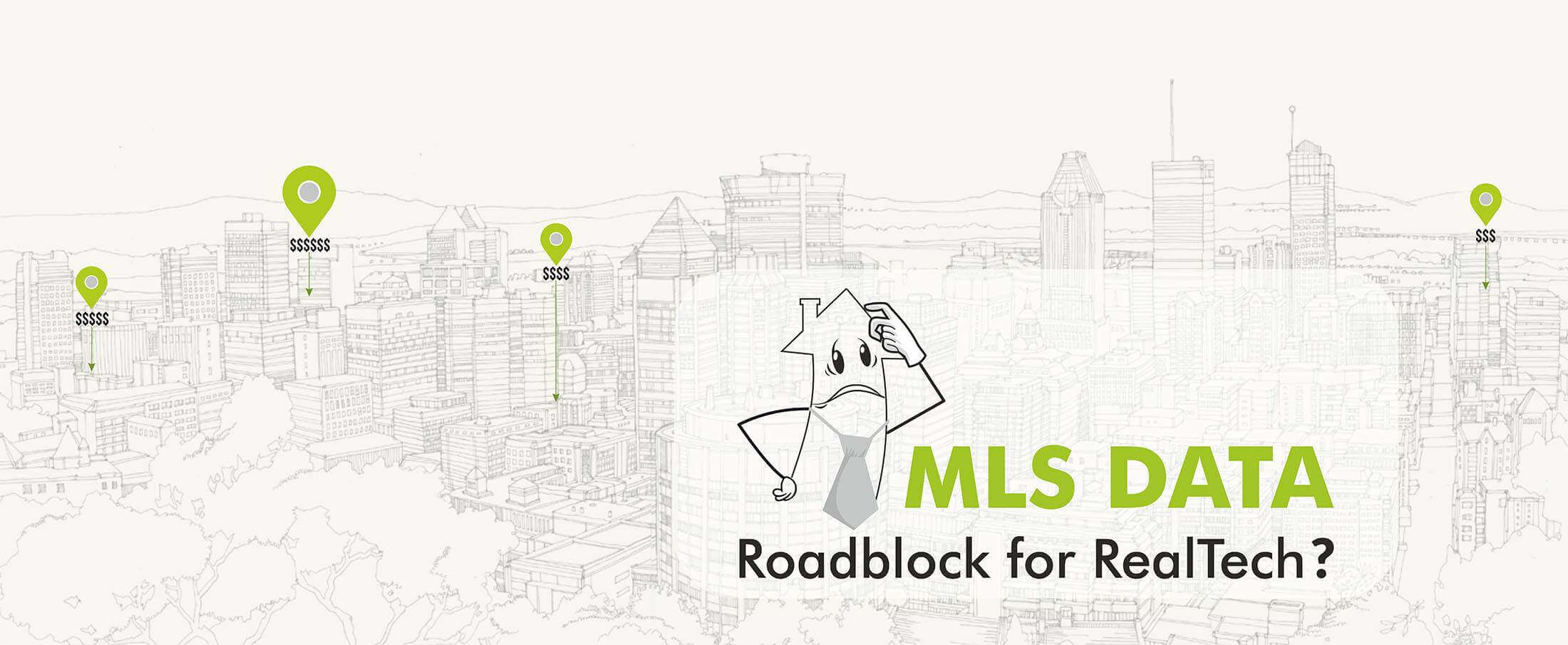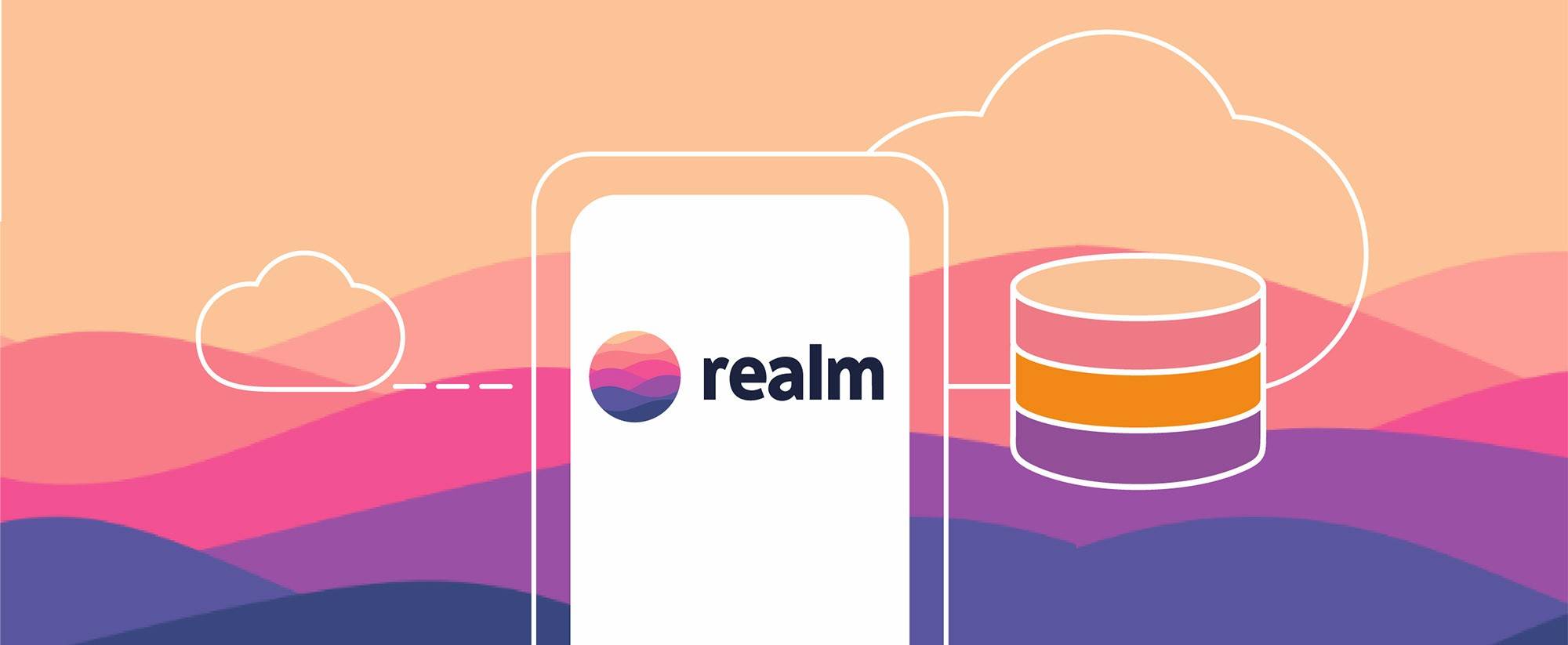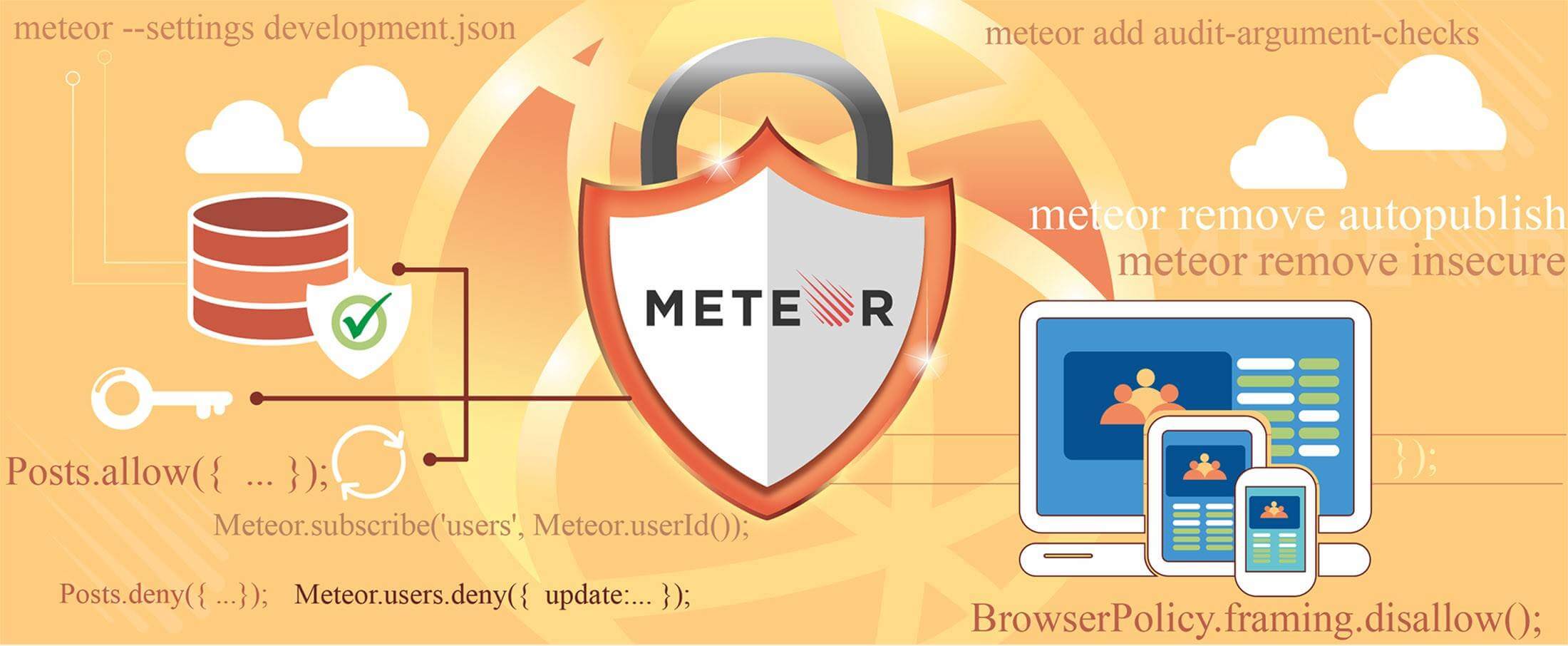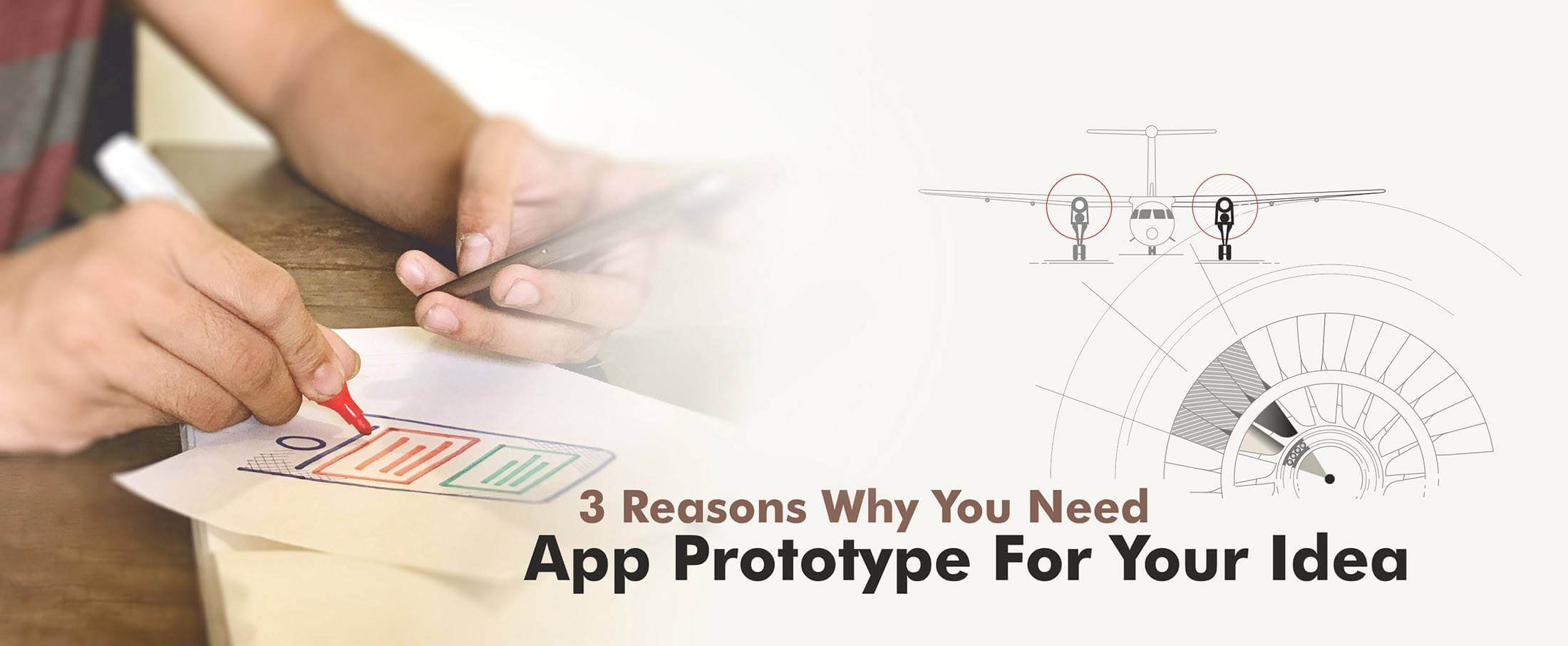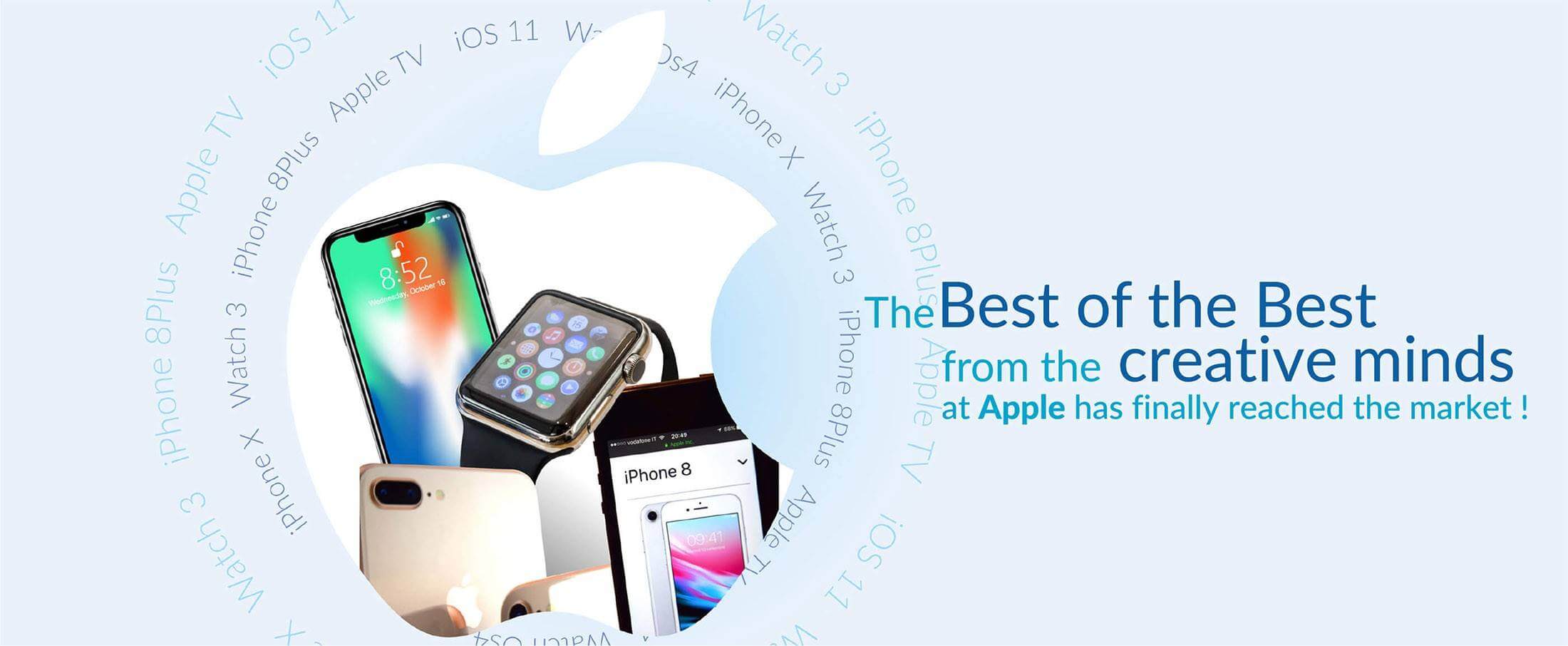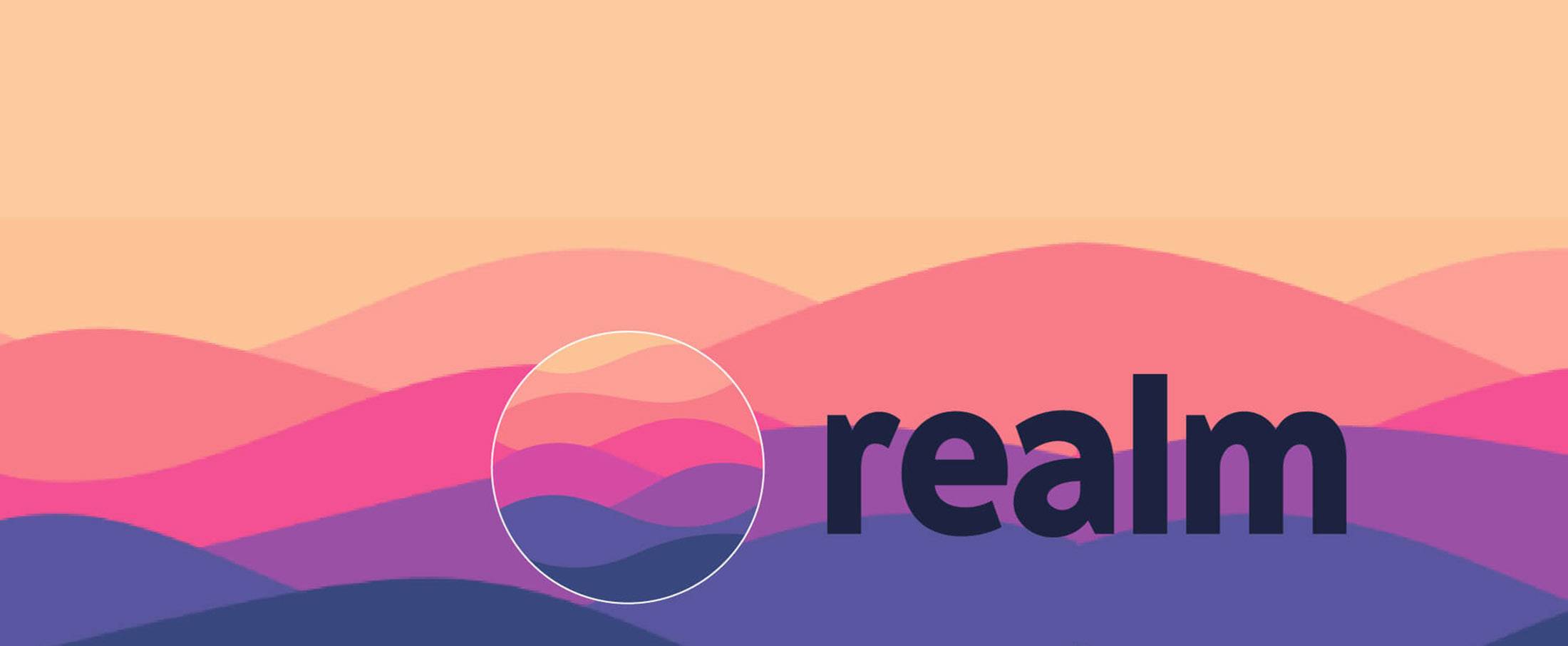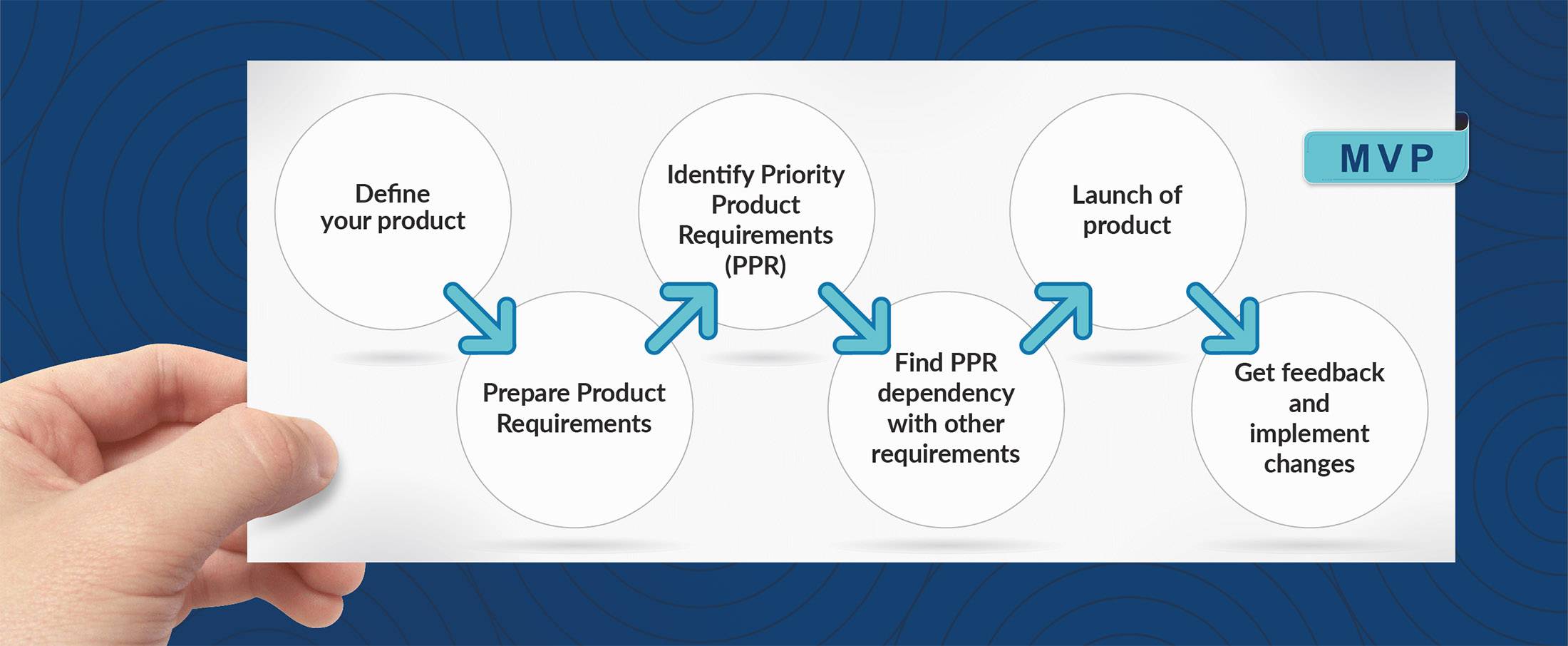Web API and HL7 FHIR – The Future of Interoperability
Web API and HL7 FHIR - The Future of Interoperability
With the advent of the digital era, each and every aspect of modern life is being digitalized. Health care is no far behind. The demand for better public health facilities, superior medical applications and tele-consultation are increasing day by day. This created the need to have a superior integration of technology with healthcare. The Web API (Application program interface) has changed the way in which the healthcare sector functions. It has enabled hassle-free access to various applications and data and presents the potential of transitioning the entire system of public healthcare.
The advancements in the IT sector have introduced various upgrades and has changed the way in which the healthcare industry benefits from technological upgradation. Presently, the healthcare industry uses multiple applications such as EHR, radiology, MRI, CT-scan for diagnosing health conditions. There are multiple ways in which these services are benefitting the health industry. Today a lot of major players in the industry have developed the EHR technology. This has helped them in exchanging the data easily and has also enabled creation of a health information network. It has also led to better co-ordination amongst new organizations, as they together share a common digital information system. Though, it is still crucial to focus on the interoperability structure for there is a constant need to exchange data.
More about interoperability
In simple words, interoperability is the ability to access, integrate and cooperatively use data, within an organization or even across regional boundaries. It allows the users to access the data easily and provides them with portable information that they can use to improve patient care. Particularly, in the healthcare sector, it enables the different Healthcare Information systems (HIT) to exchange the data. After the American Recovery and Reinvestment Act (ARRA) 2009, the healthcare industry had to shift record-keeping from paper to electronic mediums. This has been a significant change in the health care industry. Interoperability has helped the users access quality care, easier financial reimbursement and an efficient working environment.
How Web APIs and HL7 FHIR has changed the understanding of interoperability.
APIs are a set of standards, such as the EHRs, mobile applications, that help in communication between multiple systems. Having an API with EHRs can enable the third-party applications and systems to add input within the system’s database. They have opened a lot of opportunities; the providers look for various ways to leverage their API integration.
On the other hand, the HL7, the Health Level Seven International is a nonprofit organization that aims at providing a comprehensive framework which enables the exchange integration and sharing of electronic health information. It facilitates world-class clinical practices and the management of health services.
This HL7 International has developed HL7 FHIR which has expanded the horizon of API. The Fast health care interoperability resources (FHIR) is a standard application programming data interface for exchanging electronic health records. It has multiplied the current efficiency of HL7 by providing a cheaper, and an easier format of interoperability. It has majorly helped in the ways of patient care by allowing the amalgamation of the medical history of various patients. You can access this information on the EHR via the API, and it also allows the patients to directly access their data. The API has successfully replaced VPN services, as API provides real-time access to data. It also controls that who can, and who cannot access the application. However, alone it cannot solve the problem of interoperability. When the APIs use FHIR, it becomes easier to access healthcare data in a standardized way. The assimilation of FHIR with API can widen the scale of integration as it allows other applications to access the same database if they follow the standard protocols.
Why HL7 v2 is the way forward
The HL7 v2 works wonderfully in connecting applications within an institution. It’s limited to the modern apps and devices that have expanded the availability of patient care. The smaller mobile application can use one-two HL7 segments. APIs using FHIR has enabled the applications to request the data elements. With the help of FHIR, the security of the data is also enhanced. This is also important because security protocols like the https, have also become necessary.
FHIR has the potential to significantly change the healthcare infrastructure. Earlier the interoperability standards were focused on the exchanging of transactions. In HL7 version 2, the focus is on patient care. It incorporates a lot of activities including administrative tasks, results, medical history, etc. However, as it has its pros it also has its share of cons for it is difficult to ask questions regarding the source of data.
However, with the FHIR, which is more of capability-based API this problem is resolved. It allows access to data through simple web queries. Thus, this is the first time in the history that there is a standard feature in FHIR that will allow its users to question the source of the data entered. The Web API and HL7 FHIR are truly the future of interoperability and are set to revolutionize the healthcare industry.
- Data Interoperability
- FHIR
- Healthcare
- HL7
- PHR
- Web API
Mobifilia
18 February 2020
